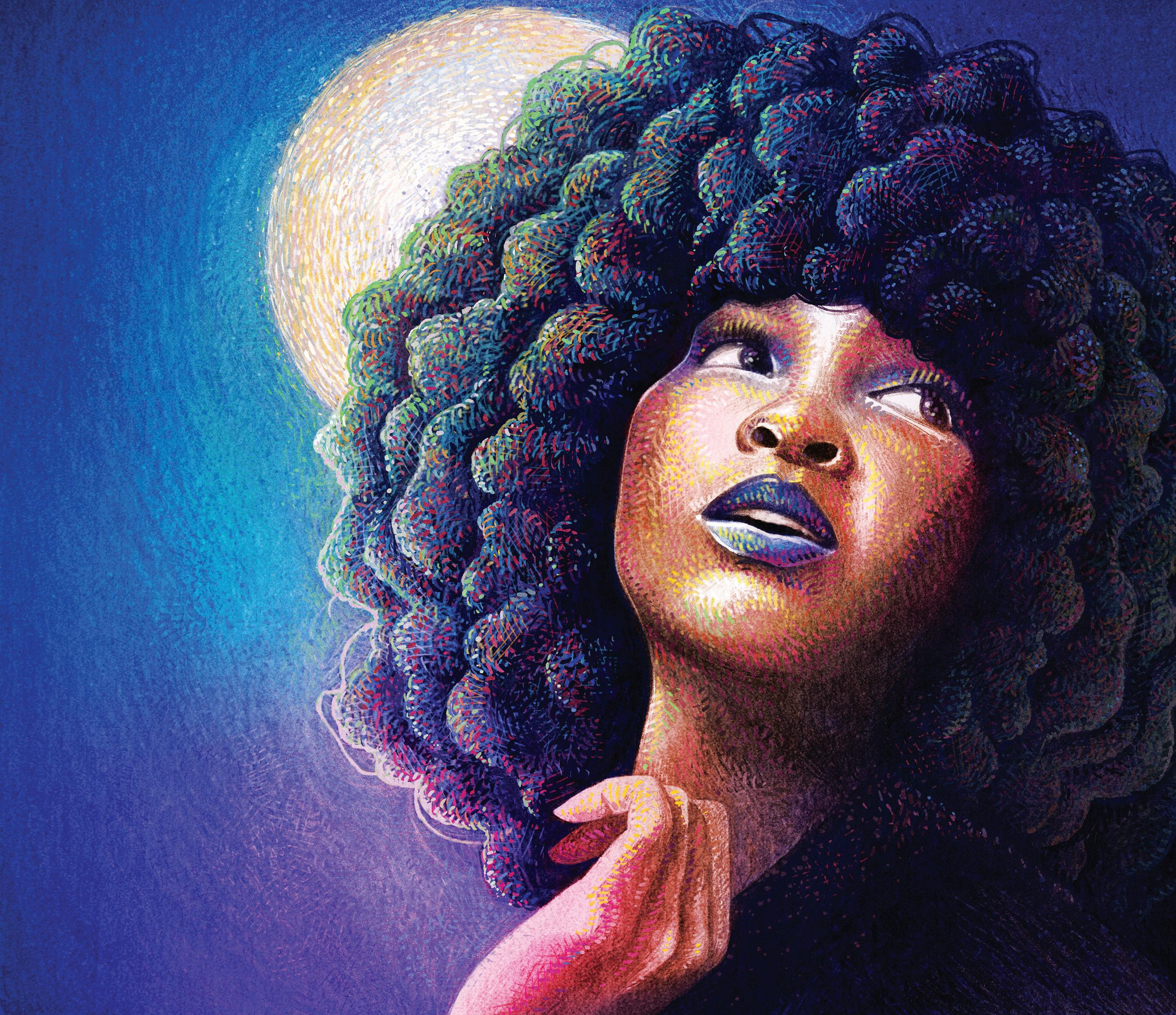

LIFE STYLE

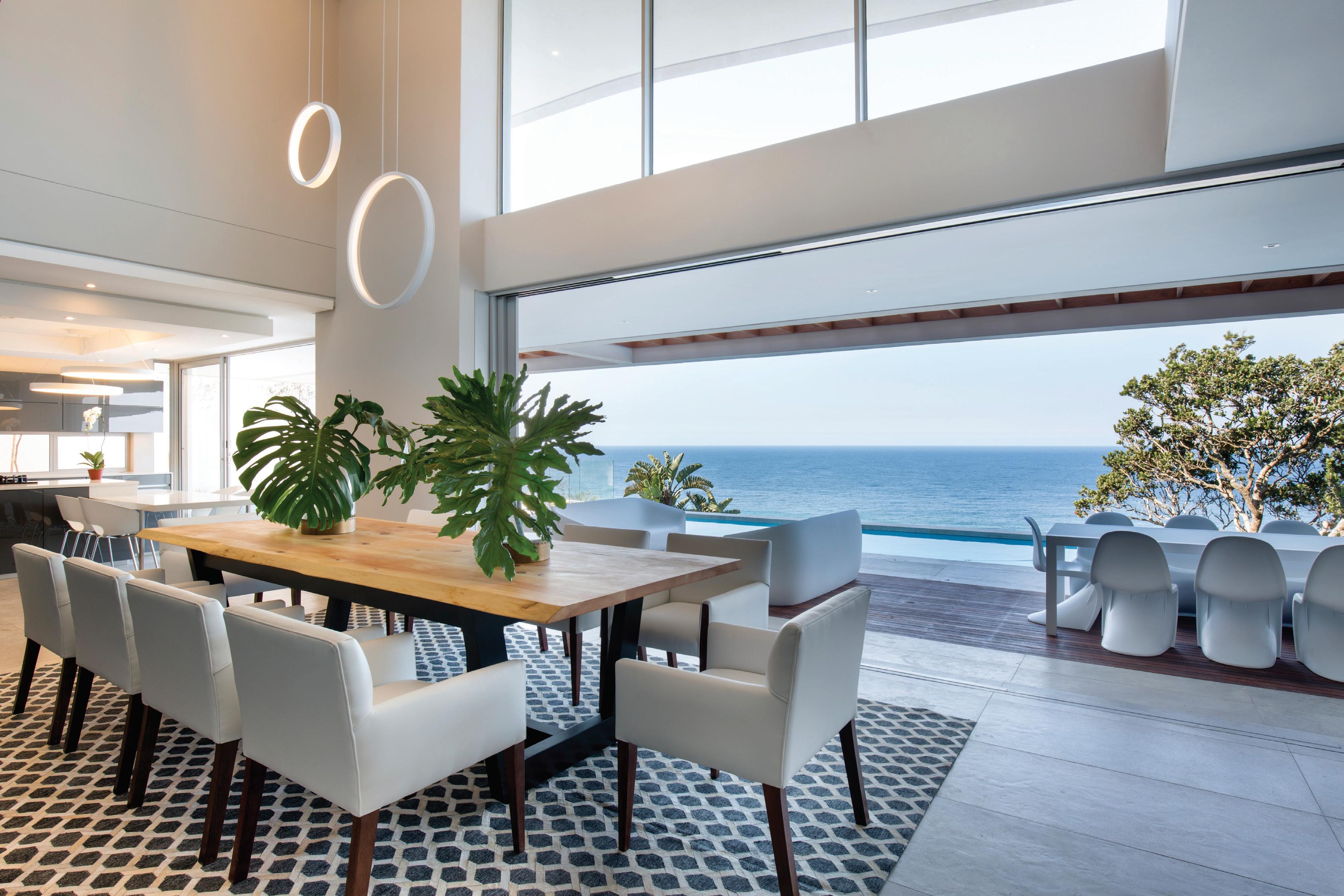

CURATED DESIGN & DECOR
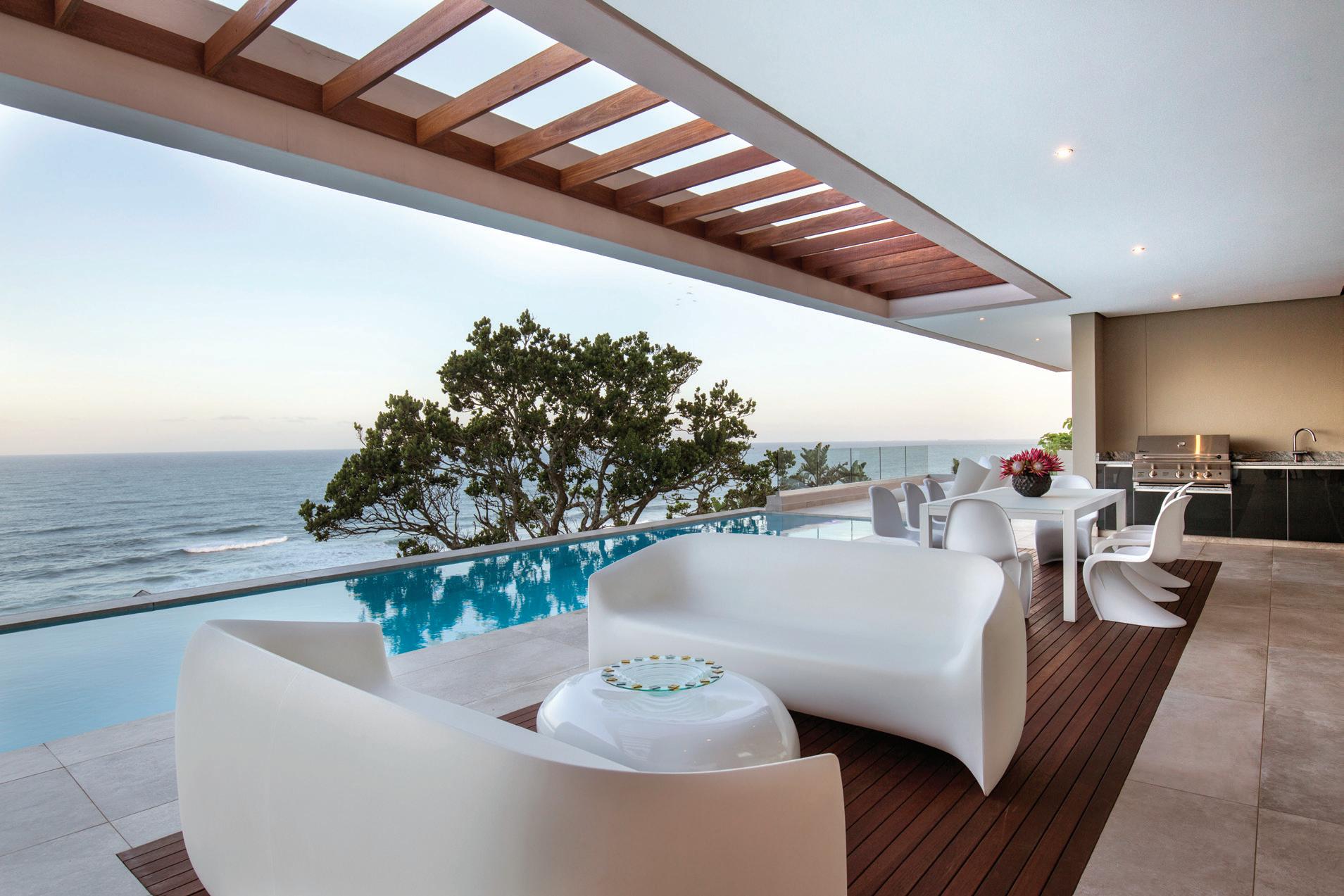
FROM MINE TO FINGER
DANEEL DIAMOND MANUFACTURERS
has an unsurpassed track record of more than three decades.
The family-owned business provides a unique offering of quality South African diamonds, responsibly sourced, straight from the mine to the finger.
We provide conflict-free diamonds in accordance with the Kimberley Process.
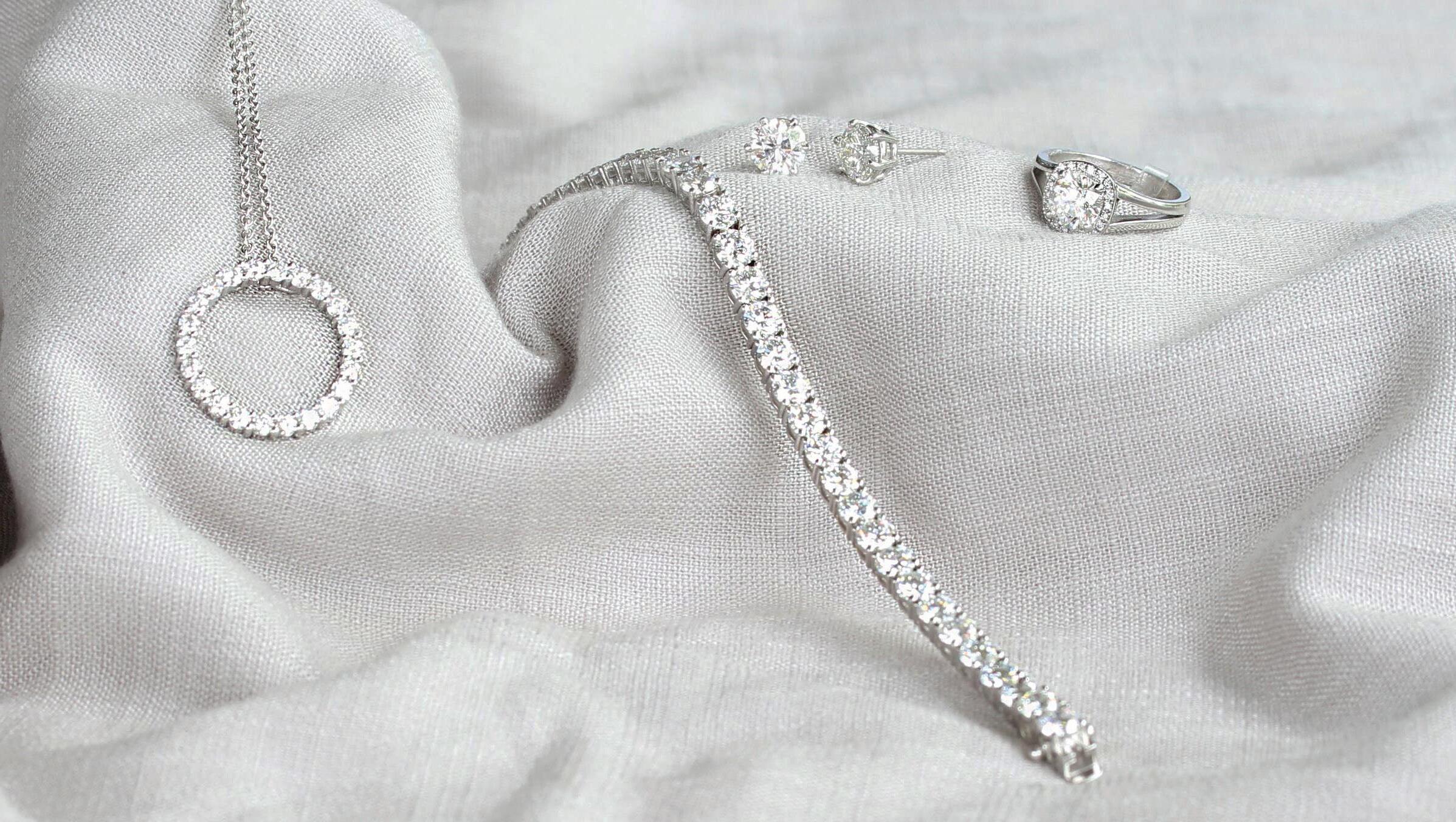
WE OFFER YOU THE OPPORTUNITY TO CREATE YOUR OWN, UNIQUE JEWELLERY PIECE.
• Choose between 18-carat white gold, yellow gold, rose gold, and platinum.
• With our state of the art computer-aided drawings, you can preview your finished product before it is complete.
• Classic jewellery such as solitaire rings, three-stone rings, men’s wedding bands, studs, and pendants can be made within an hour. More sophisticated and unique designs, will take two to three weeks to complete.
• Your only limitation is your imagination.



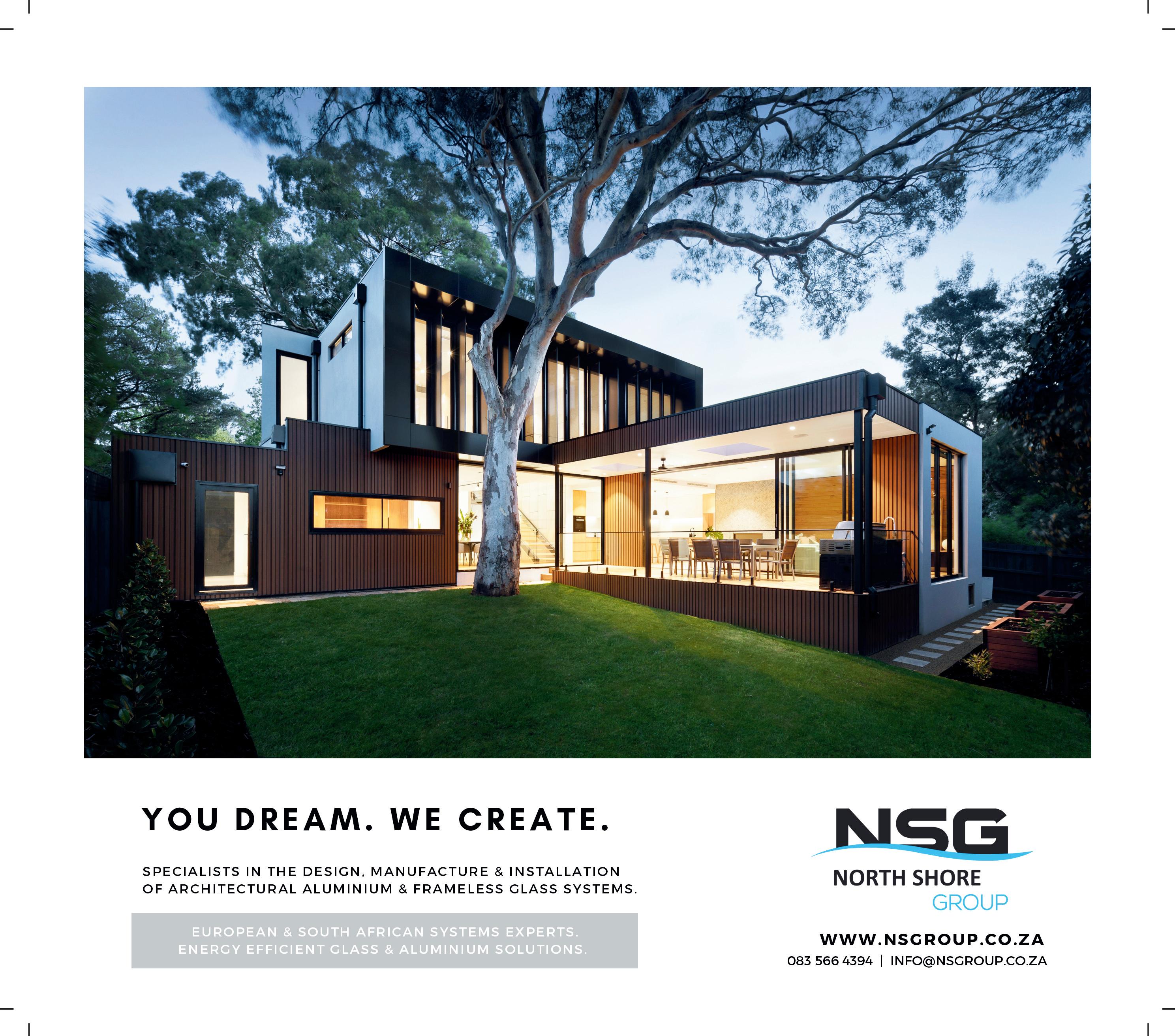
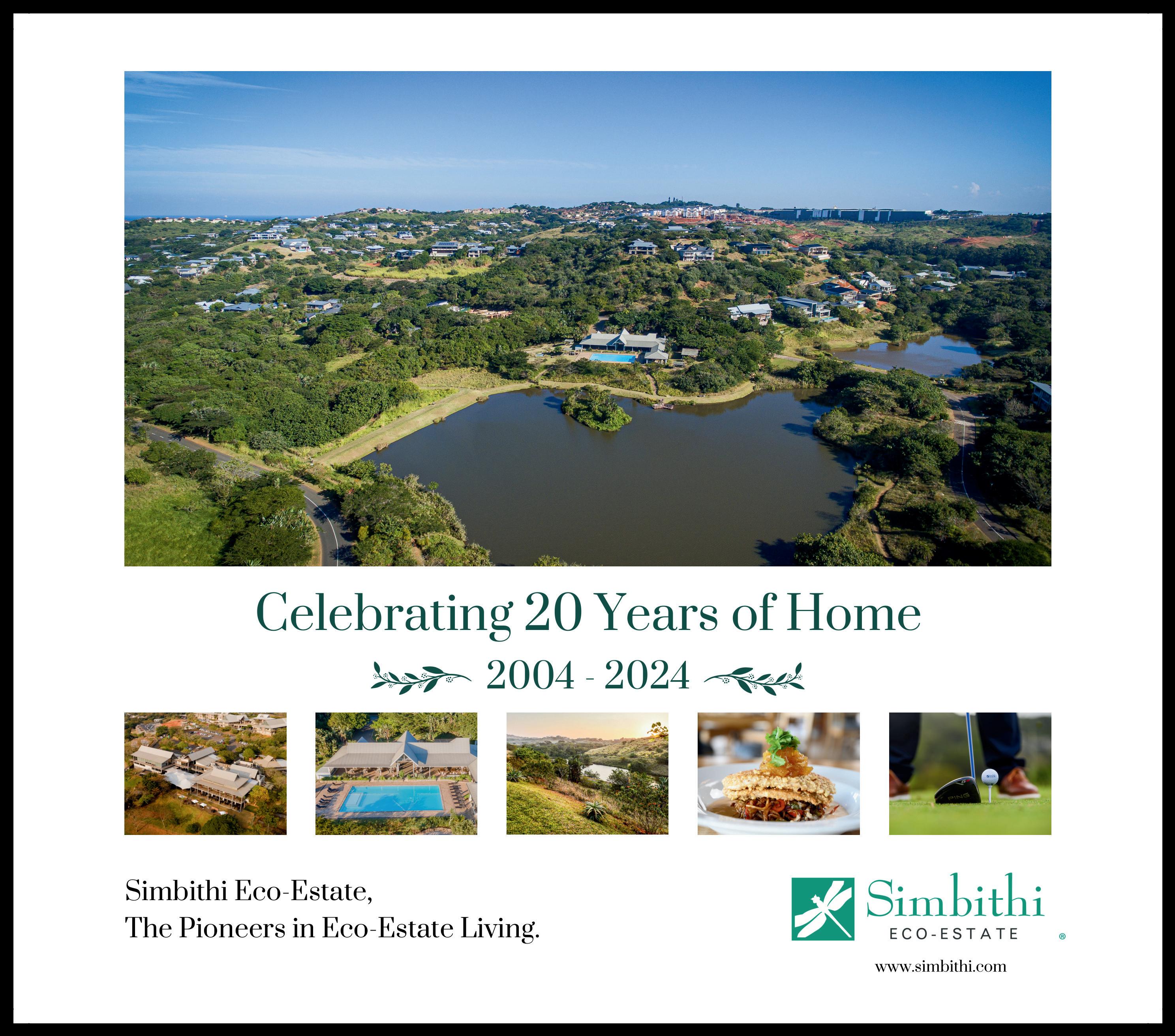


jawitz.co.za 032 004 0065 northcoast@jawitz.co.za
Jawitz Properties North Coast – Your Trusted Property Partner
Jawitz Properties North Coast is your one-stop destination for all your real estate needs across the beautiful and diverse North Coast of KwaZulu-Natal. With expert local knowledge and a deep commitment to service excellence, our experienced team is proud to serve a wide stretch of the coast – from the vibrant hub of Umhlanga, through the fast-growing and safest towns of Ballito, Salt Rock and Sheffield Beach areas, and reaching as far as Mtunzini and inland to Eshowe.
Whether you’re buying your first home, searching for the perfect investment property, downsizing, or looking to rent, our dedicated team is here to guide you every step of the way. We offer a full spectrum of real estate services including residential sales, rentals, property management, and expert market advice tailored to each client’s individual needs.
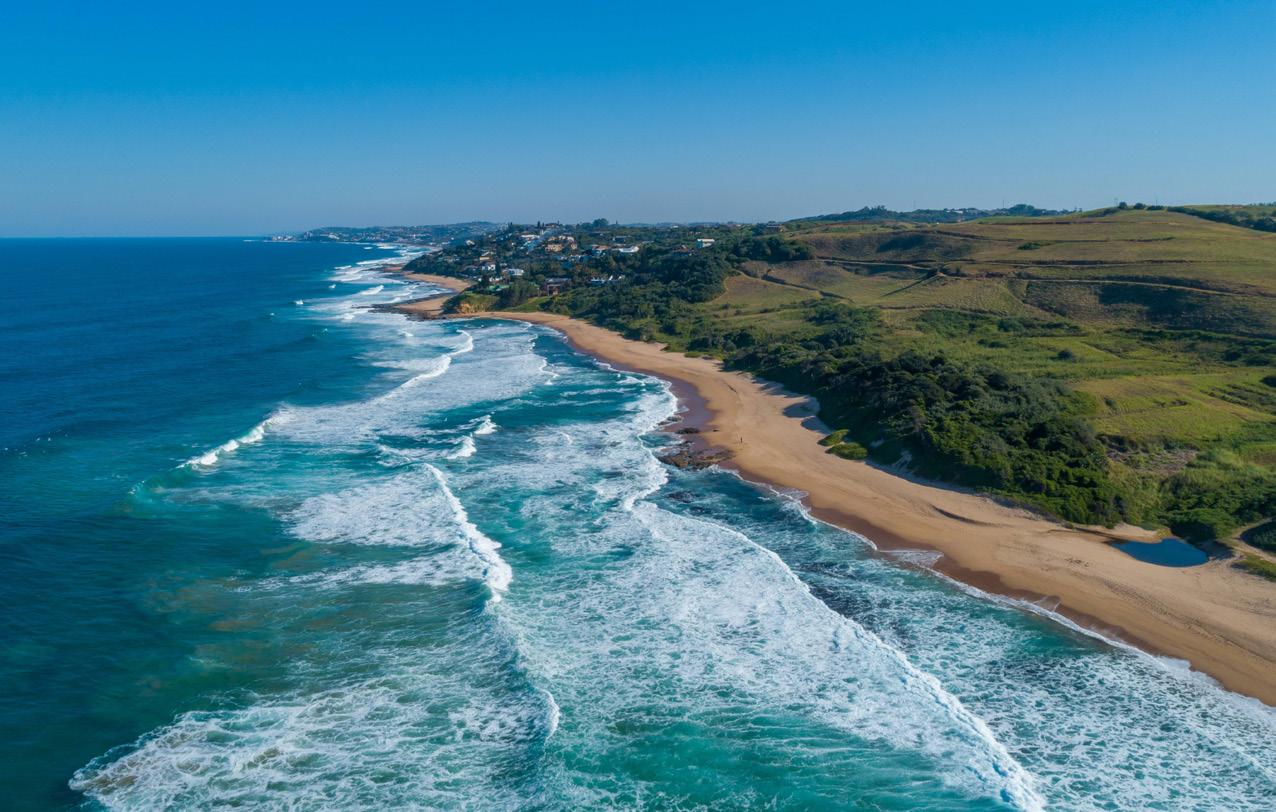
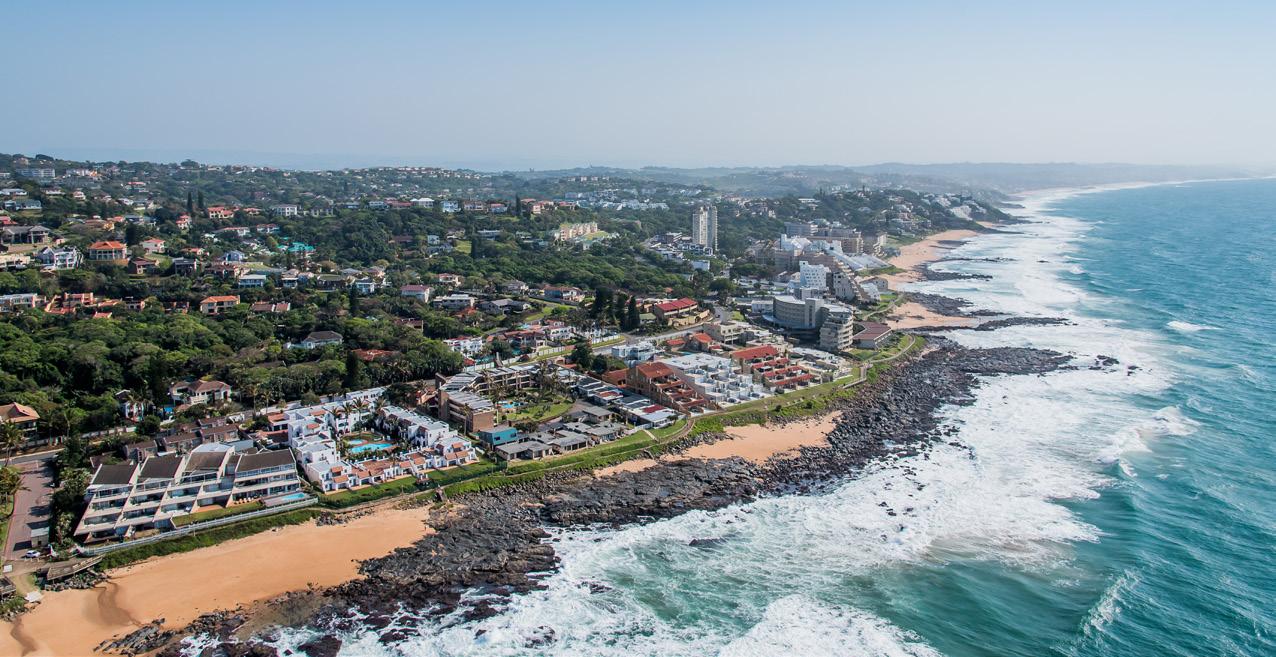
At Jawitz, we believe in building lasting, real relationships based on trust, transparency, and professionalism. With over 55 years of industry excellence behind our brand and a powerful presence throughout South Africa, we combine national strength with a strong local focus. The North Coast property market is dynamic and exciting, offering something for everyone—from luxury estates and coastal homes to secure developments and agricultural holdings.
Let Jawitz Properties North Coast be your trusted partner in navigating this ever-evolving market. Contact us today and experience the Jawitz difference!

At Jawitz Properties North Coast - we’re not just selling property, we’re helping you find your place to belong.

BLUE
Friends, welcome to a Winter Edition of Life & Style shaded in BLUE
I’VE BEEN THINKING ABOUT how the work of the late Bell Hooks, one of the great evangelists of the nature of love, tells us that love is not simply a feeling but rather that it is an action. I’ve been thinking a lot about this after opening my WhatsApp to compose a text for my brother to wish him a happy birthday and I realised that I had neglected to respond to a message that he had sent over a month ago:
“Hey Bro… I wanted to share this piece with you from the Buddhist scholar Tara Brach (it has given me some comfort, and perhaps there is something in there for you too if you ever need it)”
The piece was about the Buddha’s battle with the Demon God Mara and how the battle only concluded once the Buddha stopped to say, “I see you, Mara,” before inviting him to sit down for tea and treating him as an honoured guest in his home. The moral of the story is that, rather than trying to attack our own demons - be they rage, doubt or sorrow - with hostility, we should greet them with the compassion and kindness that we would extend to a dear friend. These demons, terrifying as they might be upon their arrival, are a part of us and welcoming them is work.
Ross Gay tells in his book Inciting Joy about a meditation class that he attended that ended with the teacher tenderly consoling a woman who had begun to well up with tears. He couldn’t bear to look at them and even thought it cruel and unusual, the way that he and everyone else in the room might be invited be witness to this interaction, to be witness to the woman’s sorrow. Later, he came to recognise this feeling - one of barely being able to breathe as if a rhinoceros was sitting on his chest - as the same feeling that fell over him whenever he visited his mother just after his father had died. He, himself, had been reluctant to properly grieve his father’s passing and so he came to the obvious realisation that he had become incapable of bearing
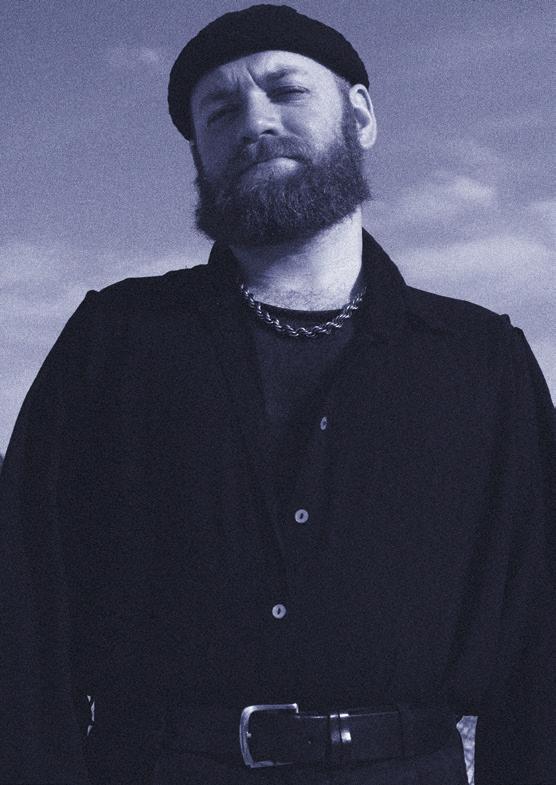
to look at anyone’s pain because he had been avoiding his own. “The obsessive thoughts were the churning, disturbed waters of grief denied, or grief refused, and the way to soothe those waters, it seems so obvious from here, is to wade into them.” Joy, according to Gay, emanates in the moments when we reach out to one another despite and amidst our own sorrows. Wading into the waters of our sorrows is work. Reaching out to hold and share in another’s sorrow is also a kind of work.
Joni Mitchell couldn’t look at people without weeping while she was writing her album Blue. She likened herself during that period to the cellophane covering a box of cigarettes, completely transparent and incapable of putting up any defenses that might protect her sorrow from perception. From that
transparency came an album awash with an immense earnestness and an unprecedented vulnerability that horrified her peers upon hearing it, prompting Kris Kristofferson to say to Mitchell: “Joni! Save something of yourself!” However, she was utterly incapable of withholding any part of herself as the waters of her sorrows seeped into the work that she shared with the world.
My brother reaching out to me and sharing the story of the Buddha inviting Mara to tea was him doing the work of showing his love. Quite possibly, it was an invitation for us to share our sorrows and sit down with them together. But I do not know for sure, I never texted him back. For whatever reason, I was incapable of reciprocating the action that he initiated. I am not saying that forgetting to text someone is some kind of irredeemable failure in expressing love (we all get busy, we all have a lot on our minds) but the small action of reaching out or responding to the people that we care about can carry a great deal of significance. Whatever my brother was going though that drew him towards the story of Buddha and Mara, I am grateful that that story was able to hold him as I am sure that many people are grateful for the way that Joni Mitchell’s Blue was able to hold them.
He called me later that day while he was cooking dinner for his family and I answered. He thanked me for the birthday wishes and asked me if I knew any tips for cooking rice. I told him that I didn’t and that I had always found it difficult to prepare rice well despite its simplicity and necessity. That was something that we both shared.
Welcome to another issue of Life & Style, I hope that you find something in this magazine worth sharing with someone that you love.
Yours trying to wade into the blue,
Dan Charles
Editor-In-Chief
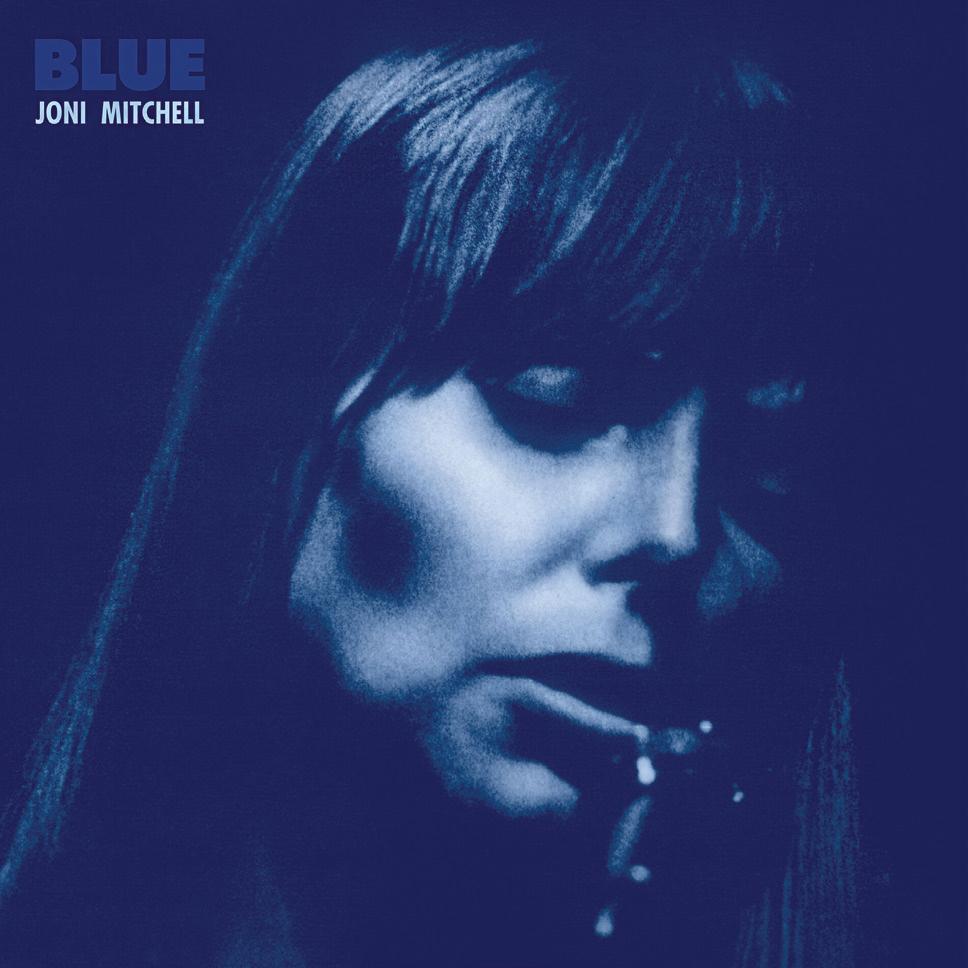


BUYING OR SELLING YOUR PROPERTY
Autumn is a time for reflection and embracing new opportunities. As you emerge from summer feeling refreshed, consider using this newfound ene rgy to take the first step towards living your dream lifestyle and explore the possibility of moving.
Contact us to arrange a complimentary property appraisal.







ELEVATE YOUR HOME & BUSINESS INTERIOR WITH AFFORDABLE, CUSTOM-MADE ABSTRACT/SEMIABSTRACT ART THAT IS UNIQUELY YOURS FROM THIS TO THIS
ELEVATE YOUR HOME & BUSINESS INTERIOR WITH AFFORDABLE, CUSTOM-MADE ABSTRACT/SEMIABSTRACT ART THAT IS UNIQUELY YOURS FROM THIS TO THIS
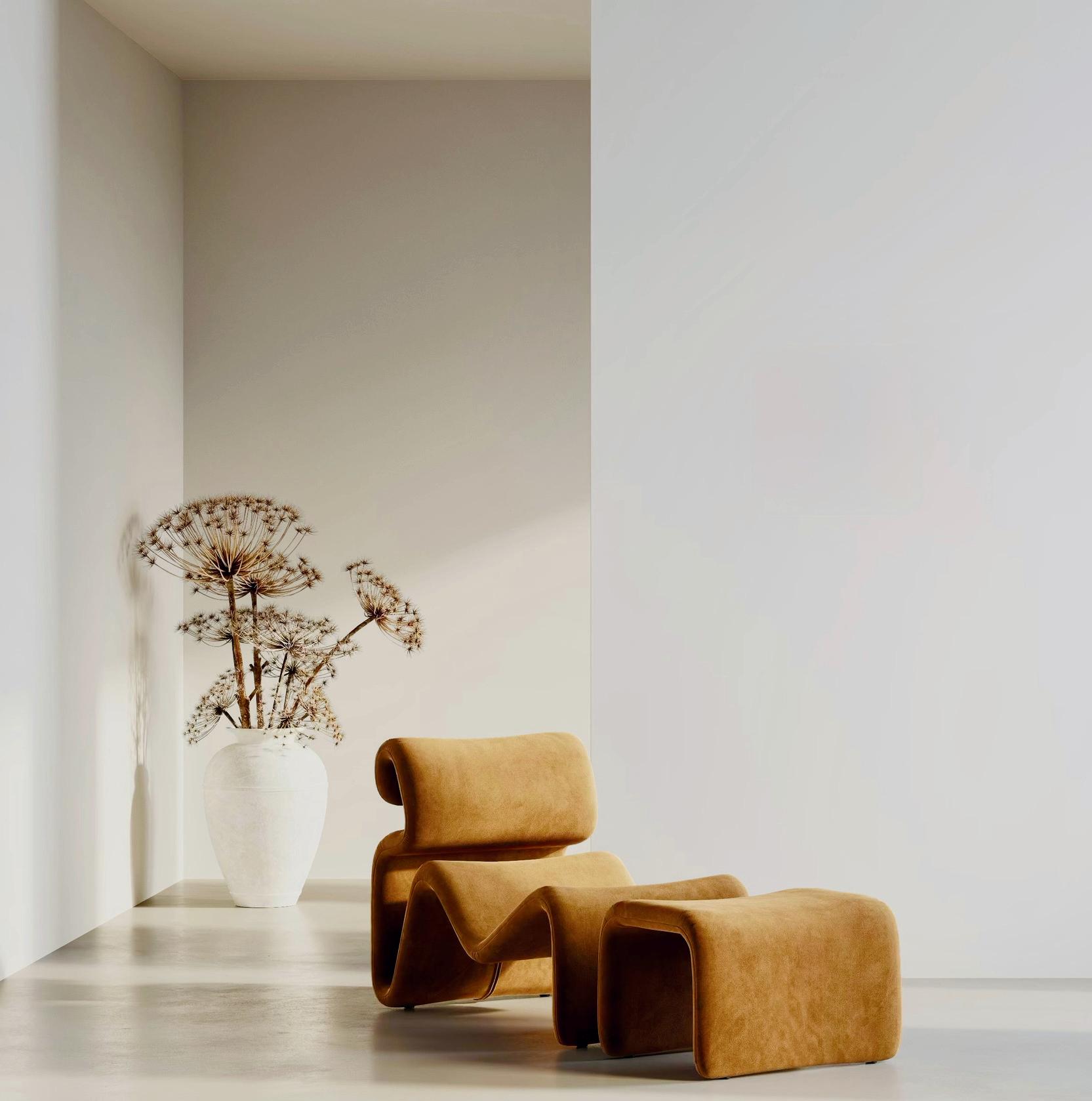
BESPOKE MODERN ART
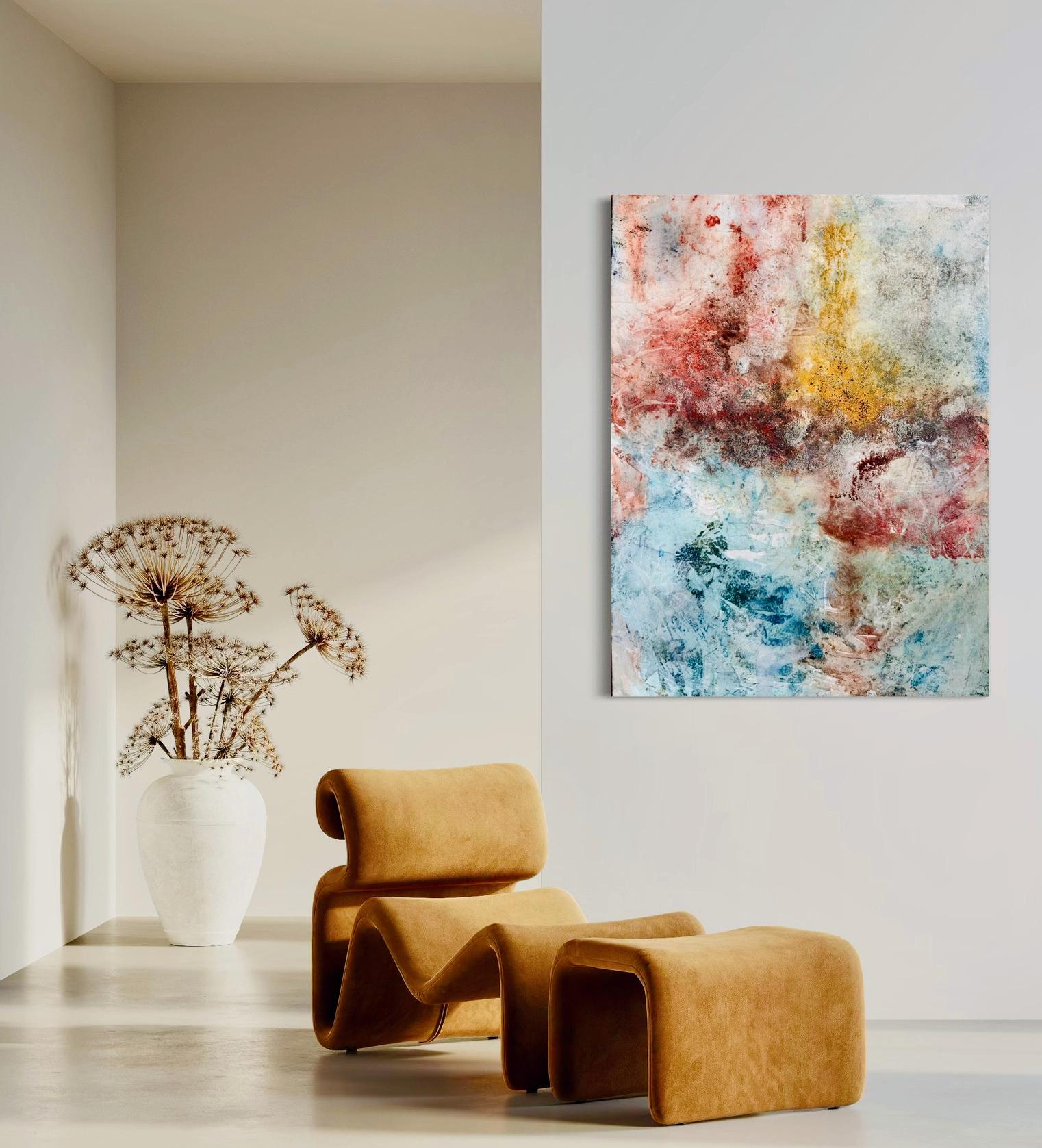
Lucille Sinclair South Africa +27 83 567 8830 lucylucybespokeart@gmail.com
BESPOKE MODERN ART
Lucille Sinclair South Africa +27 83 567 8830 lucylucybespokeart@gmail.com

ON AIR, ONLINE & IN PRINT
EDITOR IN CHIEF
Dan Charles dan@lifeandstyle.fm
MANAGING EDITOR Sue Charles sue@lifeandstyle.fm
MARKETING & OPERATIONS MANAGER Tiara Govender tiarag@lifeandstyle.co.za
COPY EDITOR
Shannon Devy
DESIGN
The Lake Design
ADVERTISING 032 946 1145 / 3112 / 3674 info@lifeandstyle.fm
DISTRIBUTION MANAGER Skumbuzo Manyoni
WEB & SOCIAL MEDIA www.lifeandstyle.fm @lifeandstylemagazine
PUBLISHER North Coast Publishing (Pty )Ltd info@lifeandstyle.fm
The Life & Style print or electronic publication is provided with the explicit understanding that neither the publisher, its employees, agents nor respective contributors are rendering any legal, financial, investment or other professional advice or services. Questions relevant to those areas should be addressed to competent members of the respective professions. Readers should not place undue reliance on the content of this publication or website but should seek professional legal advice where necessary. The information provided in this publication or website, newsletter or social media as is, without any warrantee or representation by the publisher and the publisher, its employees, agents or contributors accept no responsibility for any loss or damage caused in whatsoever way by the reader’s reliance on any information contained in this publication or website.


06 — Letter From The Ed
14 — Exchanging Imaginations: RMB Latitudes Art Fair
18 Guardians Of Zimbali Estate: Brendan Smith and Zamani Gwala have a vision for a wilder tomorrow
24 NSG: Sculpting Light, Shaping Vision
26 — A Cut Above: The Art and heart of Terry Scott
30 — Olala Interiors: True Blue
36 — Artclub and Friends: Crescendo
42 — Surface Tension: Miles Davis' Kind of Blue and the strange qualities of jazz improvisation
44 — Full Moon: Moonchild Sanelly
48 — Looking for a Kinder World / A Brighter Blue: Bright Blue
52 — Studio Muti
56 — The Spectacular Rebirth of Ganesh
60 — We Love: Shoshida & Balvaro
62 — Next Level: Ballito Lifestyle Centre
66 — ‘The Kingdom Of Nostalgia’: South Africa’s Iberian Shadow
74 — The Art Of Going Places: Driving the Maserati Grecale and reclaiming the joy of the everyday
80 — Last Word
44 — Full Moon: Moonchild Sanelly
CONTRIBUTORS
Dave Charles - award winning broadcaster, television producer, editor, musician, and writer. Dave is a Fellow of the Royal Geographical Society, the SA representative of the international Anglo Zulu War Historical society. He holds a BA Dram Art (Hons) Wits degree and he was an inaugural recipient of the Prince Mangosuthu Buthelezi Gold Medal for Service to the Zulu people. He currently owns the Life & Style media group.
Shannon Devy - is currently completing her Masters in English Literature at the University of Cape Town. An avid musician, reader and writer, Shannon enjoys coffee more than most things in life, and can often be found hunkered down at her favourite local coffee shop, tapping away at a new piece for Life & Style Magazine in a caffeinated frenzy.
Cameron Luke Peters - a long-suffering, erstwhile PhD candidate in Film Studies at the University of Cape Town who sunlights as a historical tour guide of the Western Cape under the alias @capetownheritagetours. When he’s not procrastinating on various pieces of writing, you can find him yearning on a beach somewhere, shooting film in dodgy places and picking up plastic bottles off the street whilst shaking his head and tutting under his breath.
Kim M Reynolds - is an arts and politics writer, critical media scholar, and tech researcher from Ohio in the US, based in Cape Town. Her work focuses on overlapping contemporary social justice and arts histories on the continent of Africa and the Diaspora. Reynolds is currently co-lead of the research and organising collective Our Data Bodies.
Dan Charles - is a writer, musician and therapy enthusiast based in Cape Town, and spends a good deal of time profiling and analyzing some of the most esteemed and up-and-coming local and international artists in the alternative music scene.
Elle Matthews- an award-winning film producer, author, screenwriter and creative coach, who thrives in the space between ‘the art and the aftermath’. With a background in psychology, she has a great love for soul searching, cold rainy days, elephants, and getting lost in old alleyways in Venice. Elle is the founder of Riverstone Creative Agency and the writing studio Origin of Story, as well as the Executive Producer at GreenShoot Films – an award-winning, eco-conscious production company shaping stories with purpose.
Mia McCarthy - is a young writer based in Cape Town. She is an avid collector of coffee shops, tidal pools, and interesting true stories. Mia has a passion for creating magic in the kitchen and much of her writing reflects this. She continues to inspire readers through her contributions to this magazine and The Edit, our fortnightly digital newsletter.
Stephanie du Preez - Graphic Design & Marketing Freelancer - Based in northern England with a love for anything creative, progressive and of course, fun. South African design, interiors and art are my first love and I am blessed to be involved with the creativity that SA has in bucket loads!
Tara Boraine - Cape Town-based artist and writer who moves fluidly between music production, speculative fiction, and botanical perfumery. Through her organic creative methodology - she harnesses natural cycles of chaos, integration, and emergence across multiple artistic mediums. Currently working on a climate fiction novel and essays about neurodivergent perception, her writing has been described as 'ruthlessly tender.'
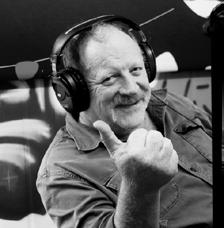
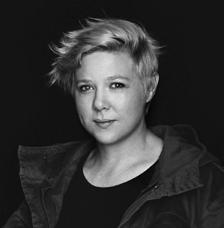

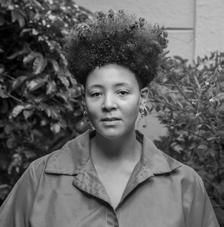
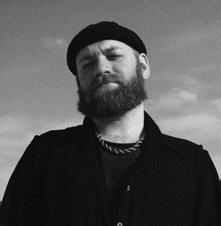

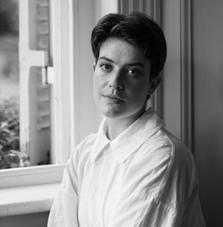
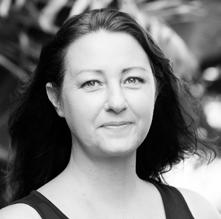

ON AIR, ONLINE & IN PRINT
Our publications, website and social media platforms have shaped opinion in the KZN North Coast region for over twenty years creating a media brand that is credible, authoritative, and universally acclaimed.
Having expanded the platform to include Ballito’s only commercial radio station - Radio Life & Style 88.0FM that also streams digitally via free apps on every platform, we now own the local media scene.
Our advertisers enjoy the unique advantages of cross-platform marketing in a local economy that is small enough to dominate yet big enough to excite those who appreciate the value that is available to be unlocked here.
MAIN DISTRIBUTION OUTLETS
Durban King Shaka International Airport :
SAA Discovery Lounge Premium & Platinum - Bidvest Premier Lounge
SLOW Lounge KSIA - King Shaka Entrance
Cape Town International Airport :
Slow Lounge Domestic & SAA/Discovery Baobab
SAA/Discovery Cycad - Bidvest Premier Lounge
JHB O.R. Tambo Airport
British Airways International Lounge
Aspire International Lounge
Standard Bank Library Lounge
Slow Lounge Domestic - Slow Lounge International
Lanseria SLOW XS Lounge
We are also part of the online magazine selection on the SAA flights.
Select Coffee Shops, Hotels and Retail Zones
WHY WAIT FOR THE NEXT ISSUE OF LIFE & STYLE?
Subscribe to your free dose of inspiration and recieve our fortnightly newsletter THE L&S EDIT in your inbox.

Subscribe
DOWNLOAD OUR RADIO LIFE & STYLE APP
Free on Android or IOS for live streaming or to listen to our catch up podcasts.
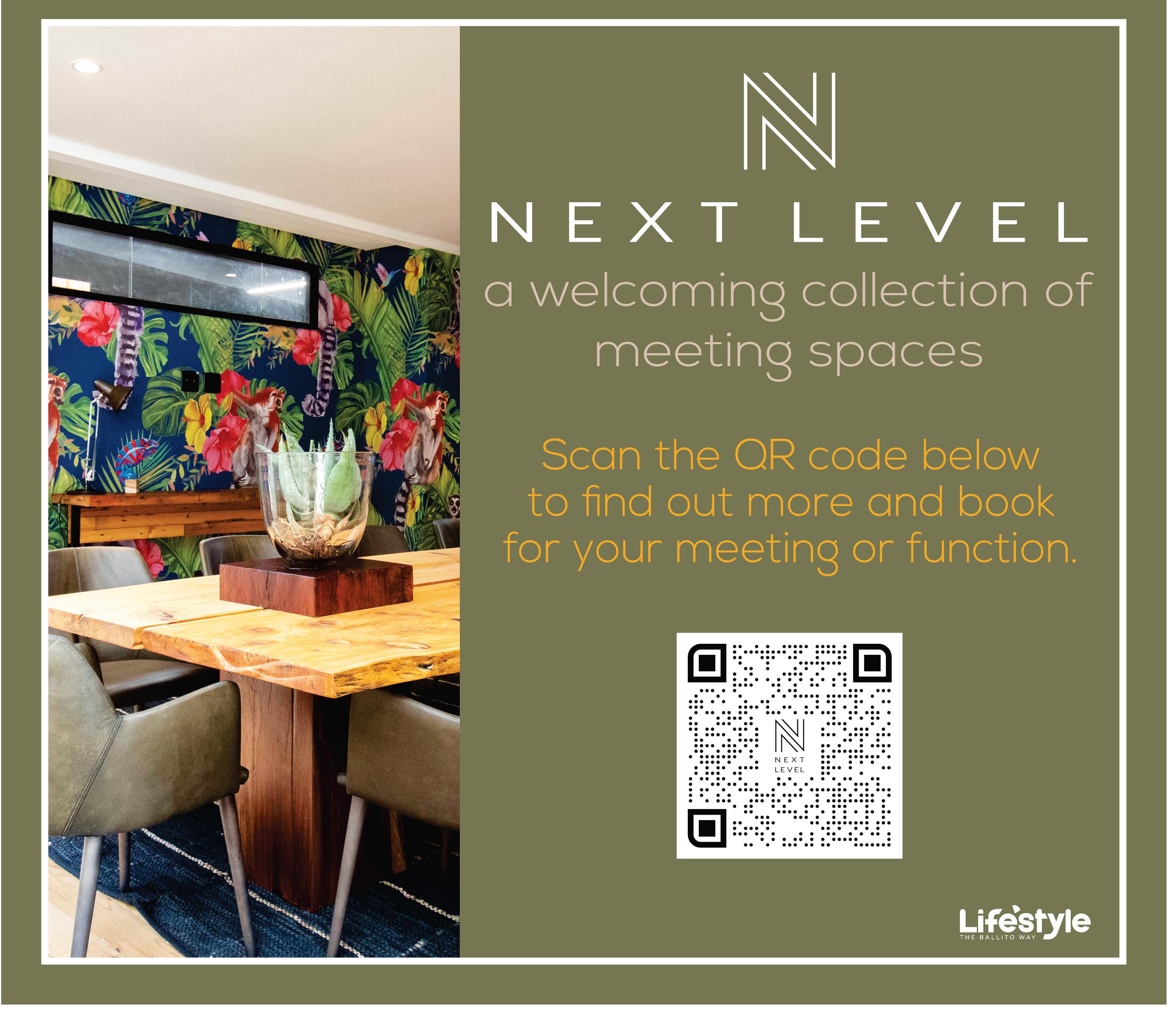
Words: Kim M Reynolds
Exchanging Imaginations
at RMB Latitudes Art Fair
Everything we know starts at the source of feeling – emotions, physical touch, sight, and smell all feed into knowledge. You know a lemon is sour because your taste buds tell you and you can identify comfort when the chair holds you well.
ART FUNCTIONS as a similar knowledge creation system, depicting, immersing, or provoking you into a feeling. And as such, you can gain a deeper vocabulary for your own imagination, and what you want your own world to look, smell, and feel like, and importantly, what you want to remember in a (colonial) world that has been oriented towards erasure and manipulation.
Art becomes peculiar, however, in the marketplace and begins to take on other demands and hierarchies.
In South Africa, that hierarchy is definitely at play with large, institutional galleries playing a defining role in the direction of contemporary and canonical art, and artists oftentimes feeling pressured to sign with said galleries and produce work that is legible to the market. This all can collapse organic and creative partnerships and networks and over-emphasise the sale of work as the only purpose of creation. It can also produce predictable or formulaic approaches to fairs and exhibitions.
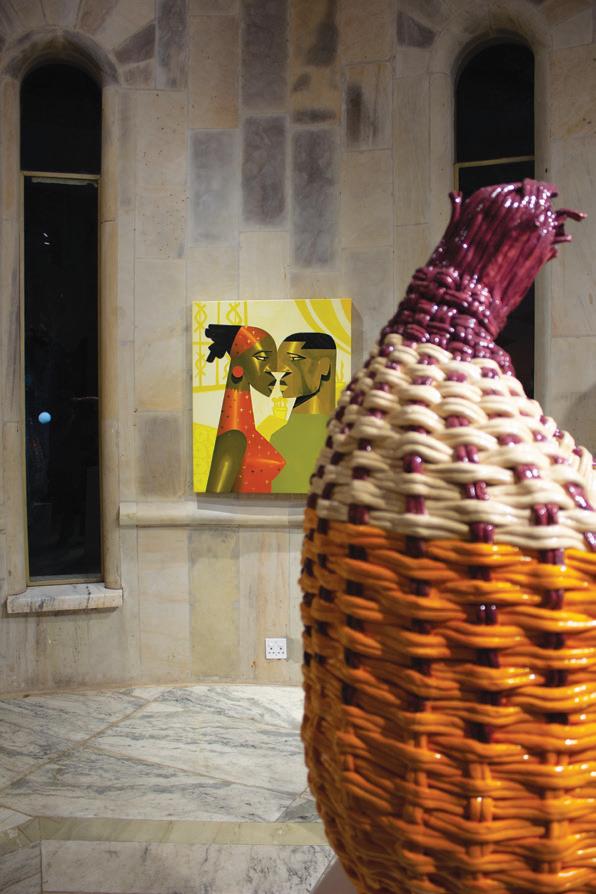
RMB Latitudes Art Fair aims to intervene in this structure and has been since its inception in 2019.
Latitudes as an art fair exhibition space began in 2019, founded and led by a two-person team, Roberta Coci and Lucy MacGarry. The online iteration of Latitudes began out of necessity as a result of COVID-19 and has grown in
prominence, capacity, and network ever since. Rand Merchant Bank (RMB) came on as a sponsor in 2023, and the fair has been taking place in person at Shepstone Gardens ever since. While the fair’s nexus is art sales and exhibition, there is a prominent practice of collaboration, networking, and connection within the art world, specifically in Southern Africa.
Its positioning is unique in attracting the participation of stalwarts of the art industry, various artists (independent and established), art collectives, curators, fashion partnerships, and network groups into one three-day event and fair to the public. There is a Thursday VIP vernissage event as well as various related events and sponsored afterparties attached to the fair.
Working with 50 galleries, over 300 artists, and several specialty partnerships and projects, the 2025 iteration reads truly like a feat. And experiencing it corroborated this. I arrived at the fair on the second day of its public viewing, Saturday. As I walked through the varying exhibitions, many of the works displayed a sticker, usually gold, to signify that the work had been sold. The fair itself was also sold out on this day, meeting its maximum capacity for the vast venue of Shepstone Gardens in Houghton, Johannesburg. The space was well-activated and visually dynamic, and the venue lends to this syncretic nature. Because the venue contained multiple ‘houses’ on various winding levels of the gardens, each exhibition space could work as an individual iteration.
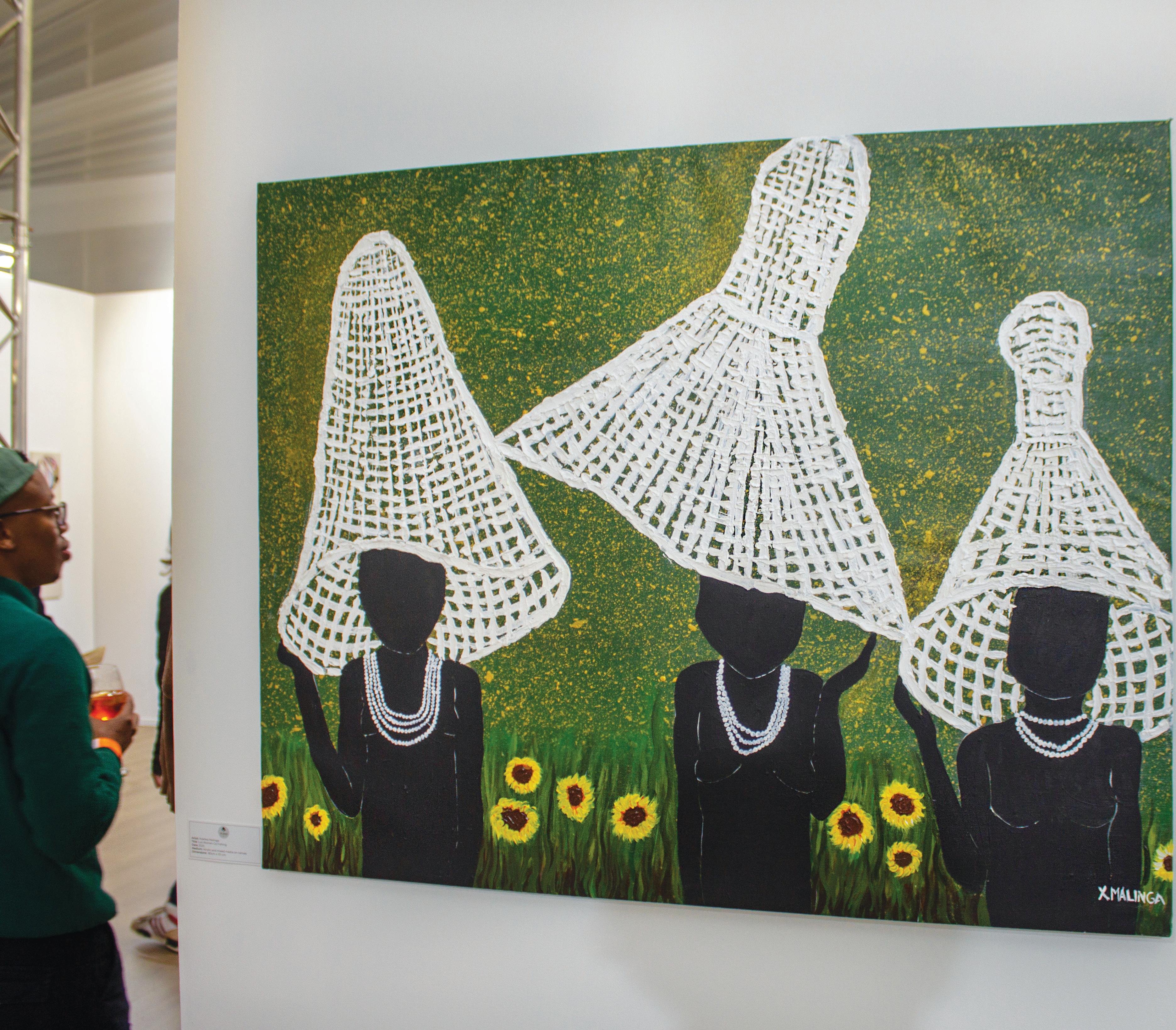
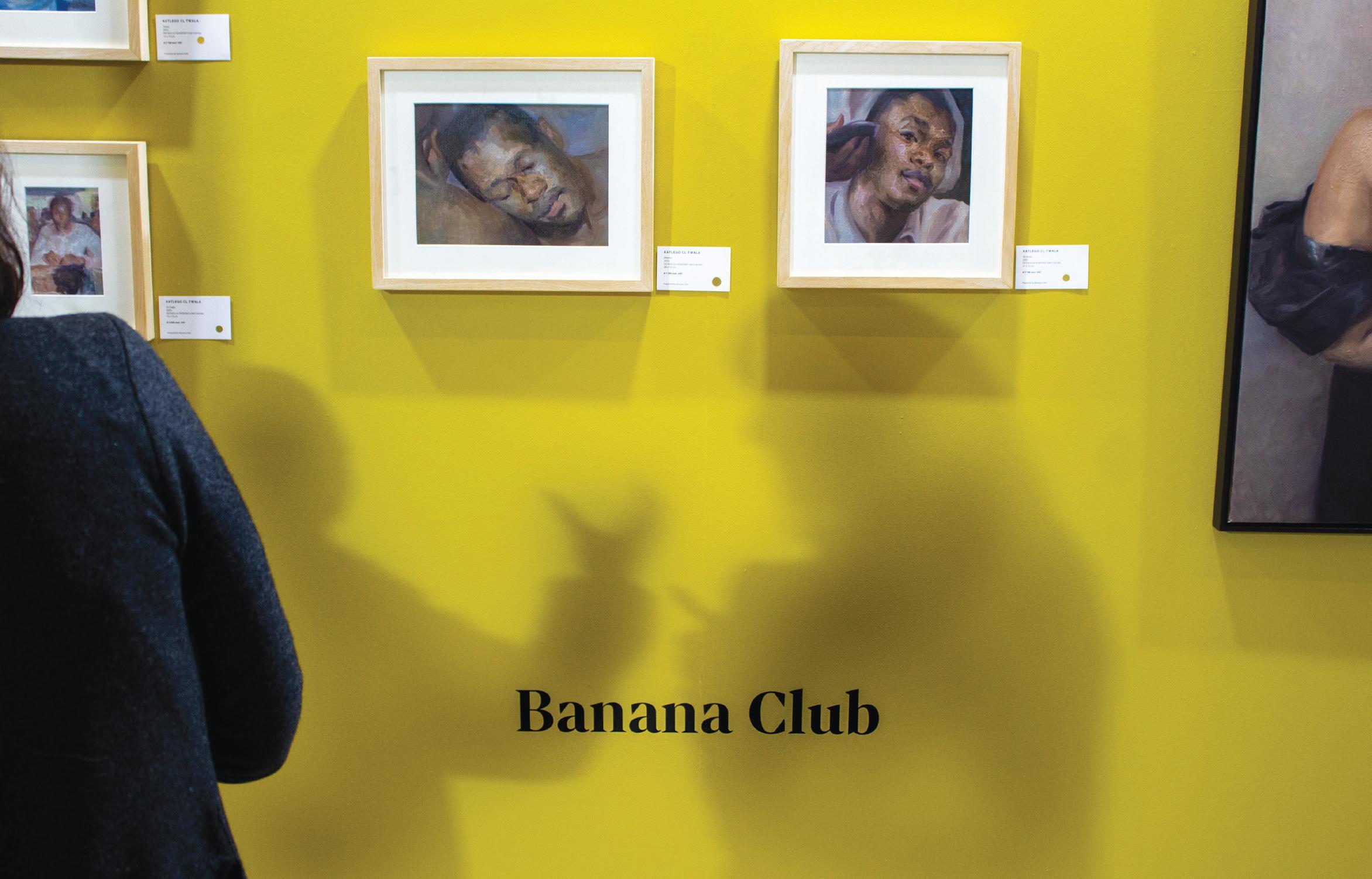
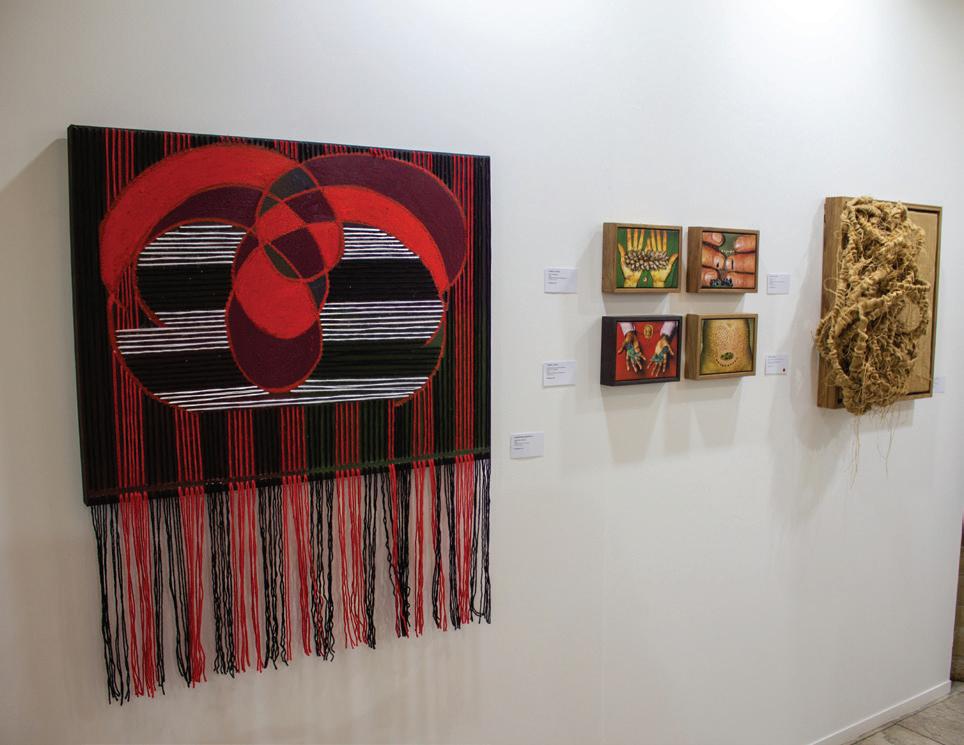
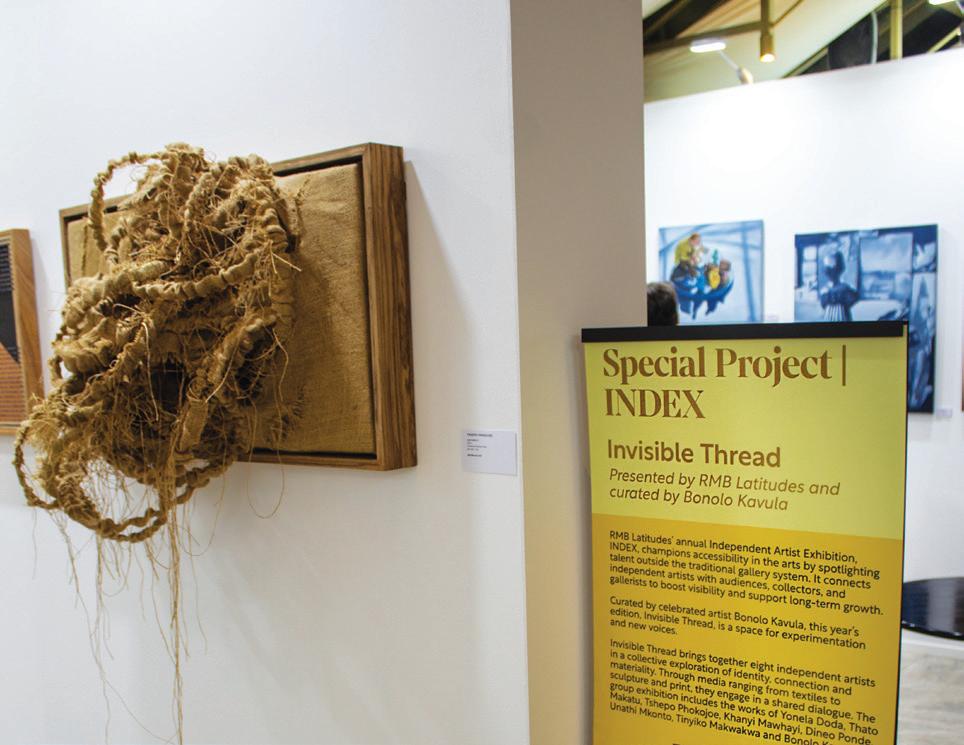
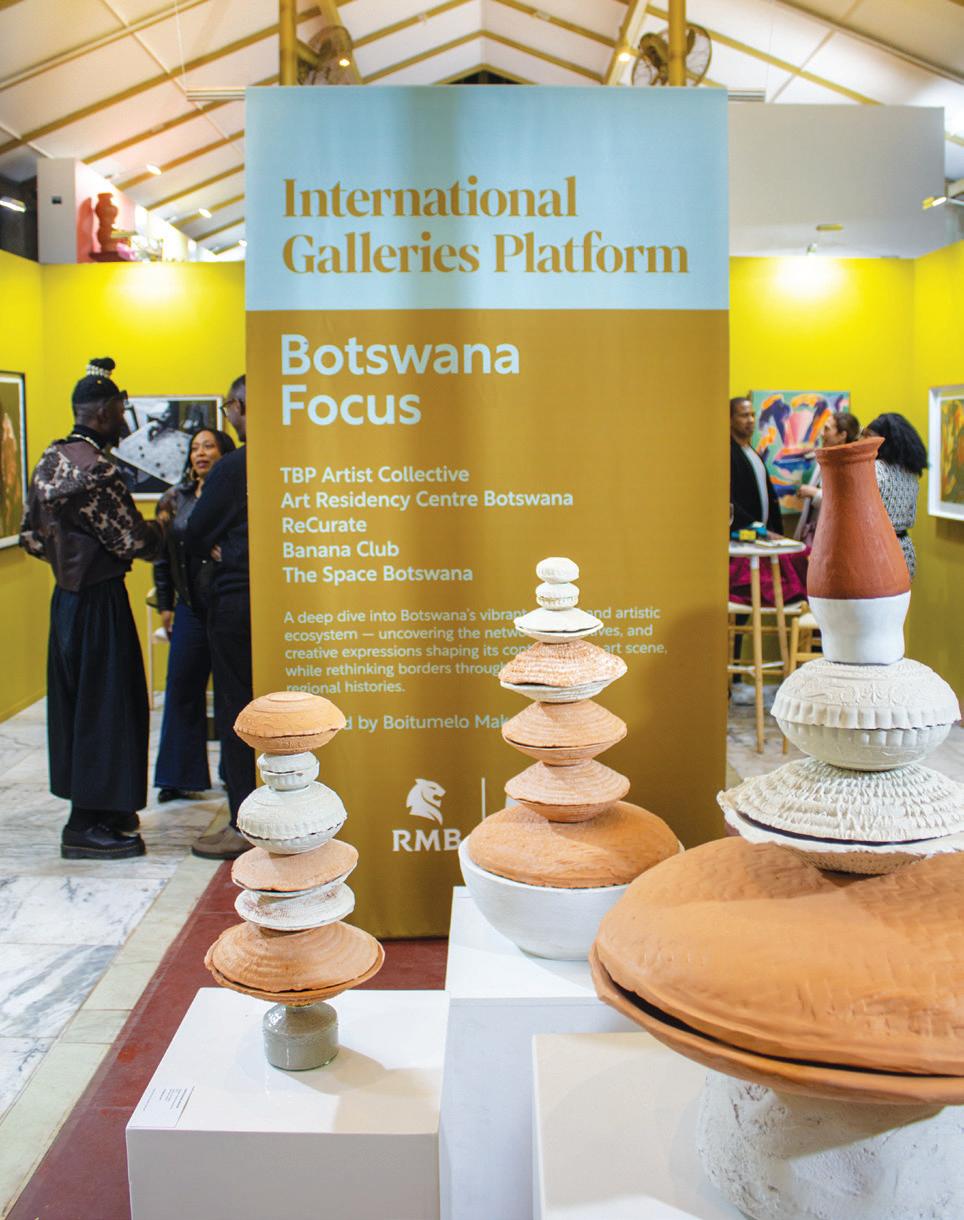
One of the major highlights of the fair was the inaugural Botswana Focus, which was composed of five artist organisations from Botswana. The Art Residency Centre (ARC Botswana), TBP Artist Collective, Banana Club, and ReCurate are all based in the capital of Botswana, Gaborone, and The Space Botswana is based further north in the country in Maun.
The partnership between Latitudes and what became the Botswana Focus developed organically and was nurtured by the success and impact Batswana artists had while exhibiting in the 2024 edition of RMB Latitudes.
“The aim was to try to provide some sort of holistic picture of what the art scene in Botswana looks like,” says Kim Karabo Makin, participating artist, member of TBP Artist Collective, and board member of ARC Botswana.
Importantly, Makin also emphasised that while the work is all in one space, it is not a homogeneous project. The various artists and collectives - differing in focus, stage in career, and practice- are on display to tell various stories of the heterogeneous art scene, both contemporary and historical as well.
I also appreciated the INDEX exhibition, which has been a staple for Latitudes for the past three years. INDEX is an exhibition space by and for independent artists. This year, it was the exhibition was curated by Bonolo Kavula with the concept (and title) of Invisible Thread.
South Africa’s commercial galleries play an undeniably important role in the nation’s art scene. Practising contemporary art curation and the commercialisation of it often bridges the gap that national galleries don’t always fill. As such, there is a great deal of visibility and power held in these spaces. Independent artists, some of whom have previously signed with institutional galleries, possess more choice in their output, but of course, risk the loss of ‘backing’ of a traditional gallery.
RMB Latitudes addresses this dynamic with the INDEX section, which is dedicated to the platforming of independent artists, again attempting to foster collaboration and knowledge, because frankly, all players are needed to forge equity in a field that heavily relies on commercial consumption or institutional support. The participating artists include Kavula herself, whose work is abstract in nature yet granular and meticulous in process, Yonela Doda, Thato Makatu, Tshepo Phokojoe, Khanyi Mawhayi, Dineo Ponde, Unathi Mkonto, and Tinyiko Makwakwa.
In addition to the vast exhibition of artwork, largely from African artists and galleries, Latitudes curated a robust discussion programme that invited artists, practitioners, and curators to reckon with the evergreen and everdeveloping questions regarding: globalisation; the role of technology in art production, curation, and commercialisation; and, what are the initiatives that can truly nurture a symbiotic relationship between artists, collectors, galleries, and other major actors in the art world?
The highlighting of a new arts online platform Art Meets was particularly interesting and promising. Art Meets is a South African collective operating since 2013, and in 2023, the collective launched a mobile app that functions as an interactive map for users. The map charts arts events, galleries, creative spaces, and arts opportunities, aiming to bring operating silos much closer.
RMB Latitudes as a growing player in the art fair space demonstrates that overlapping begets strength, innovation, and the possibility for growth. While the art world retains its pressures, inequalities, biases, and stratifications, tapping on interlocking networks and regularly forging connections between the actors in the space can afford a legitimate exhibition and commercial space for African artists. And oftentimes, it’s the arbitrary standards of legitimacy that can upkeep the gates of hierarchy. I look forward to Latitudes sustained growth and even the challenging of traditional art fair programming- from venue to curation to imagination exchange.
LATITUDES
www.latitudesartfair.com
@latitudes.online
GUARDIANS OF ZIMBALI ESTATE
Brendan Smith and Zamani Gwala have a vision for a wilder tomorrow
Words: Elle Matthews
ZIMBALI ESTATE, ON THE LUSH KWAZULU-NATAL North Coast, is often praised for its harmonious blend of luxury and natural splendour. But beyond the manicured fairways and architecturally striking homes lies a deeper, quieter narrative – one of ecological stewardship and visionary foresight, led by two men whose influence runs deep through the very roots and skies of Zimbali Estate.
Brendan Smith, the Estate’s Environmental Manager, and Zamani Gwala, its Environmental Officer, form the dynamic heart of Zimbali Estate’s environmental vision. Together, they have transformed the estate from a residential haven into a beacon of conservation excellence, and are shaping a legacy.
At first glance, Brendan and Zamani could not be more different in demeanour, but they have a deep partnership rooted in a shared commitment to the land and a profound, unwavering belief that Zimbali Estate’s true wealth lies in its biodiversity and natural heritage. And more importantly, a vision that sees environmental care as a way of life. This ethos is evident in their hands-on approach to the estate’s environmental challenges, where they view themselves not merely as caretakers but as integral participants in the ecosystem.
One of the most compelling aspects of Brendan and Zamani’s work is their stewardship of one of the estate’s most iconic inhabitants – the African crowned eagle. Once plentiful across South Africa, crowned eagles have faced mounting pressures from habitat loss and human encroachment. But at Zimbali Estate, they have found sanctuary. While a pair of crowned eagles have been successfully breeding at a Zimbali Estate nesting site for years, under Brendan and Zamani’s guidance, the estate has evolved into a leading site for crowned eagle monitoring and protection.
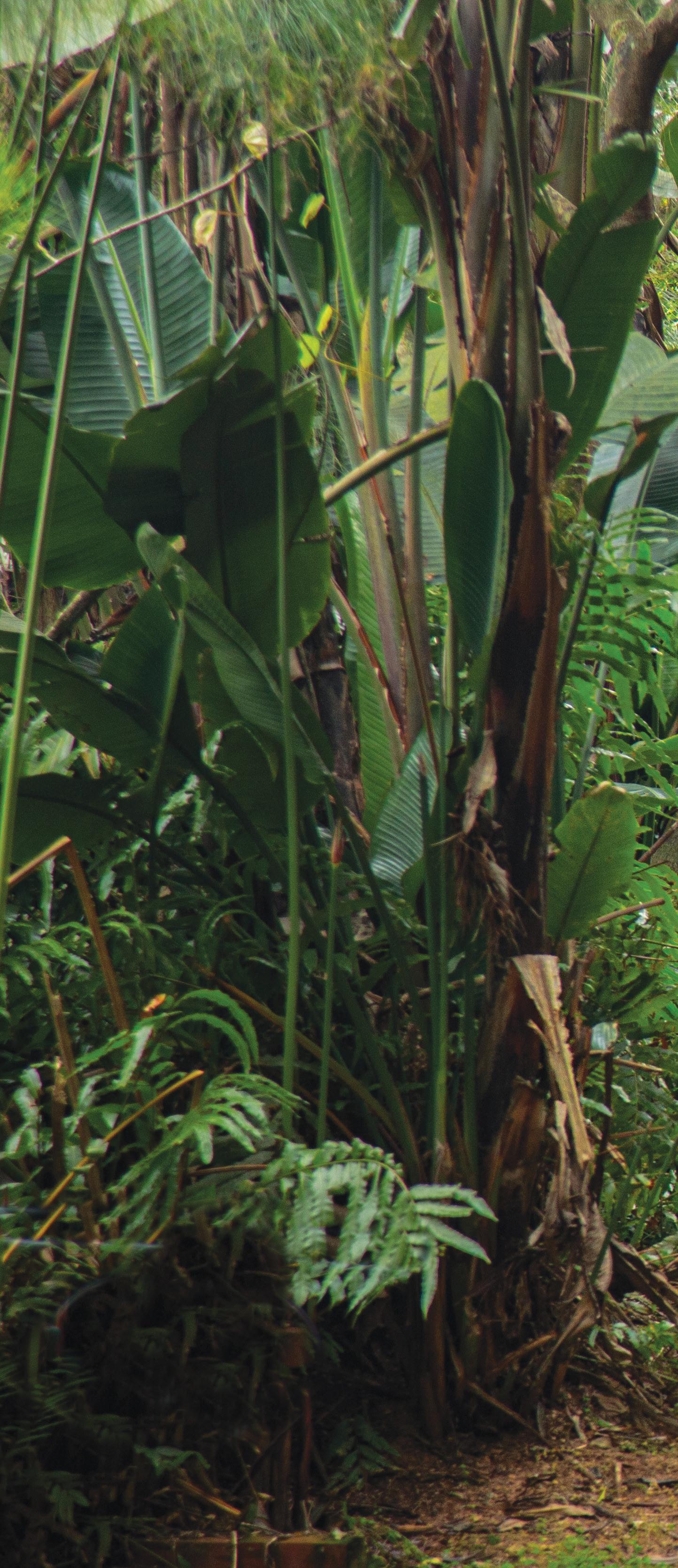
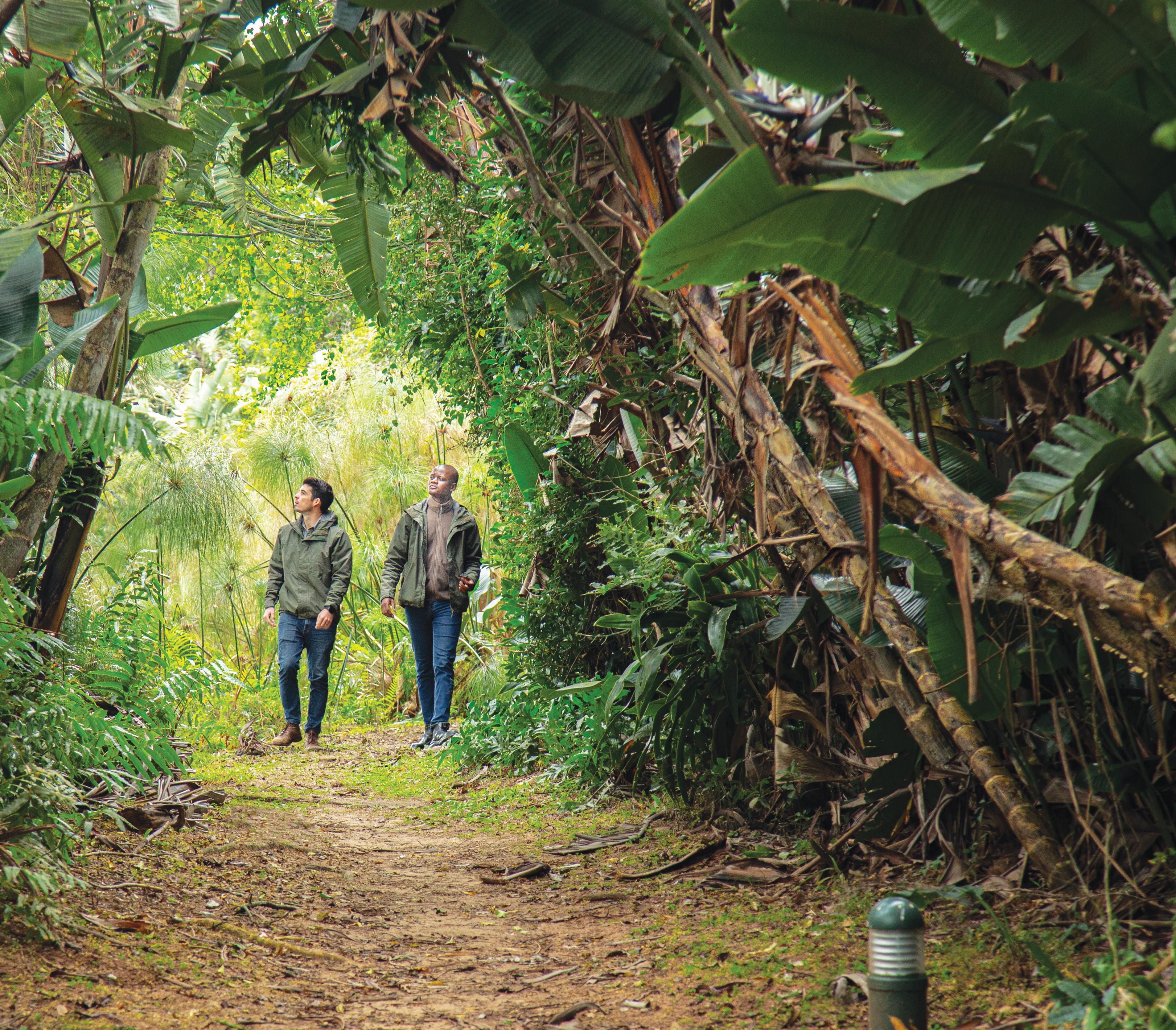
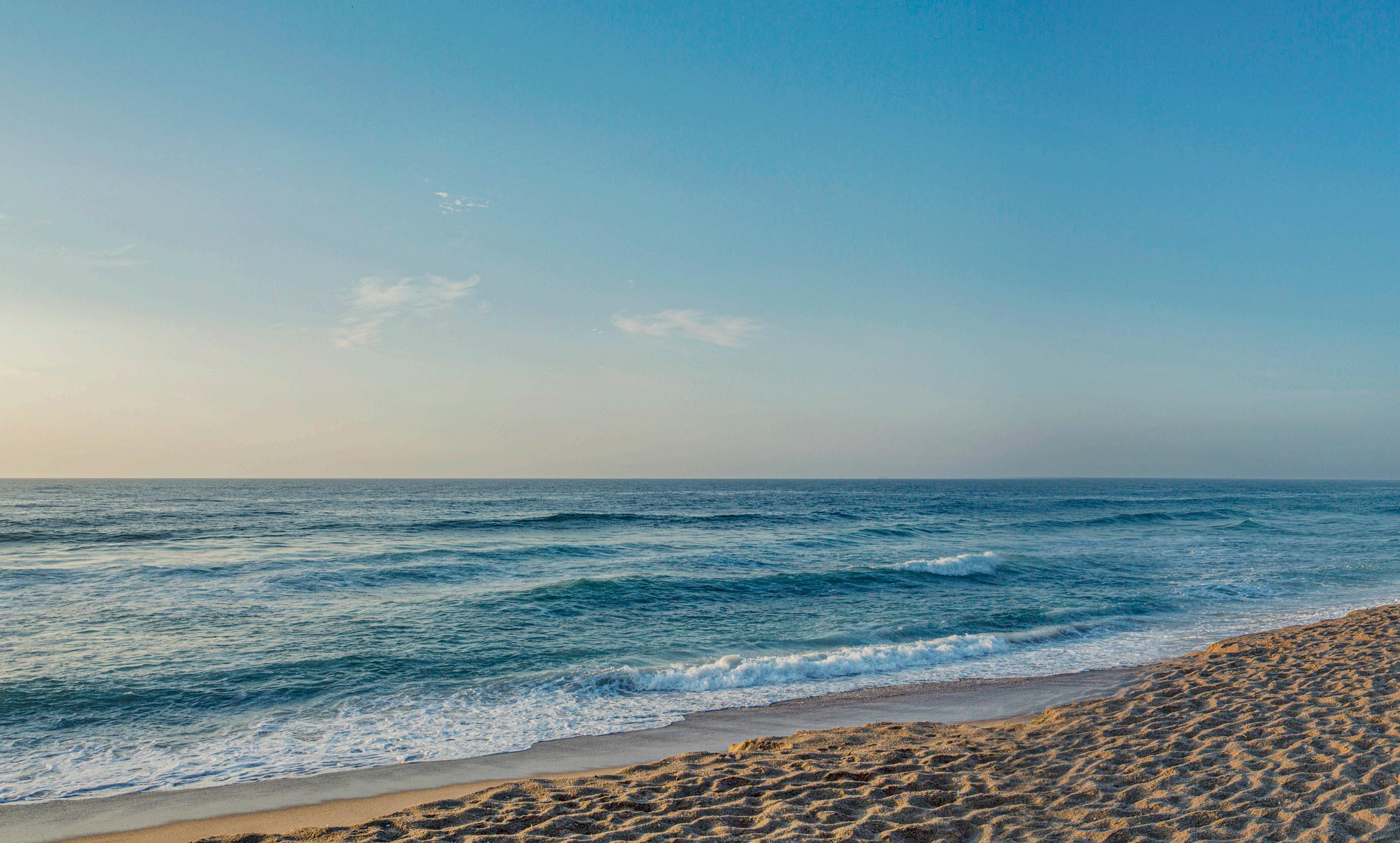
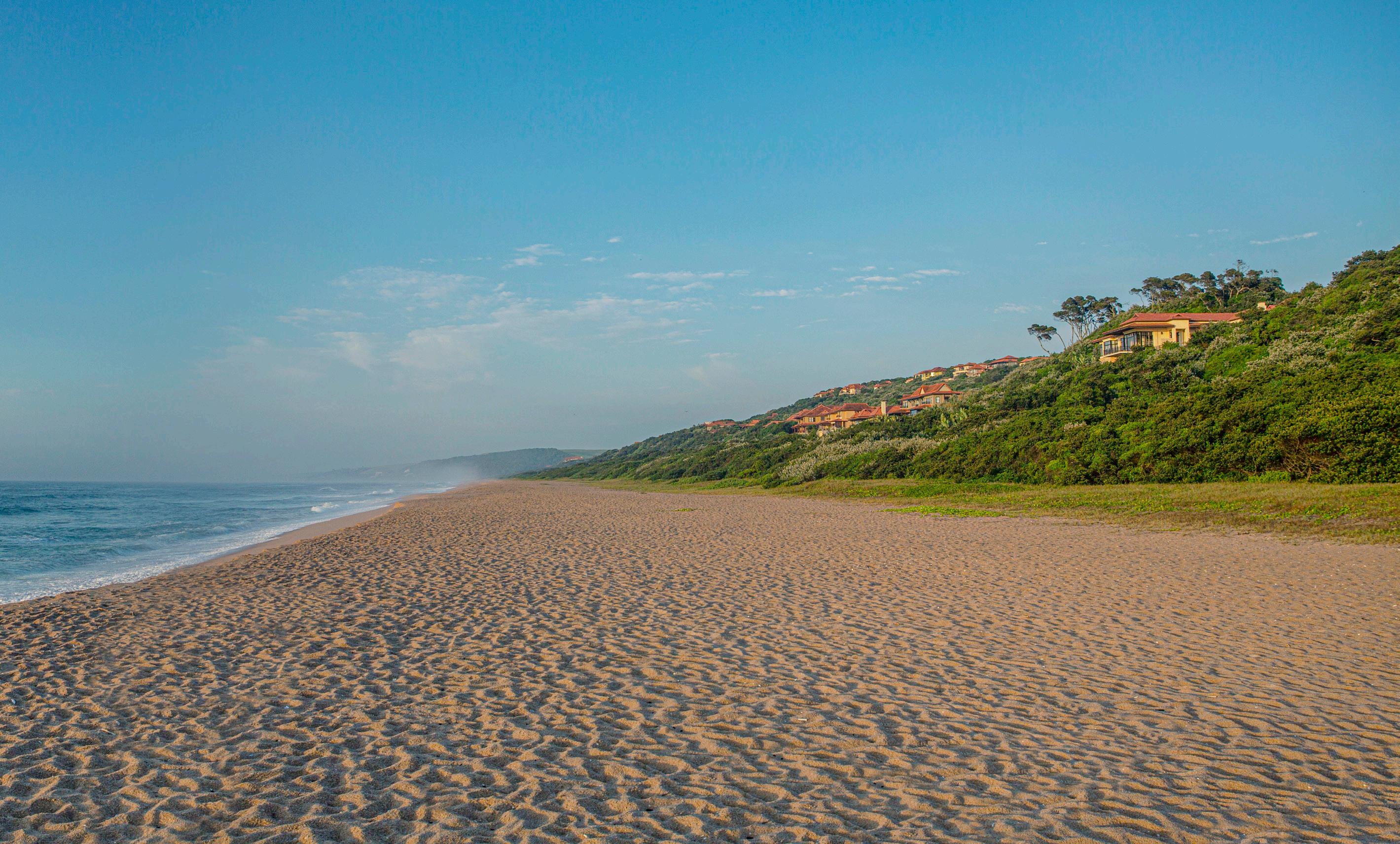
Zimbali Long Beach
Their efforts go far beyond passive protection. The Environmental Team has also partnered with local ornithologists and implemented educational signage throughout the estate to deter residents and visitors from unknowingly habituating juvenile crowned eagles. The estate’s landscaping policies have even been adapted to protect eagle prey species and minimize unnatural disturbances – a move rare among residential estates.
But Zimbali Estate’s environmental triumphs extend far beyond the forest canopy. Brendan and Zamani have undertaken the formidable challenge of restoring the coastal dunes that frame Zimbali Long Beach, the natural fortifications that had been worn down by years of erosion, invasive species, and unchecked human movement. Recognising that dune systems serve as frontline defences against the effects of climate change, they introduced a thoughtful blend of indigenous vegetation, erosion control techniques, and carefully designed access pathways. Their efforts are steadily coaxing the dunes back to life, restoring the sculpted contours that once defined this stretch of coastline.
Encircling the golf course, another dimension of their vision unfolds in the form of a grasslands restoration project, an initiative that weaves ecological tradition with innovative stewardship. Historically, KwaZulu-Natal’s landscapes were maintained by seasonal burns, a process that fostered biodiversity by clearing aged vegetation and encouraging new growth. This rhythm had long been absent from Zimbali Estate’s land management, until Brendan and Zamani reintroduced controlled burns with precision and care.
The move was bold, demanding not only technical expertise but a deep understanding of the land’s natural cycles. Their efforts have ushered in an ecological renaissance, marked by the reinvigorated growth of rare and regionally significant flora species. The reappearance of native wildflowers, the flutter of pollinators, and the quiet scurry of small mammals all speak to a landscape in revival, and a living testament to the team’s measured, regenerative approach.
Their work is grounded in data, but their motivation is deeply human. In the recently released 2024 State of Environmental Report, the pair outlined a vision of Zimbali Estate that is not merely sustainable but regenerative – a living system where biodiversity thrives alongside human presence. The report is both a triumph and a call to action, documenting improvements in species counts, reduced erosion rates, and increased community engagement with conservation programmes.
Perhaps the most striking facet of Brendan and Zamani’s work is not merely the scope of their accomplishments, but the quiet harmony with which they
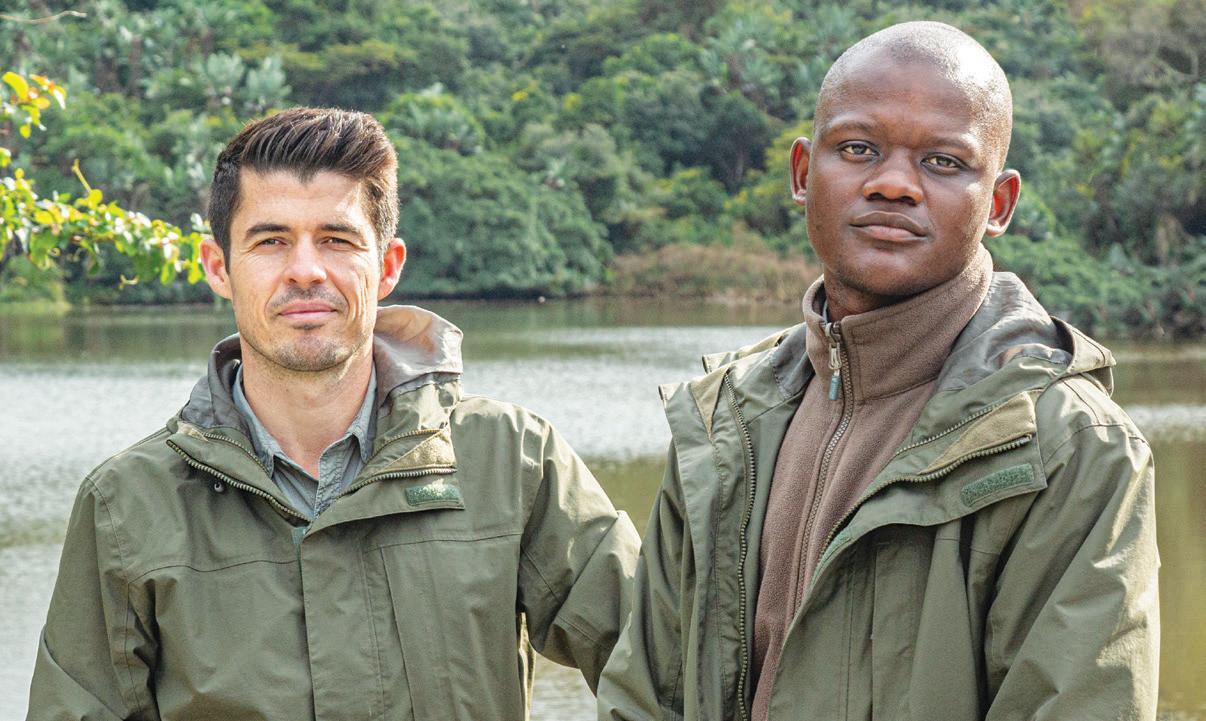
carry them out. Their collaboration is built on continuous learning and mutual respect, and an evolving dialogue that deepens both their understanding and their impact. More than a division of labour, their partnership is a shared purpose made manifest.
It is this shared sense of purpose and unified vision that has positioned Zimbali Estate at the forefront of estate-based conservation in South Africa. While many estates flirt with sustainability, few embed these principles so comprehensively into the fabric of their design, governance, and daily life. At Zimbali Estate, ecological care is not an afterthought, it is the foundation. Increasingly, people are drawn to Zimbali Estate not only for its way of life, but for the deeper values it upholds and the regenerative future it champions. Because what it represents is hope – a rare and precious commodity in the face of accelerating environmental degradation.
Through their partnership, Brendan and Zamani have created more than an environmental programme. They’ve created a story. One of care, resilience, and foresight. It’s a story written in eagle cries, dune grasses swaying in the coastal breeze, and wildflowers reborn in smoke-cleared fields. A story where two men, guided by a shared vision, remind us all that progress isn’t always measured in concrete and steel, but in the return of a bloom, the flap of a wing, and the quiet confidence of knowing you’re on the right path.
In Zimbali Estate, the future is greener, because Brendan Smith and Zamani Gwala are already there, walking it. zimbali.com
Brendan Smith, Zimbali Estate’s Environmental Manager, and Zamani Gwala, Environmental Officer.
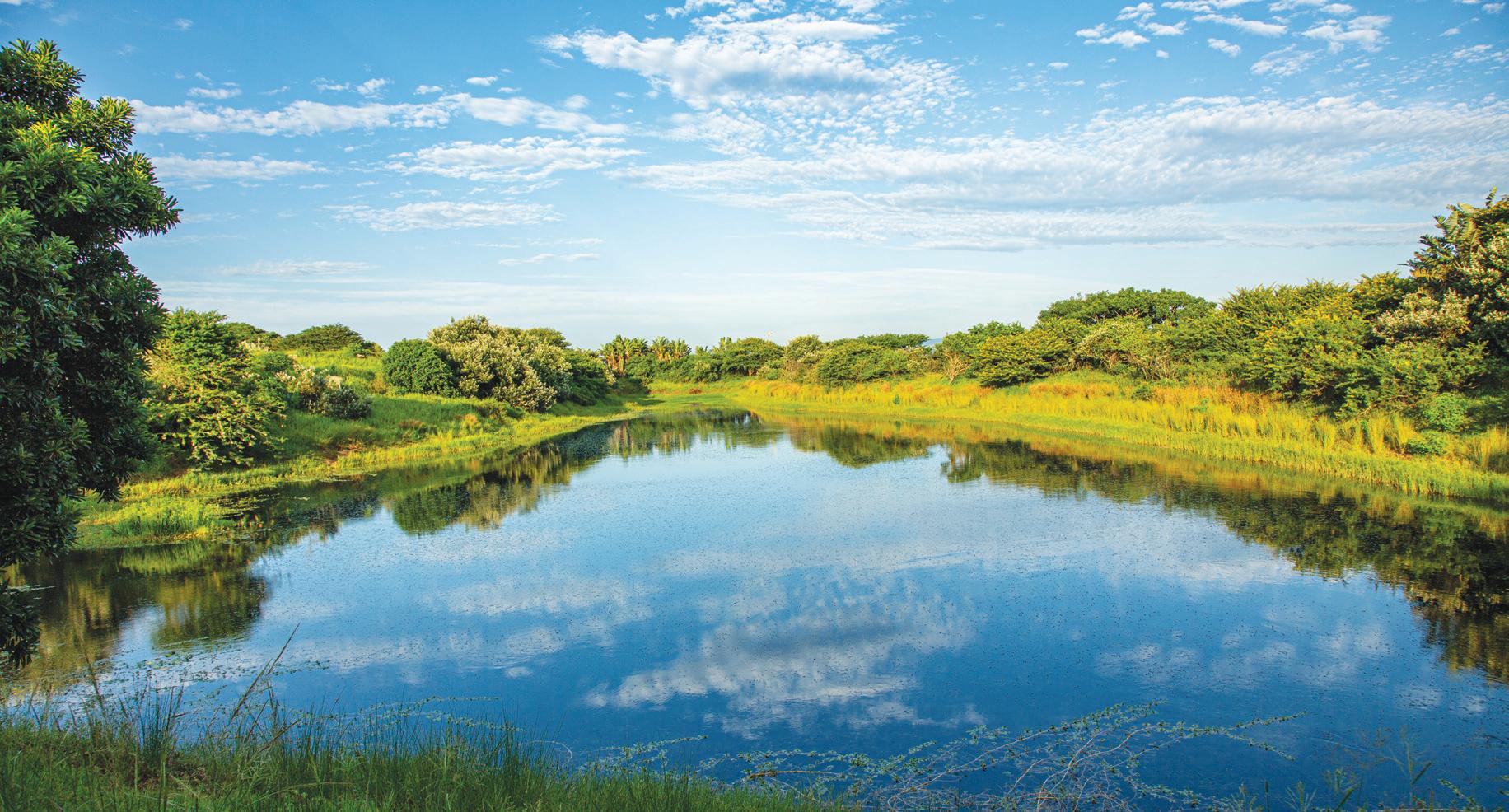

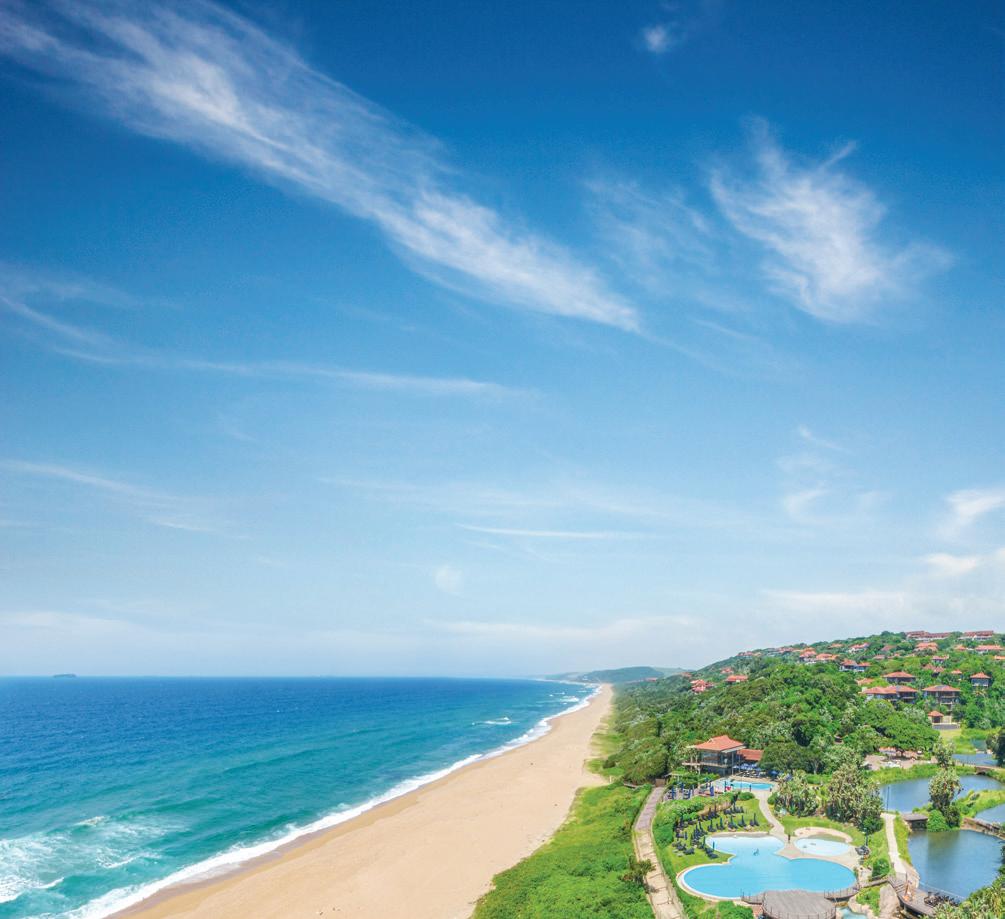
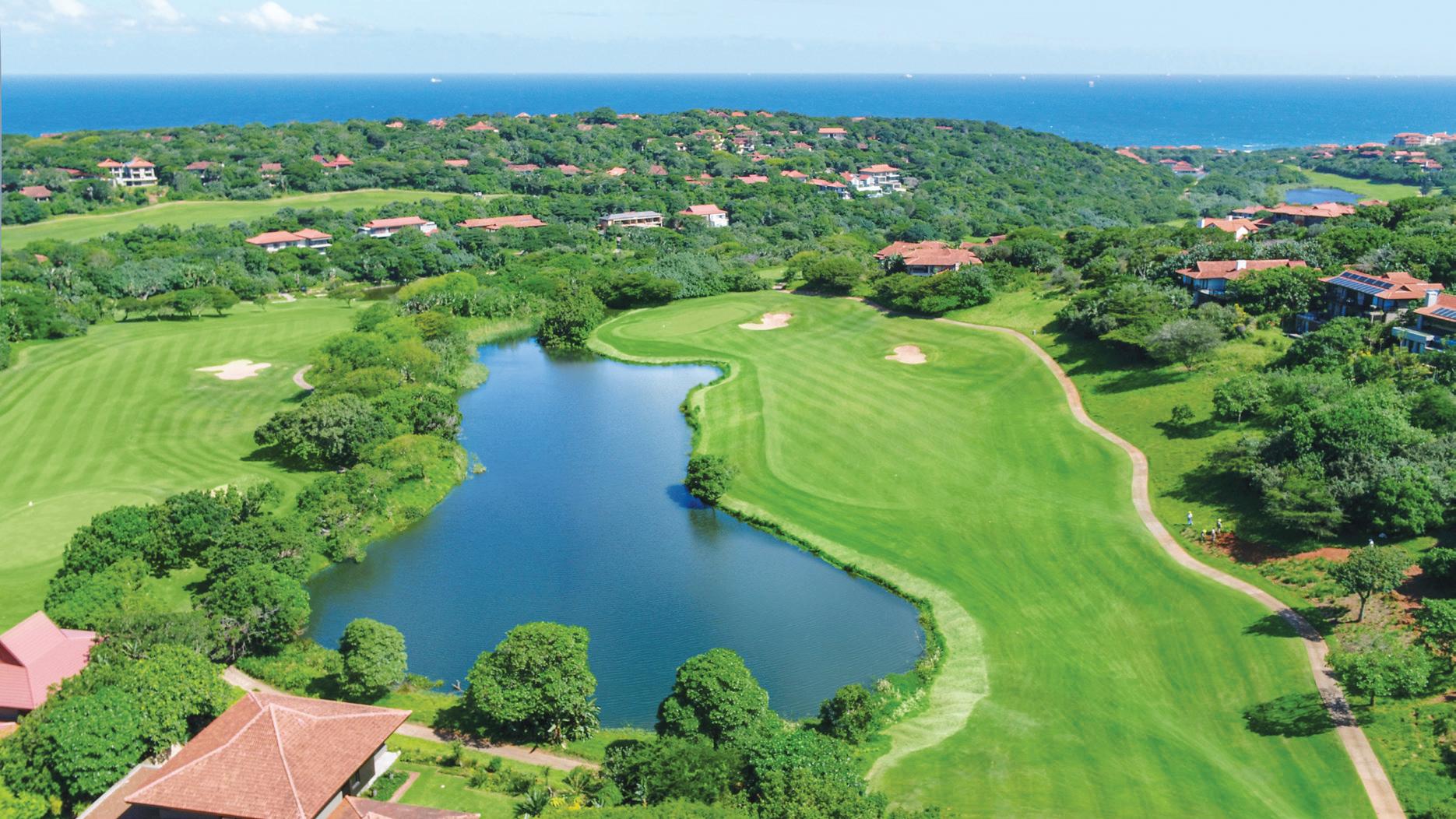
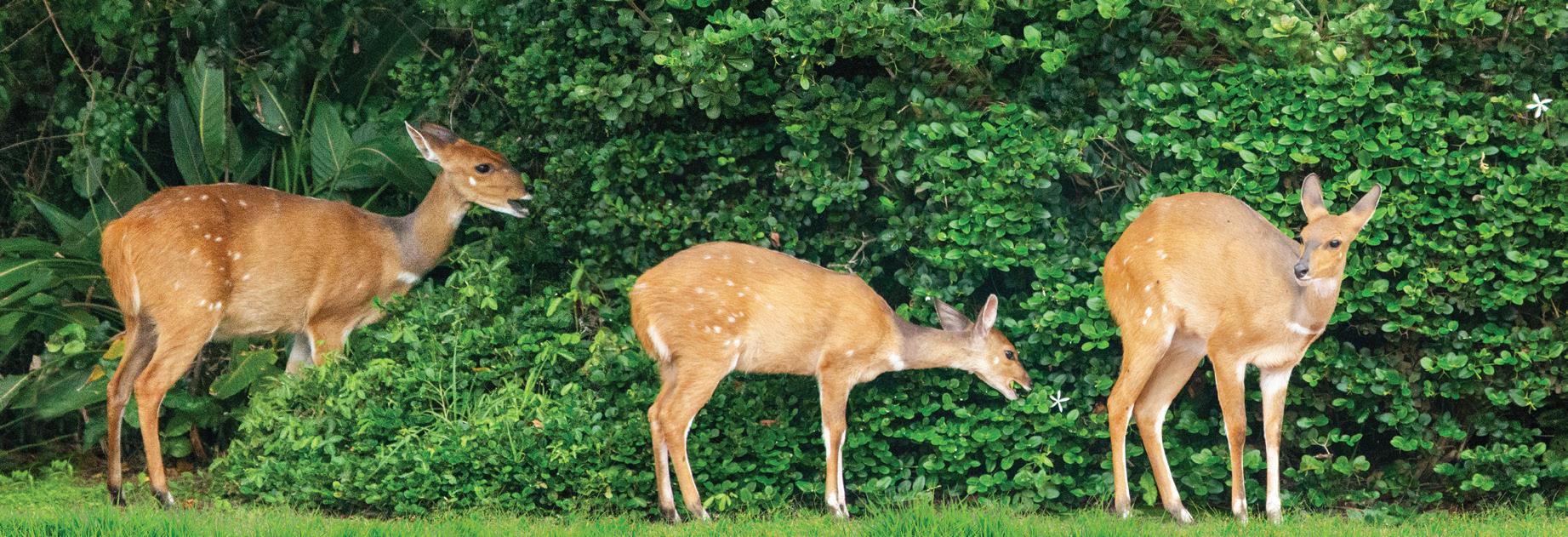
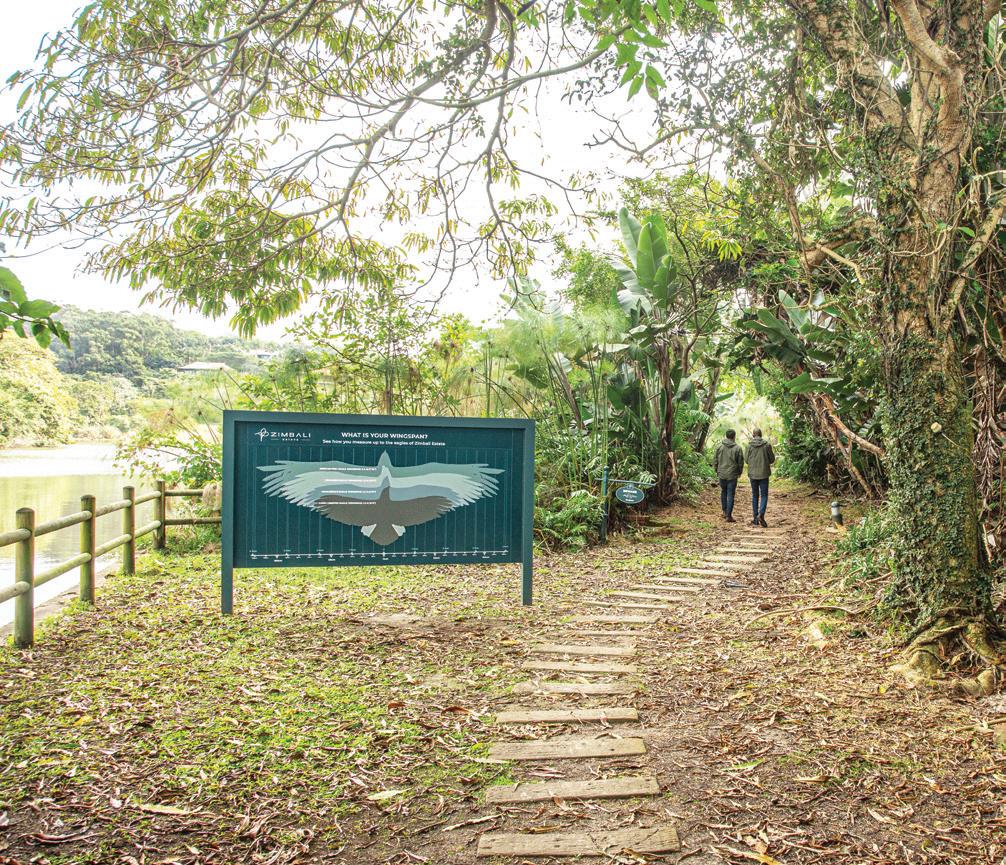
Zimbali Estate Top Dam
Bushbuck on the Estate
Eagle Trail
Juvenile Crowned Eagle
Sculpting Light, Shaping Vision
Inside the Innovation at NSG
In the world of modern architecture, where clean lines and luminous spaces reign supreme, NSG (North Shore Group) has carved a reputation for turning technical precision into high art. Specialists in architectural aluminium and frameless glass systems, NSG has become synonymous with innovation, integrity, and impeccable execution — all backed by the rare ability to design, manufacture, and install in-house.
WHETHER
IT’S A FLOATING GLASS
staircase, a panoramic façade, or bespoke aluminium cabinetry, NSG’s work is as much about the vision as it is about the engineering. “We pride ourselves on delivering elegant solutions that meet the most demanding specifications,” says founder and CEO Deon Olivier, whose exacting standards have shaped the company’s ethos since its inception.
What truly sets NSG apart in a competitive market is its comprehensive, end-to-end offering. Unlike companies that outsource critical stages, NSG’s full-service manufacturing facility (located just outside Ballito and complemented by a newly-launched Cape Town branch) allows the team to retain full control of the creative and technical process. This autonomy ensures precision at every stage, from initial CAD design to final installation.
It’s this attention to detail that has captured the trust of South Africa’s top architects and developers, who regularly commission NSG for their most
ambitious residential and commercial projects. The company’s expanding portfolio ranges from showstopping glass curtain walls to the latest innovation: a sleek range of aluminium kitchen cupboards, designed to withstand humidity without compromising on aesthetic refinement.
Driven by a belief that function and form should be inseparable, NSG doesn’t just meet industry standards: it raises them. Every project is guided by a philosophy of purposeful design, superior materials, and honest craftsmanship. “Our role is to bring the architect’s vision to life, but also to push it further: to show what’s possible when design freedom meets engineering discipline,” says Olivier.
With a reputation built largely on referrals, NSG continues to grow organically, proving that trust and word-of-mouth are still the most valuable currencies in the high-end design world.
For those seeking architectural glass and aluminium solutions that are as refined as they are robust, NSG offers a rare balance of artistry and precision. Discover more at www.nsgroup.co.za

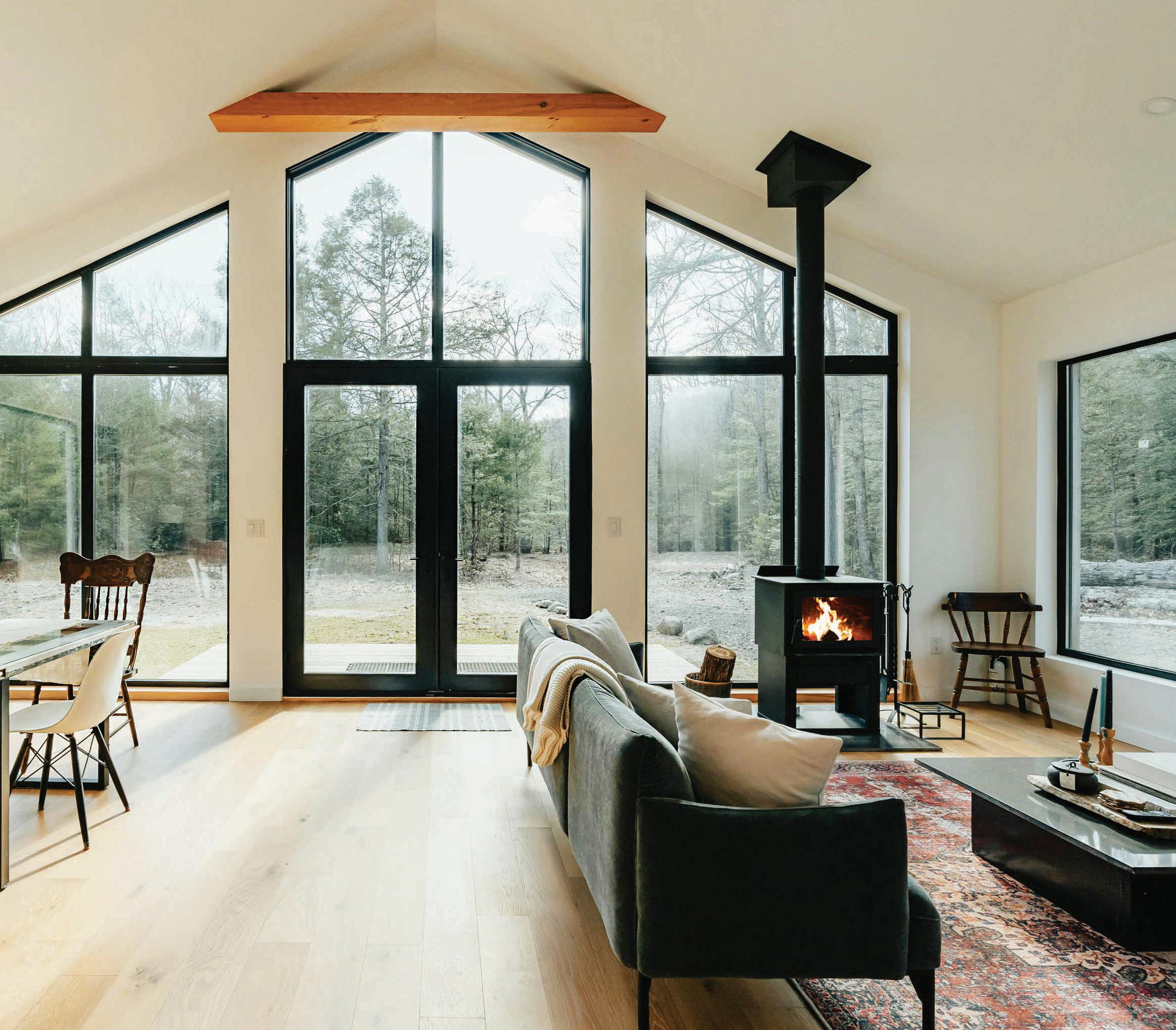
Words: Dave Charles
Pics: David Weeks Photography
A CUT ABOVE
The Art & Heart of Terry Scott
TAKEN ME MANY YEARS TO APPRECIATE how important hair is to society. Come to think about it, it was hair that introduced me to the girl who became the most significant person in my life, but that is a long story for another time.
Our radio studio is in a busy enclave of the Lifestyle Centre in Ballito. It’s the place to be for everyone who is anyone, and, as I watch the constant passing parade from behind the radio console, it is interesting to see how almost every woman that passes by our window on the world, has done something with her hair to make her feel more attractive. Many men are sporting interesting hairstyles too, but it’s the women who clearly make more effort in this arena. Some of the colours and styles are hilarious, but who am I to judge?
When it comes to professional hairstylists in this part of the world, there is one name in particular that sends shivers of excitement through the wellheeled. Terry Scott is a legend in the local hairdressing world and if you are lucky enough to get an appointment with him at his salon in La Lucia Mall, you have arrived!
Unqualified as I am to discuss the finer points of hair and what makes it shine, when the opportunity arose for me to interview this superstar of the salon, I leapt at it.
Terry Scott is a hairstyling legend, often referred to as the Vidal Sassoon of South Africa. Over a very long coffee I got to meet the man behind the iconic Terry Scott Hairfashion brand, and his story is fascinating.
Terry was born seventy-five years ago on the wrong side of the tracks in post-war Durban. His de-mobbed father became a bus driver, the only job that was available to him then, and by all accounts he was none too keen on his son’s flamboyant nature which was apparent from an early age. Hopelessly bored at school, he was naturally drawn to the theatre where, as a child actor, he performed in professional productions of shows like Oliver, The King and I,
The Wizard of Oz and The Sound of Music. When he wasn’t on the stage, he was selling programmes, and he spent his first few Rand on a pair of two-tone shoes for himself and gifts for his mother who had a hairdressing a salon in Umbilo. She loved him very much and protected him as much as she could from his father’s temper. It was his mother who first taught him the secrets of the hairdressing trade and from the age of ten he was giving styling advice at the salon. He wanted to become a professional chef but without a matric, hotel school was not on the cards, so he secured a hairdressing apprenticeship at Stuttafords…
“And I told everybody that they're going to have to watch out, because I'm here to show them what hairdressing's all about. There were twelve top hairdressers from all over the world at Stuttafords and I was not scared of one of them. I was going to steal everything I could from them with my eyes, I was going to be what I wanted to be. I started in December, I was still 15. I turned 16 on December the 30th, and only then could they register me. In March the following year, there was the Natal Hairdressing Championships with categories for first year, second year and third year apprentices. So I entered all three and won all three. I won the third year apprentice’s section after four months of hairdressing. And I'm proud of that. And since then, I've achieved everything I wanted to, I've become a hairdressing icon with an international company Twin Care, the biggest distributors in the country. I've won the hairstylist of the year, I've won avantgarde stylist of the year, I've won the top colourist in the country with L'oreal colour trophy, and it continued from there because, if I was going to do something it had to be done properly and had to be done better than anybody else, there was no way anyone was able to say “well you tried, but it didn't quite happen." I just wouldn't let anything like that happen."
In 1971, at the age of 21, Terry left Durban to take on the world. He had recently married Sandra, the love of his life, and together they set off for London. He trained for six months under Vidal Sassoon, mastering the techniques that would propel him to a leading position at Harrods’ top salon. Sandra also advanced quickly, becoming manager of Barkers on Kensington High Street. Despite their success in the UK, a desire to raise a family in a warmer, more familiar environment eventually brought them back home to South Africa. But despite his international experience, it wasn’t easy establishing himself back in South Africa. He returned to Stuttafords and worked hard, taking on extra work after hours to earn enough to start a salon of their own.
Terry is quick to acknowledge the pivotal role that Sandra has played in their story:
"She was eight months pregnant with our son, when we came back from London, we used to leave Stuttafords at 1 o'clock, drive to Newcastle, work in my uncle's garage on a Saturday till 10 o'clock at night, then work all day Sunday, go to bed and wake at 4 o'clock in the morning to come back to Durban to save to open our first salon. And she was always with me. She's been my rock, my everything."
It wasn’t long before Terry opened his first salon in Musgrave Centre - the very first KZN hairdresser to open in the suburbs. It was a huge success, but there were bigger things to come. From Musgrave, they opened in Windermere Centre, then The Pavilion, then on to Gateway before finally arriving at the La Lucia Mall… and suddenly everyone wanted a piece of the magic.
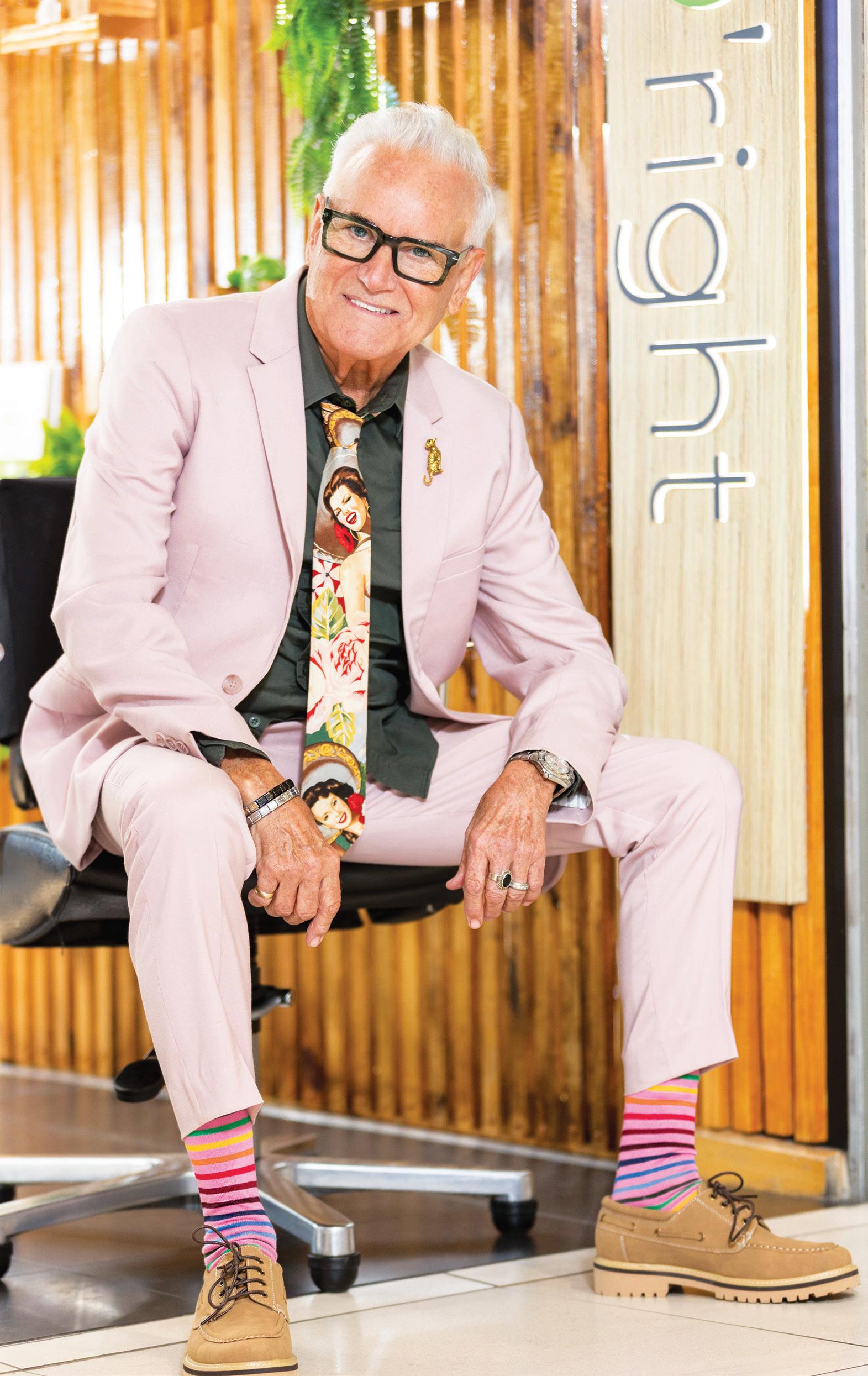
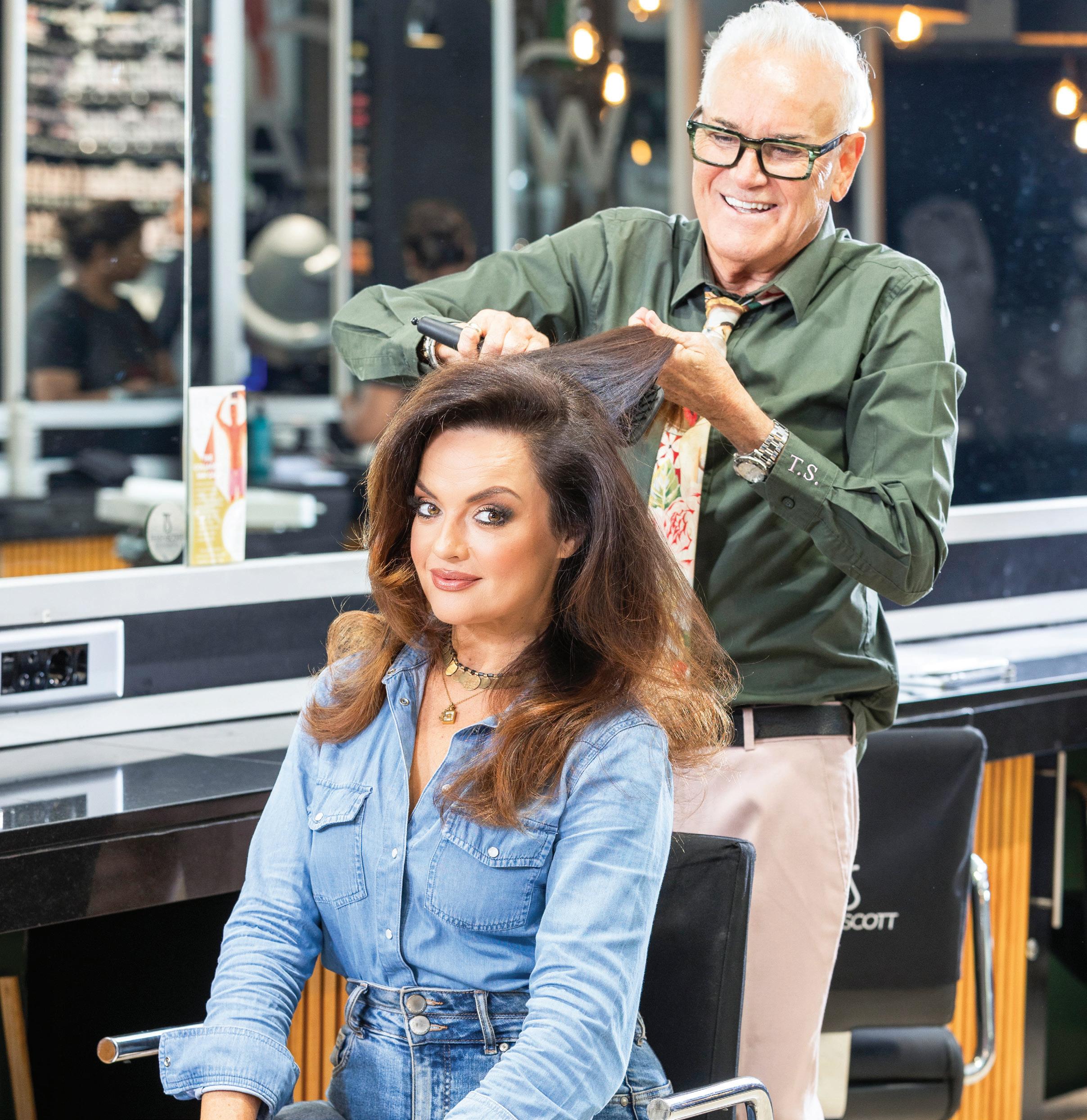
Terry makes magic. A consummate showman, he directs the salon like the MC at The Kit Kat Club in Cabaret. He is not a big man, but he is larger than life with an outrageous sense of style that has become his trademark. He loves clothes and isn’t afraid to outshine everyone in the room. His shoe collection rivals that of Emelda Marcos and Iris Apfel would have totally approved of his extensive collection of eyewear.
His personal brand remains as strong at 75 as it has ever been. But at the heart of his success lies a burning desire to make his clients feel good –about themselves and about the world they live in. Part psychologist, part father confessor and part comedian, it’s a complex relationship between hairdresser and client.
"Hairdressers do get close and intimate and your client shares more with you than they would probably with anybody else - and I think the male hairdresser, maybe even more so than a female hairdresser. I think ladies trust us more and they know that I'm not going to go to the next client and tell her all about that last one because we don't do that. Do you know what… we can also touch! We can touch. Your wife never leaves the salon without me giving her a kiss, or a little hug."
No one can take umbrage with Terry over a little flirtation. It’s part of what makes him so popular with his clients, some of whom have been with him for longer that would be polite to mention. And he looks after them. Many of his regulars have moved to accommodation more suited to their advanced years and Terry has literally moved with them, opening small hairdressing salons at two of the popular retirement facilities in Durban to make it easier for them to maintain their appearance, and give them something to look forward to. And when the occasion presents itself, he loves nothing more than treating someone who doesn’t have the means, to a little pampering, Making the world a better place with random acts of kindness – it’s just what he does.
And despite the passing of the years, it’s still Showtime at Terry Scott. He remains passionate about his chosen profession. For him, it was never just a job. It has always been a way to keep caring for people. And as long as they keep coming through the door, he’ll be there, scissors in hand, ready for the next performance.

Terry Scott Hair Fashion
@terryscotthairfashion
Eyewear: Execuspecs
T RUE BLUE
T RUE BLUE
By Lisa Smith
By Lisa Smith
BLUE IS ONE OF THE MOST VERSATILE AND BELOVED COLOURS IN INTERIOR DESIGN. OLALA INTERIORS SHOWCASES SOME OF THEIR BLUE-THEMED PROJECTS WHERE EACH SPACE HAS BEEN INFUSED WITH ELEGANCE AND SOPHISTICATION.
BLUE IS ONE OF THE MOST VERSATILE AND BELOVED COLOURS IN INTERIOR DESIGN. OLALA INTERIORS SHOWCASES SOME OF THEIR BLUE-THEMED PROJECTS WHERE EACH SPACE HAS BEEN INFUSED WITH ELEGANCE AND SOPHISTICATION.
“Feeling blue never looked so good.”
“Feeling blue never looked so good.”
A niche nook off the dining room in this residential home in Cape Town’s iconic Clifton was elegantly designed for comfort and relaxation with its picturesque views of the Atlantic Ocean from the double hung windows.
A niche nook off the dining room in this residential home in Cape Town’s iconic Clifton was elegantly designed for comfort and relaxation with its picturesque views of the Atlantic Ocean from the double hung windows.
Chaise day beds wrapped in a delicate, geometrically patterned velour in onyx cosy up this space with glamorous blue tweed style scatters acting as an exceptional stylish layer for added comfort and contrast.
Chaise day beds wrapped in a delicate, geometrically patterned velour in onyx cosy up this space with glamorous blue tweed style scatters acting as an exceptional stylish layer for added comfort and contrast.
Black velvet double volume curtains create an elegant intimate ambiance set against the striking liquorice pinstripe wallpaper -
Black velvet double volume curtains create an elegant intimate ambiance set against the striking liquorice pinstripe wallpaper -
a smart choice for this space, accentuating not only the rooms height but contributing to its splendor. A striking hand tufted contemporary rug in medieval blue with geometric shapes in a subtle shade of ivory is a luxury underfoot accent with its lustrous blend of wool and viscose. A plush addition enhancing the space as well as adding a layer of warmth and beauty.
a smart choice for this space, accentuating not only the rooms height but contributing to its splendor. A striking hand tufted contemporary rug in medieval blue with geometric shapes in a subtle shade of ivory is a luxury underfoot accent with its lustrous blend of wool and viscose. A plush addition enhancing the space as well as adding a layer of warmth and beauty.
Set on the black marble tables, are beautiful fresh bouquets of ivorycream roses and white lilies in symmetrical glass and gold vases which further enhances the stature of this space drawing one in with their fresh alluring fragrance.
Set on the black marble tables, are beautiful fresh bouquets of ivorycream roses and white lilies in symmetrical glass and gold vases which further enhances the stature of this space drawing one in with their fresh alluring fragrance.
Oceanfront Opulence: A tastefully furnished Clifton home above the waves.
Oceanfront Opulence: A tastefully furnished Clifton home above the waves.
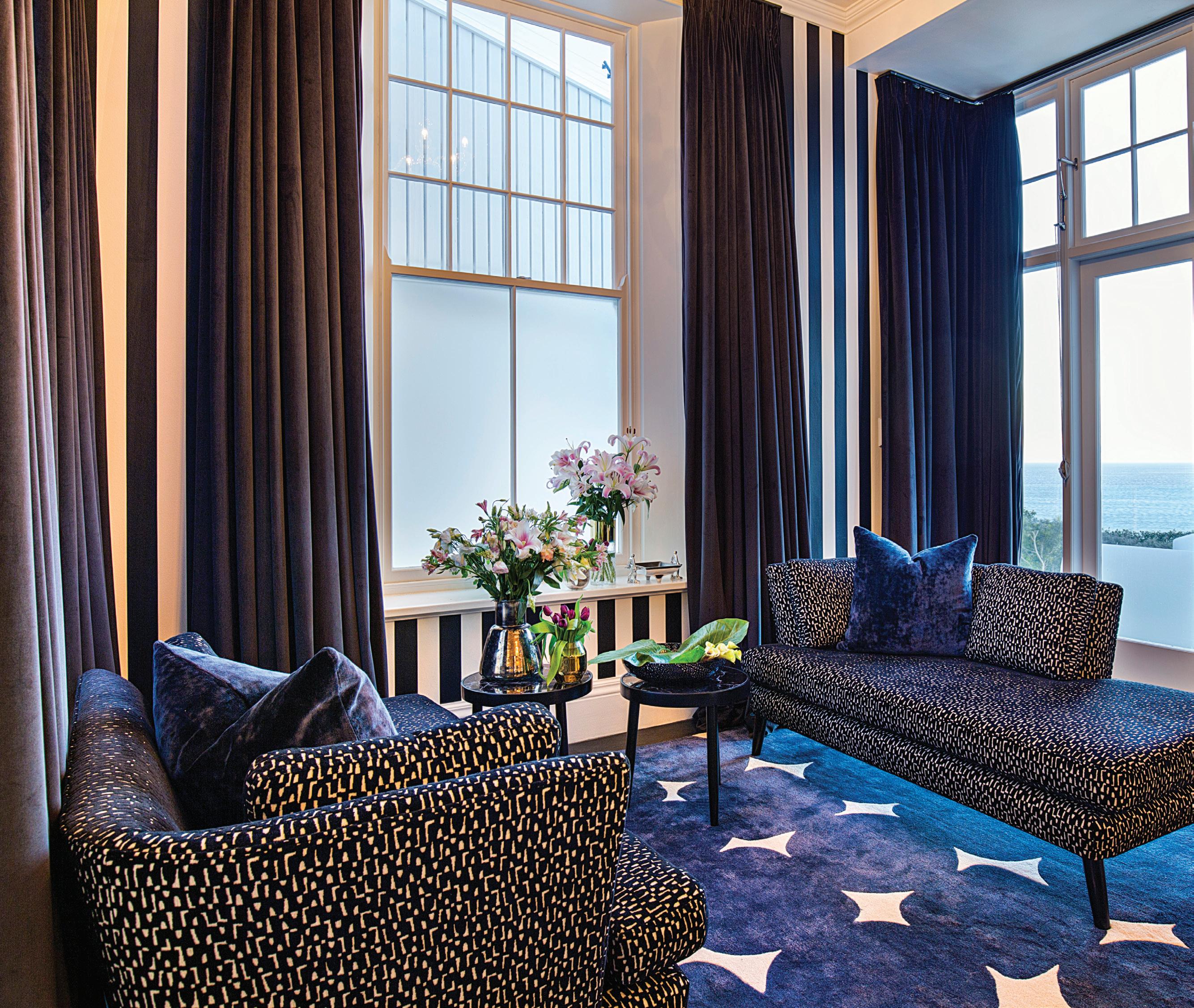

Fit for Royalty: The private lounge in the Master Suite of this Clifton residential home features two inviting Chaise daybeds wrapped in an alluringly sumptuous velvet in midnight blue - its Moiré design emulating undulating waves. Complimented by artistically bold spray-dyed scatters to create the irregular stripes with a tactile touch and charming lustre. The blue chaise contrasts beautifully against the metallic gold Greekinfluenced geometric patterned wallpaper.
A pair of nesting tables with a speckled metal top and gold base with a bunch of fresh ivory roses in a decorative soft grey and black ceramic holder and gold hearts are stylish touches adding to the luxe and rich interior of this intimate space. Underfoot is a grey and blue toned python print rug made from hand knotted Tibetan wool for an added layer of comfort and sophistication.
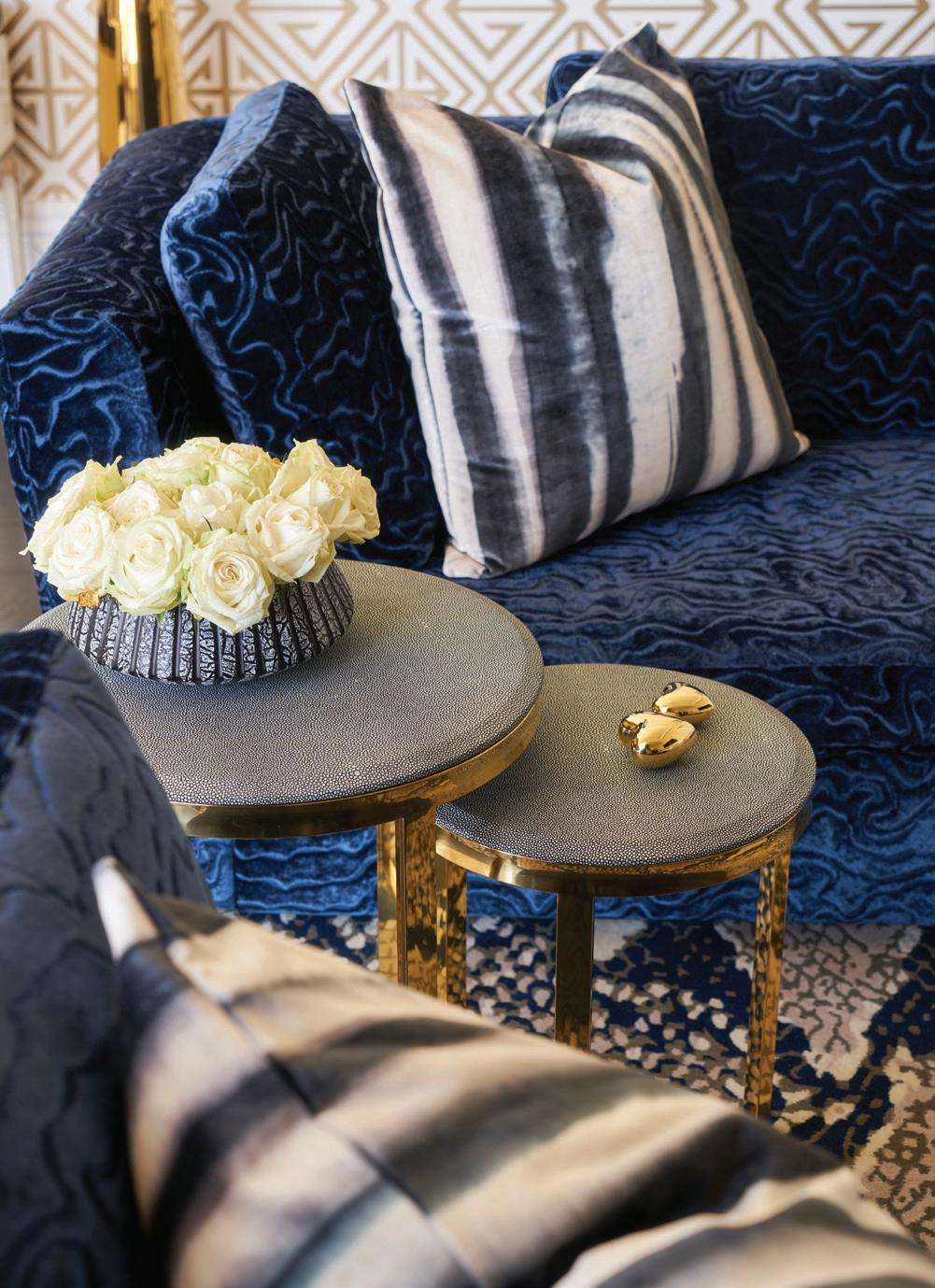
A Fusion of Modern Contemporary and Elegant Opulence: The open-plan dining and TV lounge area in this ultra-contemporary home exudes refined elegance and bespoke craftsmanship.
The dining space features a solid Ash table with a symmetrical Forest Black Duco base -an elegant choice that brings modern flair. Surrounding it, chairs upholstered in a soft, hexagon-patterned metallic velvet elevate the ambiance with their tactile comfort and subtle shimmer.
A hand-tufted wool rug in abstract shades of blue and beige anchors the space, adding depth and cohesion. Accents such as a tripod lamp, a round gold-lined mirror, metallic blue and leather vases, and a faux bouquet of white flowers contribute refined decorative touches.
The TV lounge flows seamlessly from the dining area, shifting the mood from formal elegance to relaxed comfort. A trio of nesting tables with warm timber tops brings a cozy element, while side tables with gold frames
and wooden tops add a crisp, contemporary contrast.
A subtle grey textured wallpaper enhances the room’s depth and visual interest. Completing the space are two occasional chairs with curved wooden frames and blue chenille upholstery, blending traditional elegance with modern comfort for a harmonious living experience.
“Let the blues do the talking.”
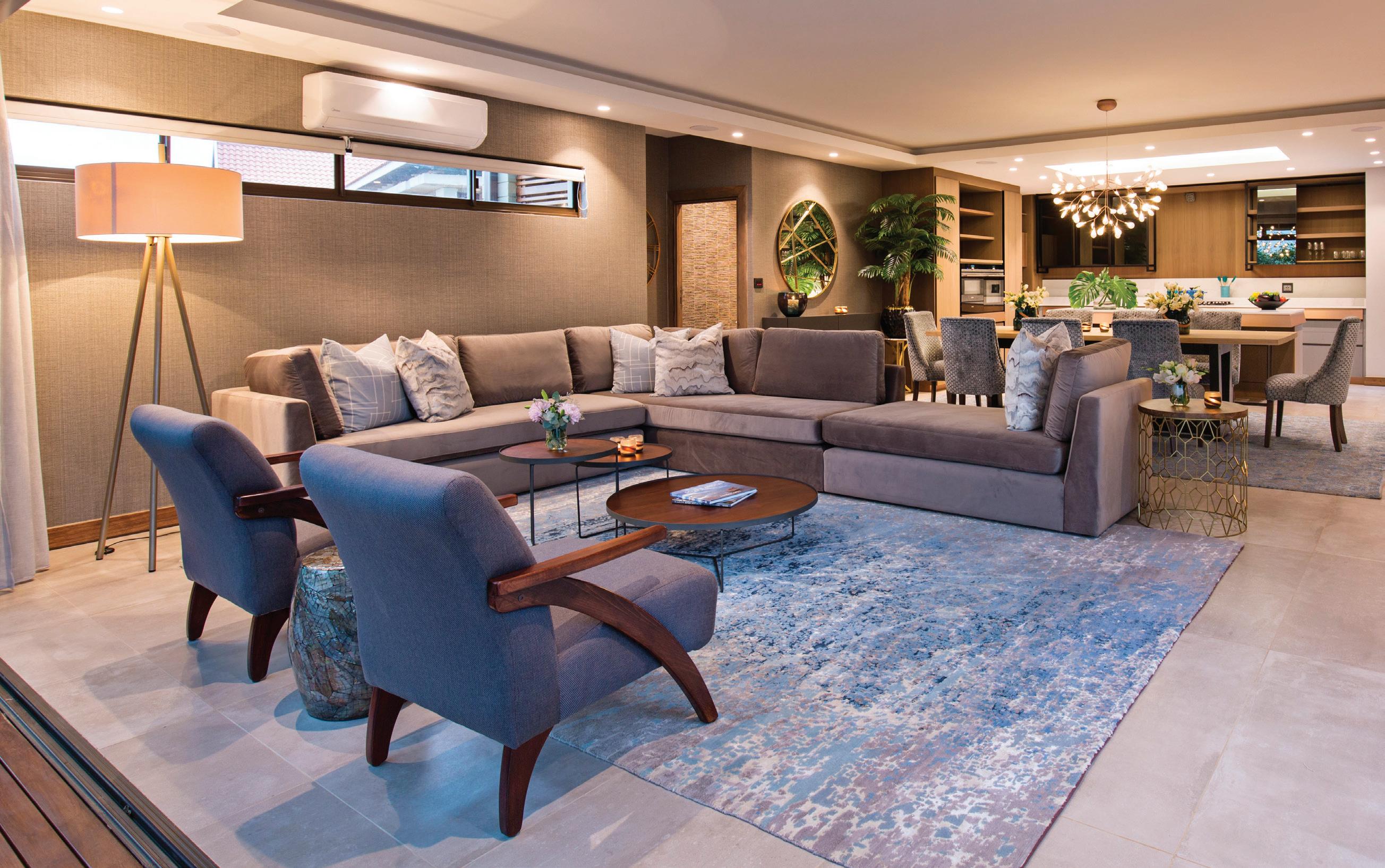
The L shaped modular sofa in soft grey suede is enhanced by velvet wavy scatters in soft tones of beige, blue and grey.
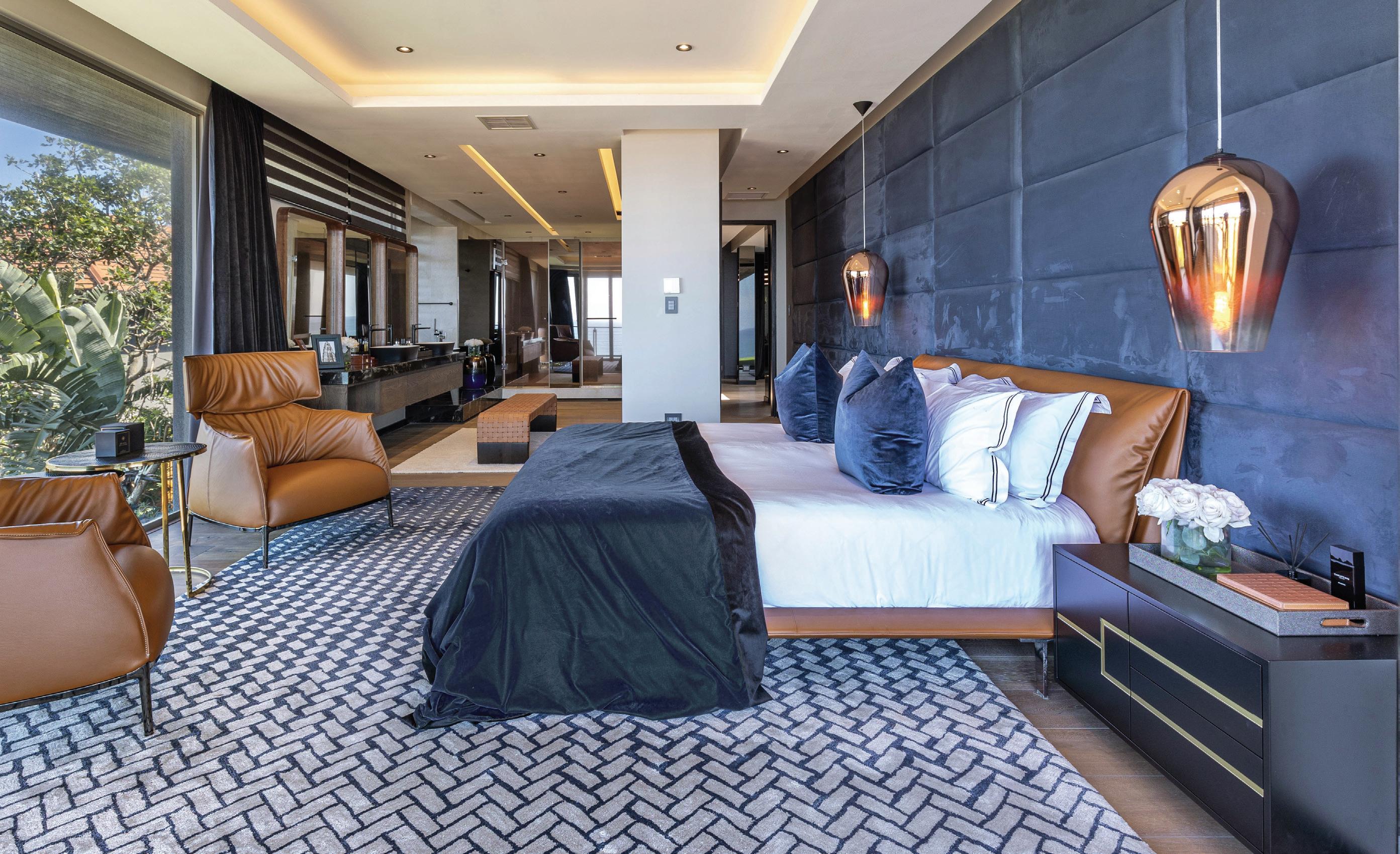
and
Serene Sophistication: A Master Suite in Rich Navy and Warm Neutrals: Be inspired by the rich and calming palette of this beautifully designed Master Suite, where deep blue takes center stage. Oversized wall panels upholstered in sophisticated navy suede add both texture and warmth, transforming the space into a serene sanctuary. These panels create a dramatic focal point behind the bed, their moody tone offering a perfect balance—
dark enough to feel cocooning, yet vibrant enough to uplift the room. The bold use of blue is offset by a tan leather headboard and matching accent chairs, which introduce warmth and contrast, softening the darker hues and adding visual interest.
Elegant metallic fade Tom Dixon pendants hang gracefully on either side of the bed, transitioning from reflective to transparent
and casting a warm amber glow that highlights the luxurious suede panels. Blue velvet scatter cushions and a navy and black velvet throw enhance the layered, tactile richness of the space. Beneath it all, a plush contemporary rug in a soft grey and blue geometric pattern provides both visual harmony and comfort, lending a sense of understated opulence while enhancing the room’s cozy and inviting atmosphere.
The bold use of blue in this Master Suite offers a cocooning comfort with the opulent softness of suede
velvet.
The use of blue is anything but cold — it’s urban, curated, and deeply inviting for the owners of this Camps Bay apartment.
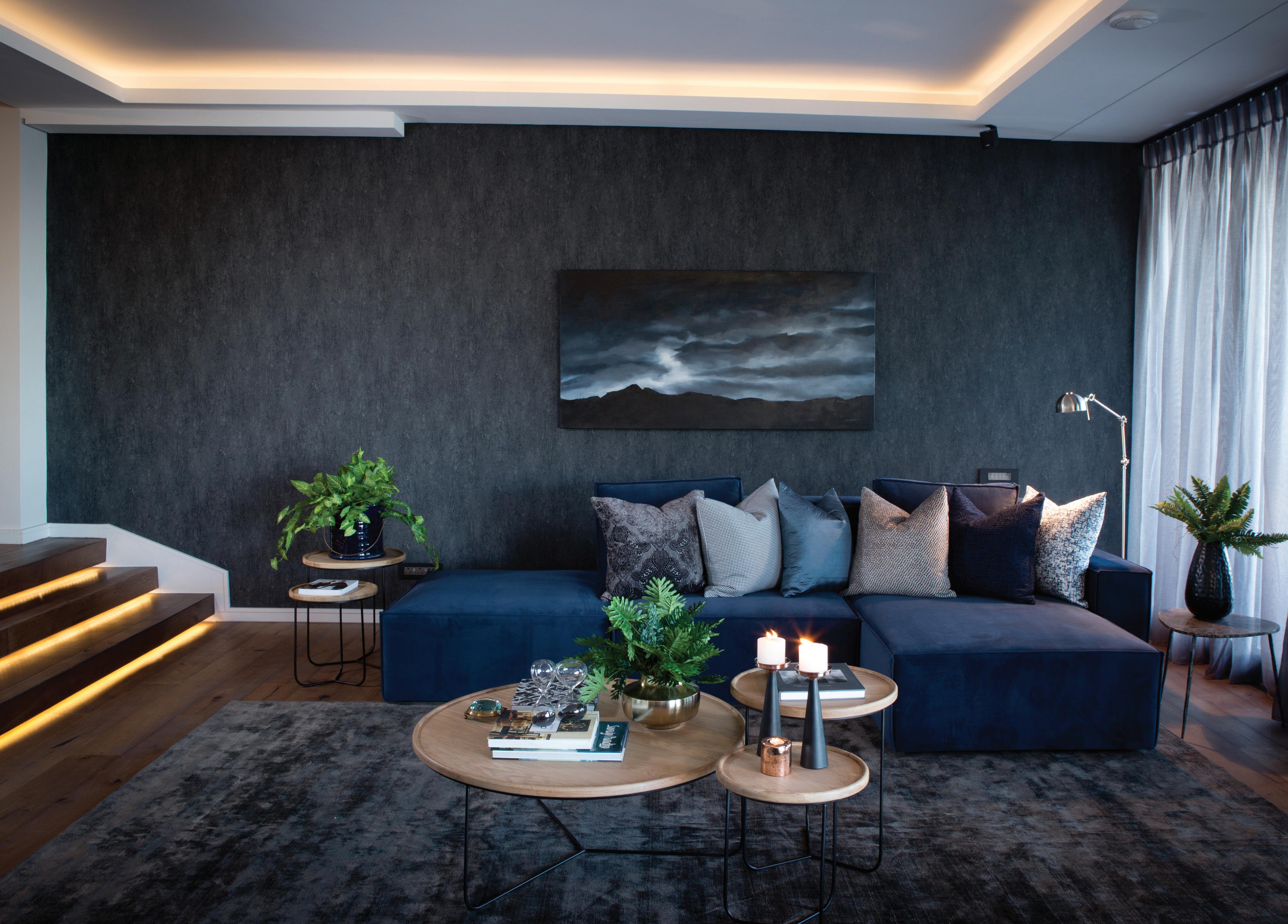

“Blue
is the coolest colour, literally.”
Coastal Drama Meets Urban Sophistication: In the ultra-modern lounge of this sophisticated Camps Bay apartment, a moody palette of deep ocean blues and stormy greys sets both a dramatic and calming tone, evoking the ever-changing moods of the sea. This atmospheric backdrop instantly immerses the space in a sense of serenity and stylish depth.
At the heart of the room is the modular sofa, an elegant choice upholstered in a sumptuous dark blue velvet. Radiating understated luxury, the sofa’s rich hue and plush texture create a magnetic focal point that invites rest and relaxation while anchoring the room with its confident presence. Carefully styled with a selection of scatter cushions in velvet and textured weaves, the sofa gains added dimension and tactile appeal.
Complementing this arrangement is a trio of nesting coffee tables with warm wooden tops and sleek steel frames. These sculptural pieces lend a refined,
contemporary edge while offering practical functionality. The surrounding walls are clad in a non-woven charcoal wallpaper with a textured cement effect that introduces a tactile rawness, balanced by the space’s clean lines and curated finishes. The weathered black ‘Thunder’ rug adds both grounding texture and a sense of visual weight.
Layered styling elements complete the scene: soft grey sheer curtains, vibrant greenery, including ferns, syngonium bush, and philodendron, and a collection of gold and black metal vases, gold glass candle holders, and hourglasses. These curated accents add warmth, movement, and a hint of luxe to the environment.
Finally, a satin nickel floor lamp casts a soft, ambient glow across the room, seamlessly tying together the space’s rich textures and tones in a harmonious composition that perfectly blends coastal elegance with urban sophistication.
Luxury, sublime and subtle, or bold and fabulously over the top. This underpins the design style of the OLALA INTERIORS team. With over 30 years of good standing in the interior design world, OLALA INTERIORS celebrates crafting and curating interiors that radiate responsive, mindful design.
With meticulous attention to detail, an unrivaled luxury design expertise, and a unique approach to interiors, this award-winning team of designers and craftsmen create perfect habitats for discerning clients. Quality workmanship and luxurious finishes underscores each and every installation.
OLALA INTERIORS know the importance of authenticity and treat all projects in a unique way to develop their own personality, signature and style. Clients are assured of always receiving the very best service.
Words: Tara Boraine
Artclub & Friends
CRESCENDO
Artclub and Friends is the independent brand by artists, for artists. They do not gender their pieces and they call Cape Town home. Created by Robyn Keyser in 2016, Artclub has been at it for nearly 10 years, making clothes by artists, with artists, for artists. We sat down (virtually) with founder Robyn Keyser & team to chat to them about their vision for their upcoming Autumn/Winter '25 collection, including the music that inspired them, their collaboration with local jazz band Kujenga, and how to stay true to your values for the long term.
This one’s for the dreamers, the creators and the music heads.
THE NAME: Why “Crescendo”?
Crescendo is a musical term that means “a gradual increase in intensity,” and that perfectly captured the feeling we had coming into this collection. It wasn’t just about the clothes - it was about the moment we find ourselves in today. After 9 years of building Artclub, we’re stepping into our next act, and the energy is building. The name came out of a conversation with our team, and then collaborating with Kujenga, the jazz band we collaborated with - their journey is something we can relate to and in some ways mirrors our creative process, so celebrating our journeys together through this project felt really exciting. So Crescendo became a metaphor for both the collection and both of our journeys. This is the build-up. The anticipation before bigger moments to come.
THE PROCESS: What does the development process look like inside Artclub?
We’re not a corporate boardroom - we’re a creative studio. Conversations happen over jazz rehearsals, fittings with artists, Uber trips to meetings, behind the booth at parties. The “room” is our studio, our balcony, and when getting together with our community. For Crescendo, we worked with Kujenga, videographer Royd, photographer Tsele and sound studio to bring it all to life. Everyone touched the vision. It’s not a top-down process and truly a coming together of everyone's talents - a lot like a jazz band does.
How does “by artists, for artists” show up in this collection?
Every collection we produce aims to support something special in our creative community. This collection was able to support Kujenga in recording some of their unreleased music and releasing it into the world. Furthermore when it comes to how each piece is manufactured, we collaborate with our partners to find the best ways to produce. Our manufacturing partners, many of whom have worked with us for years, are seen as part of that artistic ecosystem, they are artists in their own right. It’s about honouring the full creative chain - not just the final product.
Cape Town’s cultural energy?
Cape Town is a complex city, that comes with many ongoing issues, the shadow of apartheid still informs so much of how the city is able or not able to thrive. There’s an urgency and a freedom in the air. It’s not just a “scene”; it’s a renaissance. You’ll see a self-taught DJ, a political poet, and a streetwear designer all creating in one room. That energy feeds Crescendo; it’s loud, it’s rooted, and it matters. We feel really lucky to be based in this city in this moment, the world is watching and we are so proud to see the incredible strides our fellow creatives are making.
What cultural influences fed into the collection?
Jazz was the obvious one - not just sonically, but structurally. Improvisation, rhythm, repetition. But also: the work of Kofi Ofosu-Yeboah, learnings from Santu Mofokeng’s photography, and moments like Tyla’s global rise - these remind us of our unique voice and opportunity as South Africans. Crescendo is in conversation with all of that - it’s less a reaction or comment, but rather a celebration of all that we are seeing.
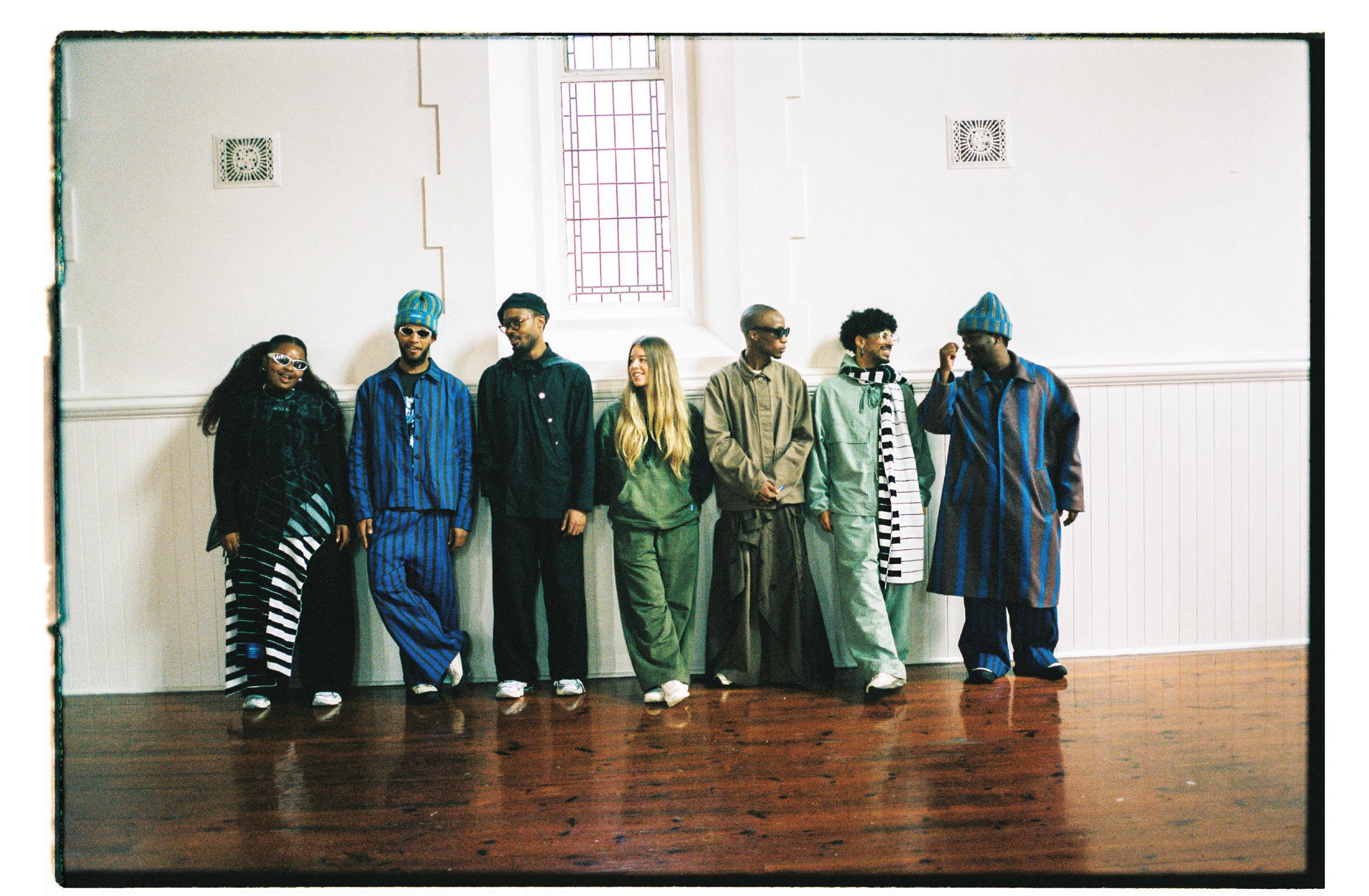
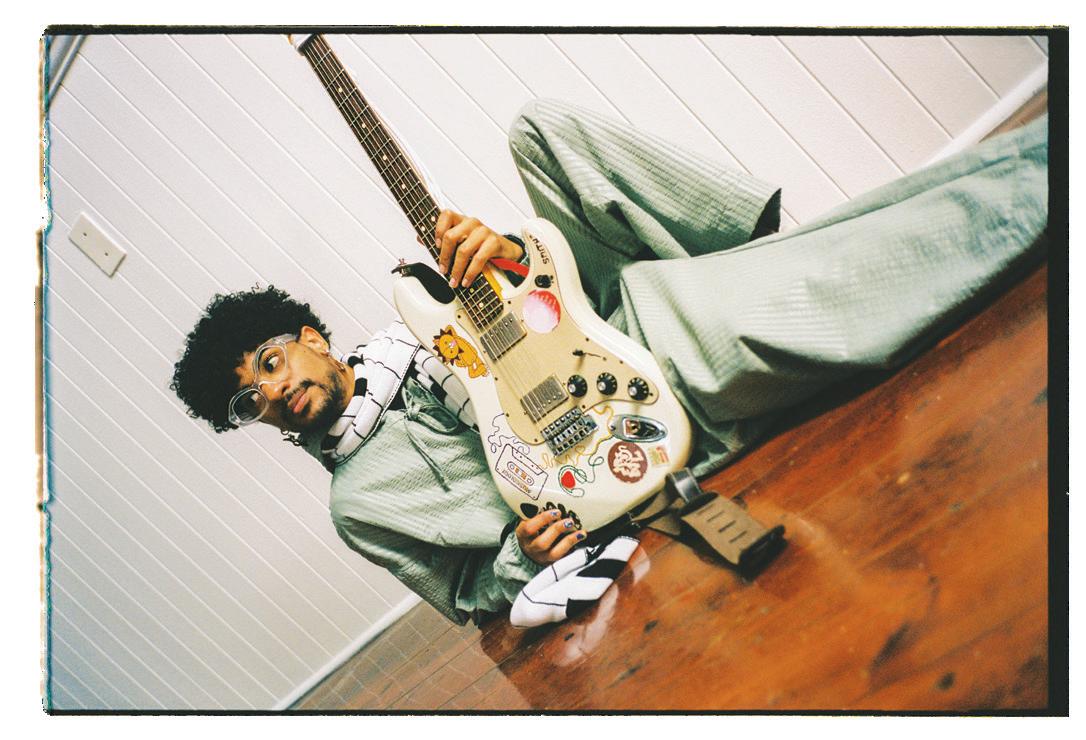
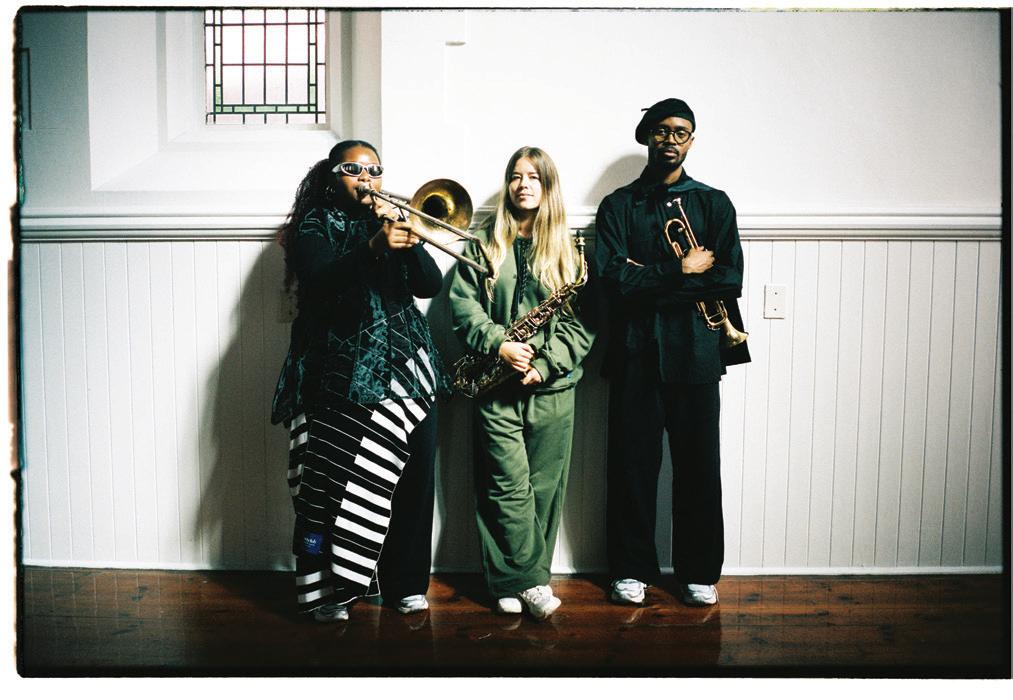
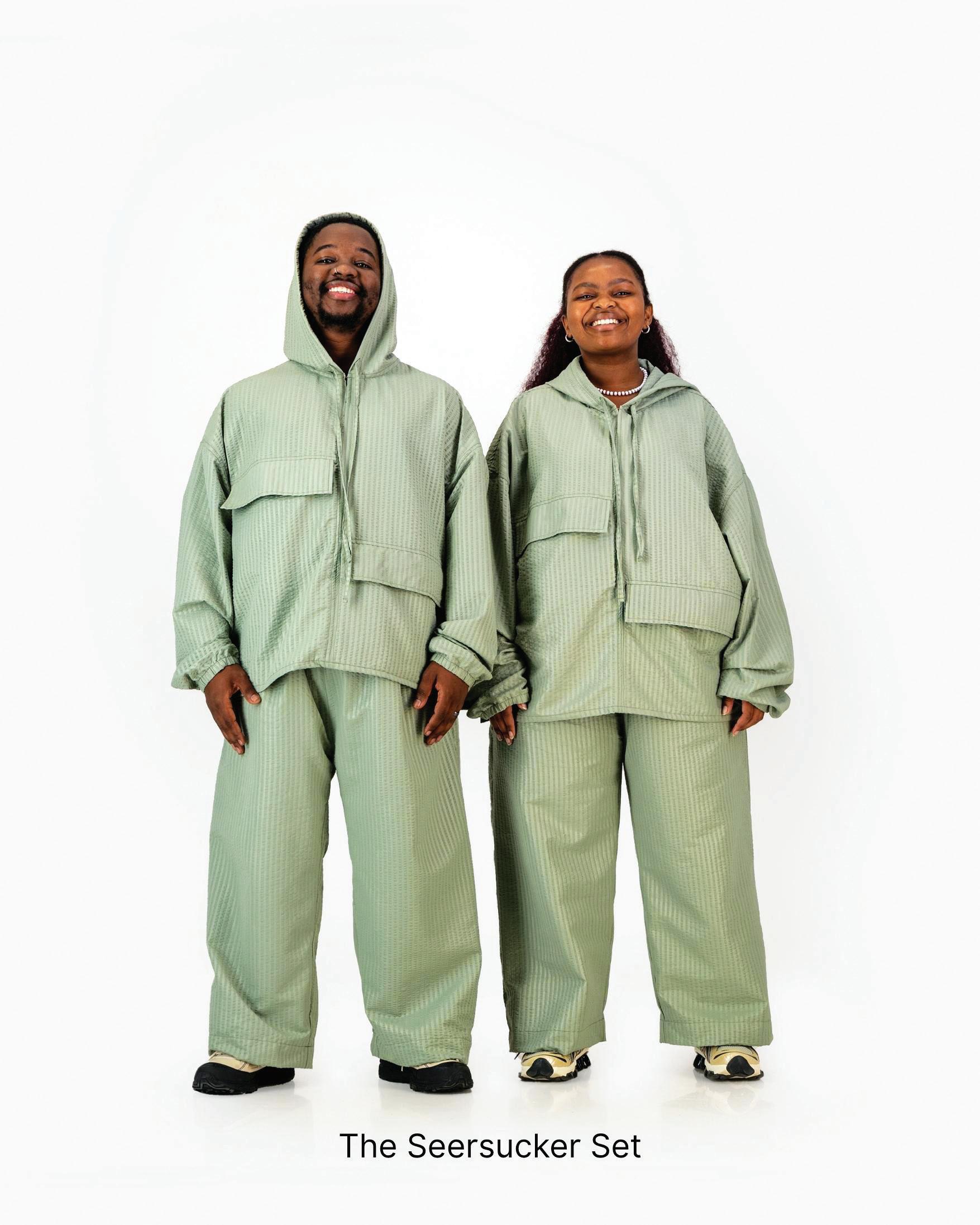
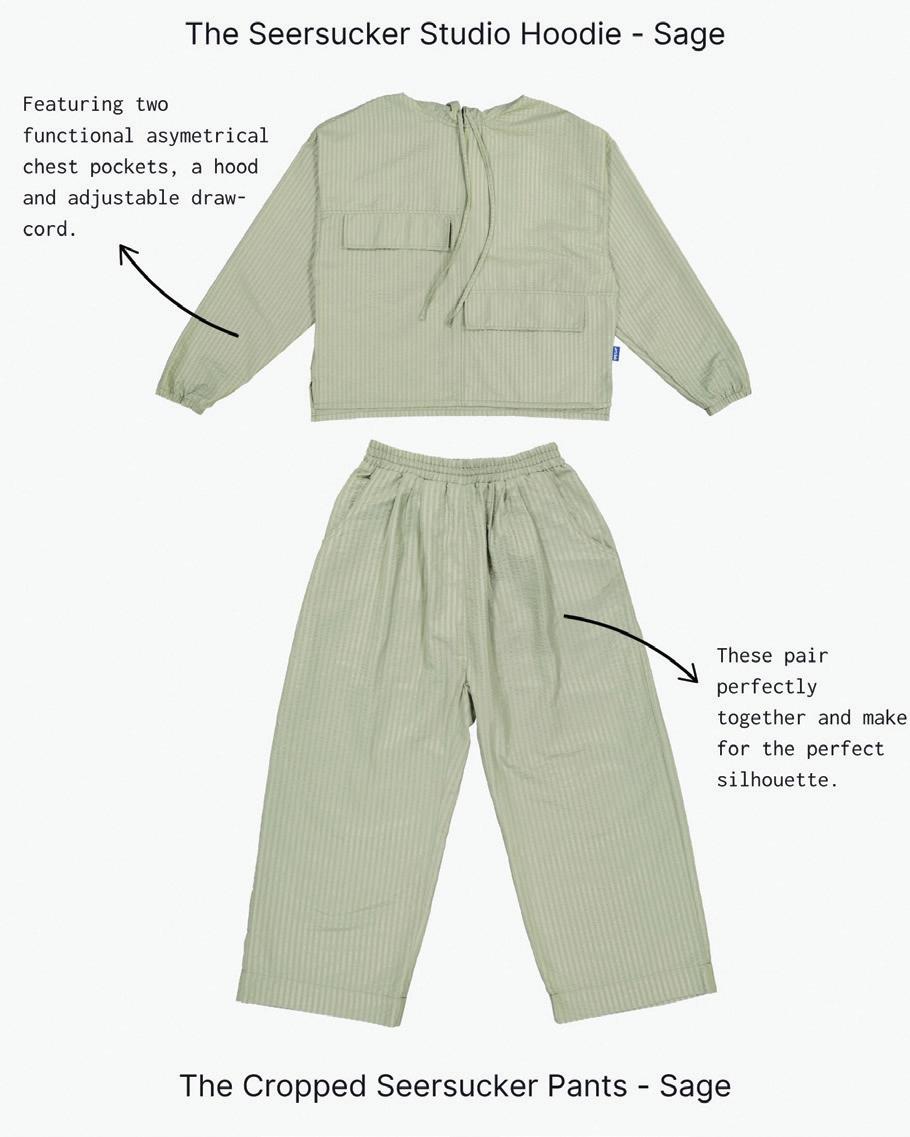
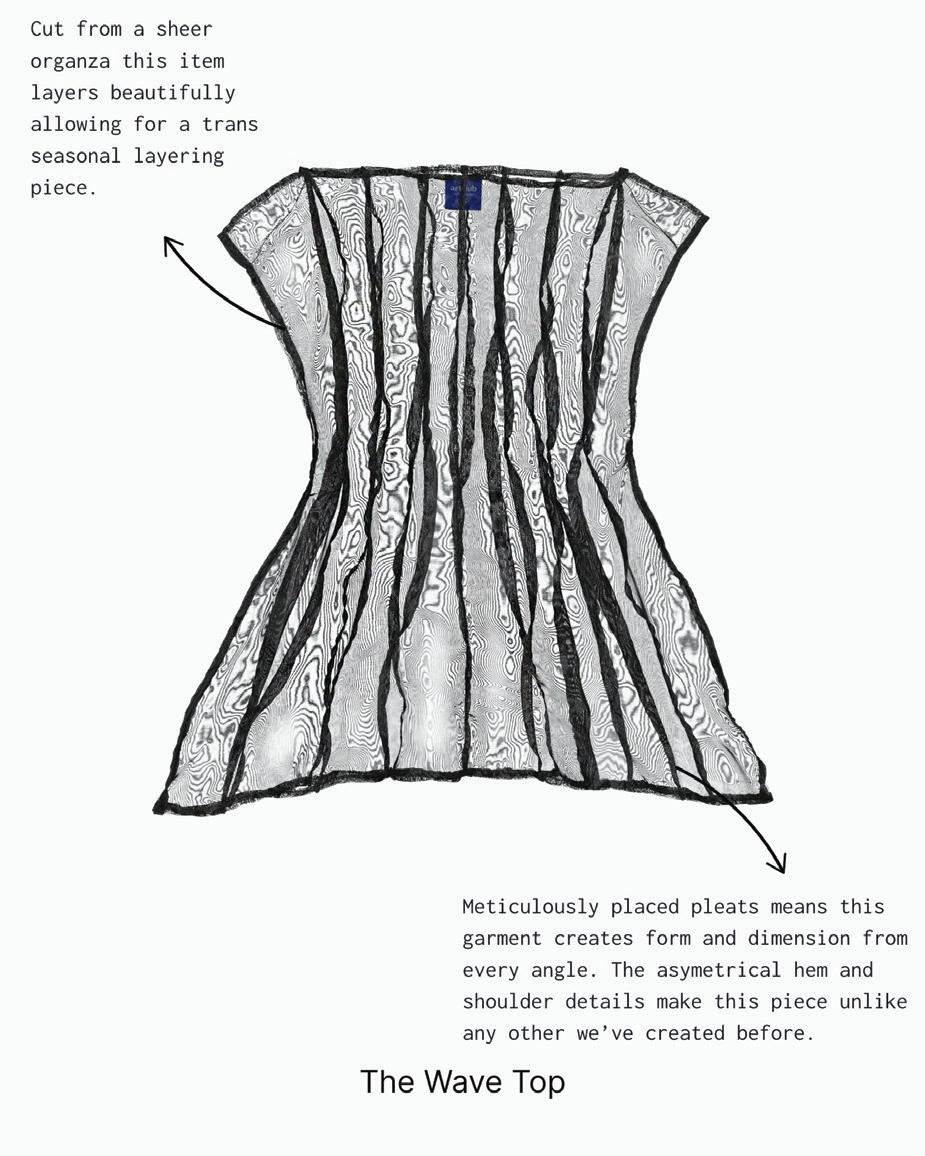
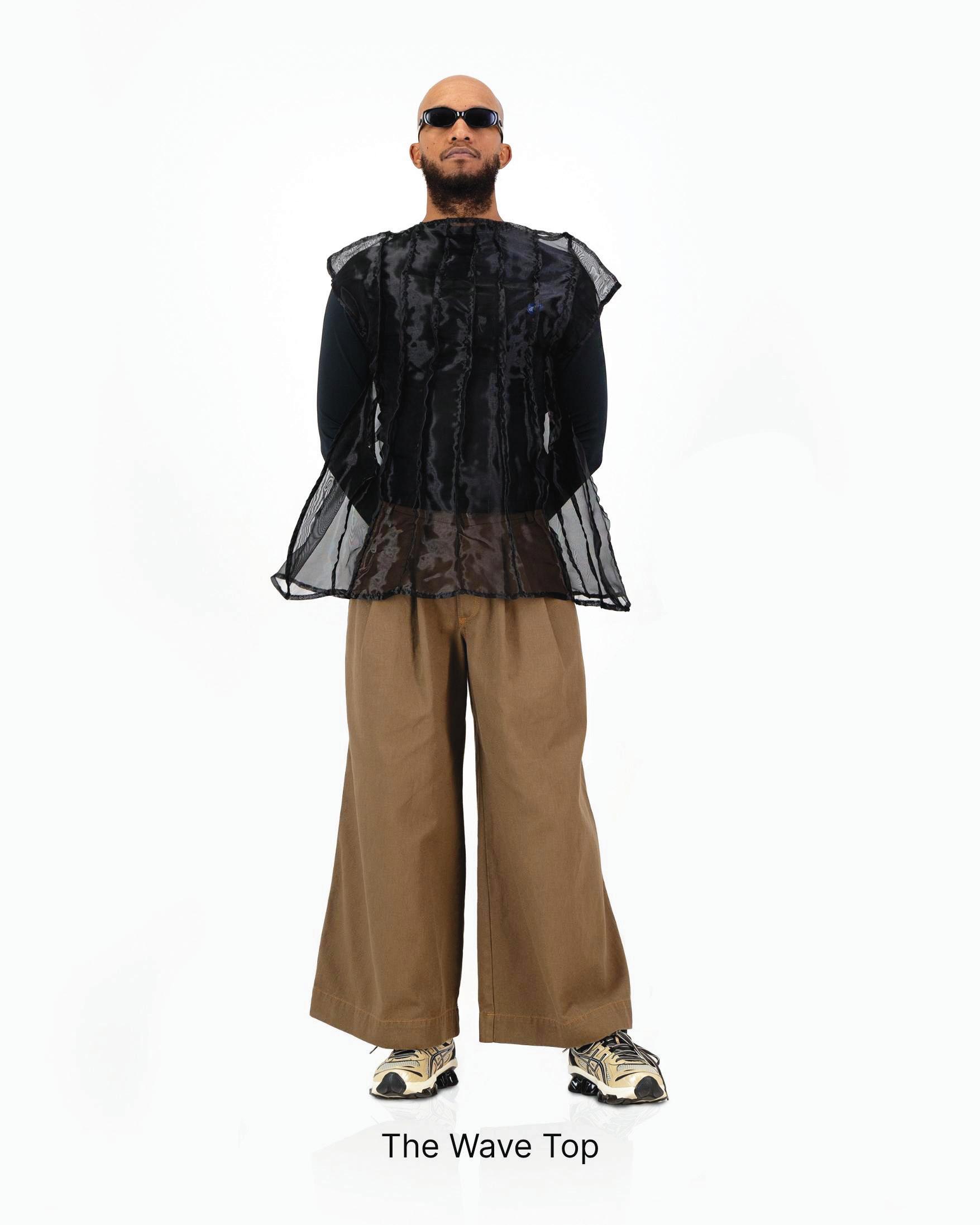
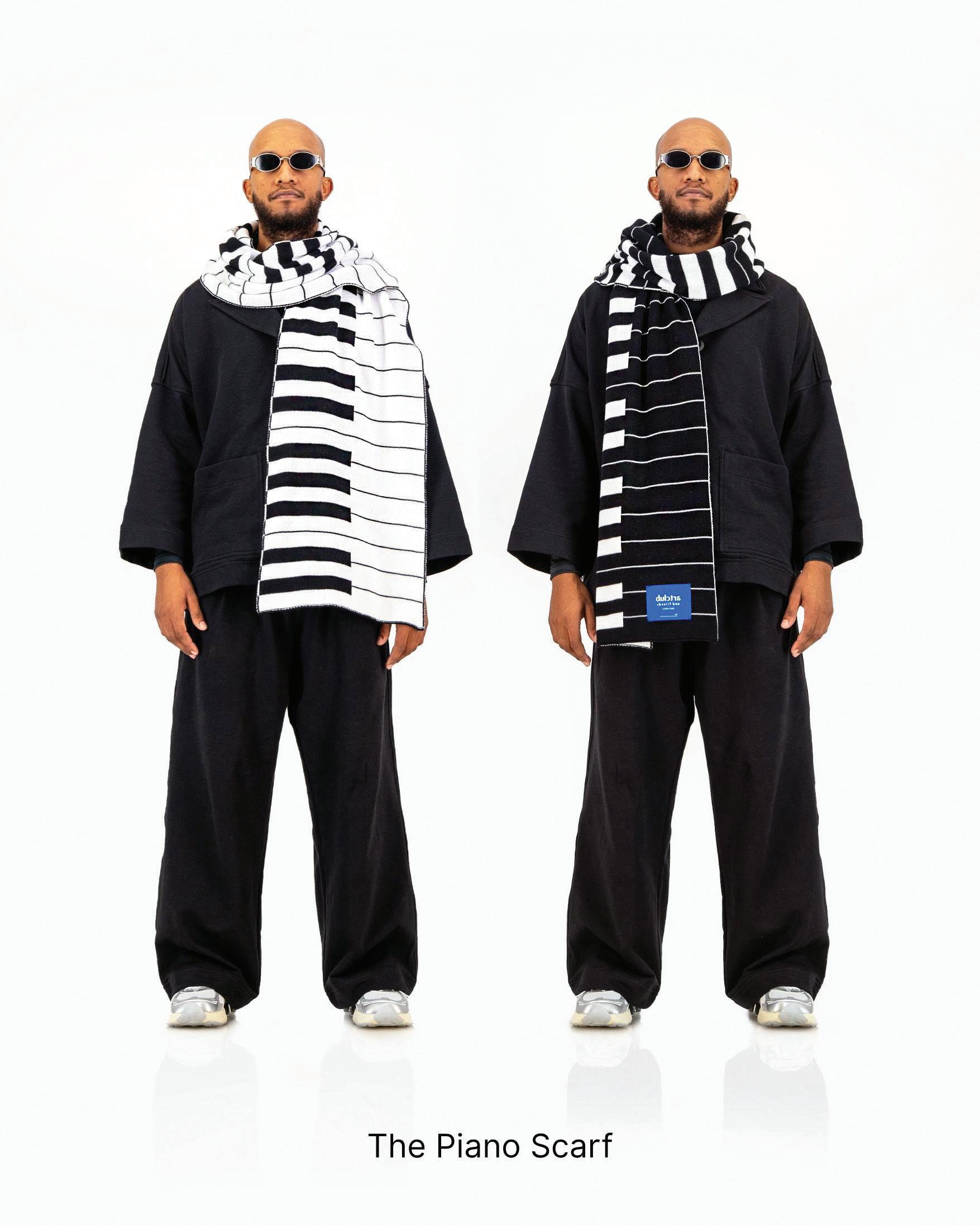
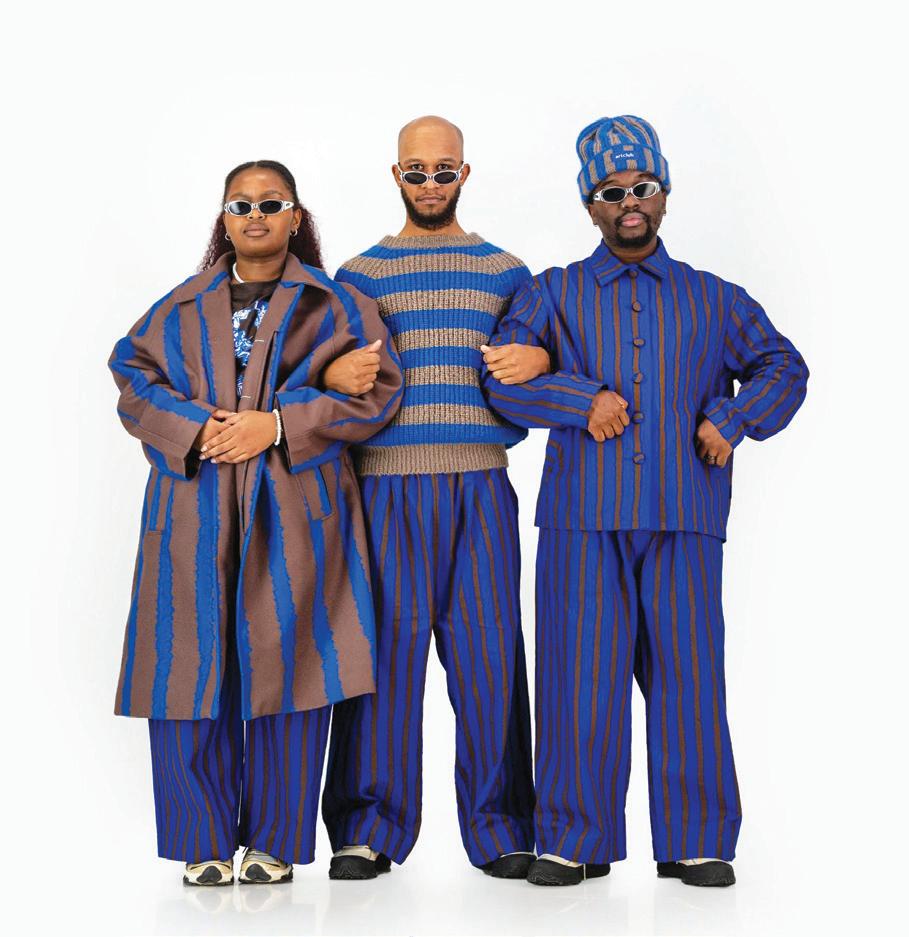
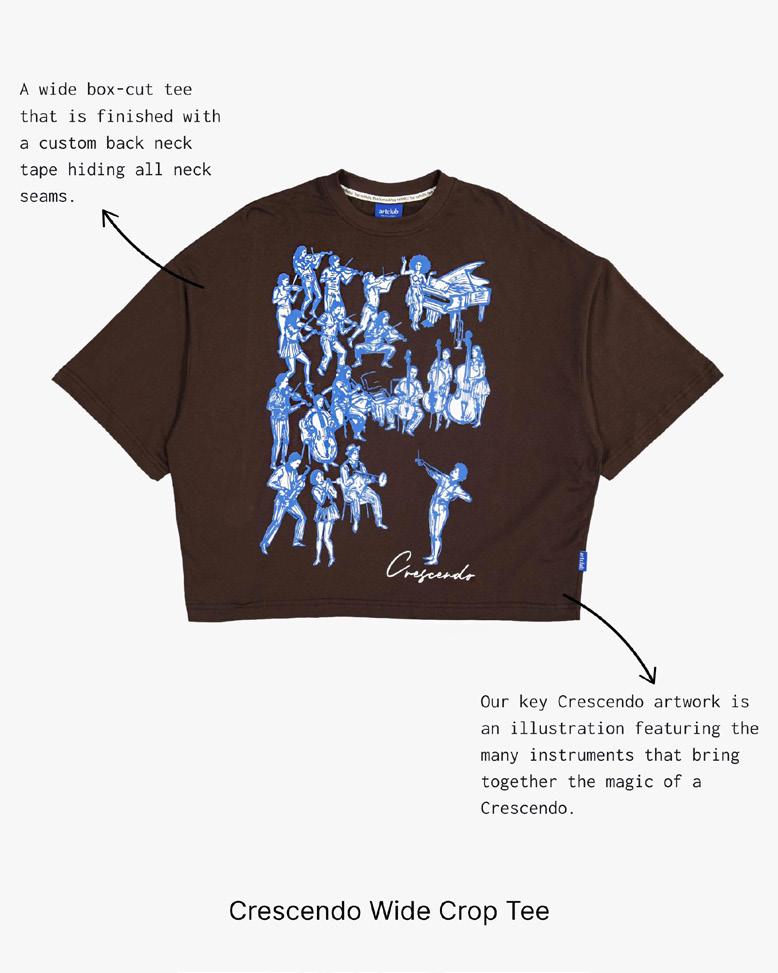
How did you balance a Mr Price collab with your independent identity?
Honestly, we only said yes because we didn’t have to compromise. From our first meeting with the team, we understood we had an incredible opportunity to merge what we both do to create a very special offering. The collaboration was about amplification and accessibility, not dilution. If our mission is to amplify African artists, then we also need access. Mr Price gave us distribution muscle, but we kept full creative control. The goal isn’t to stay small. The goal is to stay true. This collaboration showed us it’s possible to do both.
Visual and conceptual DNA of Crescendo?
Visually, Crescendo is quite eclectic but still true to the uniformity of our collections - a tension between soft tailoring and structure. Silhouettes are fluid: trousers you could dance or perform in. You’ll see recurring lines inspired by sound waves and brushstrokes, to pleating that mimics tempo. The palette? Think midnight tones, brass, deep umbers - I was very inspired by the instruments in a jazz band, their details and textures too. And of course you will always find something blue. Conceptually, it’s about build-up, anticipation, and control giving way to freedom.
How does sustainability manifest in this collection?
Sustainability isn’t a theme; but rather part of our infrastructure. Every piece was made in Cape Town, by machinists we know by name. We used deadstock where we could, and keep units very limited to ensure no waste. It’s slow by design. In Crescendo, we limited waste by creating multipurpose silhouettes - garments that transform with movement. Political? Yes. Because local manufacturing isn’t charity - it’s proof that we are global competitors.
What moments and moods is this collection designed for?
Crescendo is for the stage and the street. It’s for the opening night, the gallery show… the last song of the set… It’s celebratory but not flashy. It’s meant for those in motion - artists, thinkers, lovers. The moods? Anticipation. Selfpossession. Joy.
What evolution does Crescendo represent since 2016?
From thrifted fabrics and handwritten tags to live jazz shows and wraparound studios - this is our biggest creative leap yet. Crescendo marks the moment where we stopped surviving and started composing. We’re truly proud to have stayed true to "why we exist" for 9 years and counting, but are excited to continue to refine “how we exist."
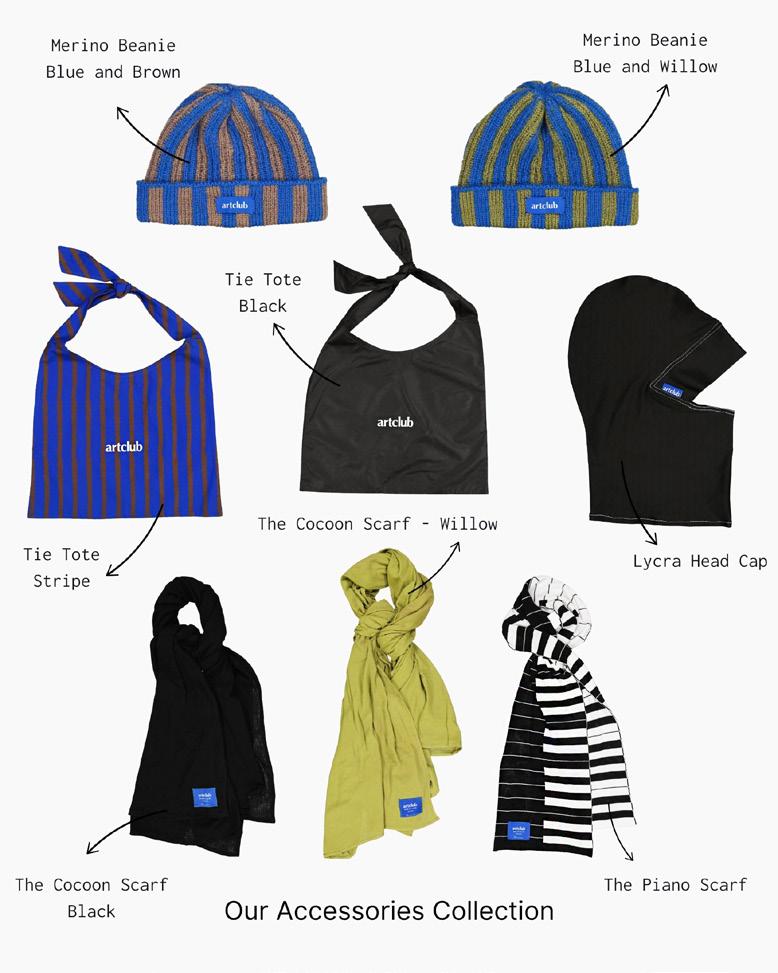
How do you approach pricing between accessibility and sustainability? It’s delicate and it’s challenging. We price for longevity and value - not volume. Each price tag carries fair wages, intentional sourcing, and considered design. But we also feel accessible design is important in South Africa. That’s why we offer multi-tier collections, studio samples, and now, collabs that broaden reach. We want our community to feel proud - not priced out.
Balancing local authenticity with global appeal?
We never try to “translate” for a global audience. Instead, we double down on the feeling of home. Our local stories are the global story. The more rooted we are in home, the more resonance we find in New York, Lagos, Tokyo. Cultural value travels. It's the emotional truth that makes you globally important, not your location.
The ideal future of Artclub?
A globally celebrated studio from Africa - designing clothes, spaces, and experiences that reconnect people to the power of intentional and impactful design. We want Artclub to be more than a brand - we want it to be a platform for good. A place where artists across the diaspora feel seen, supported, and celebrated. That’s the vision.
We look forward to seeing this vision manifest!
Catch the Crescendo A/W collection out now at www.artclubandfriends.com/collections/crescendo
Surface Tension
Miles Davis’ Kind of Blue and the strange qualities of jazz improvisation
Words: Shannon Devy
ON THE SECOND DAY OF MARCH 1959, “So What”, the opening track on Miles Davis’ Kind of Blue, happened. I say it “happened” rather than “it was recorded” or “it was written” because as Bill Evans raised his hands to the keys to press out the first chord, it did not yet exist. The next nine minutes and four seconds, faithfully snatched out of the air in the main room of Columbia Records’ 30th Street Studios, would go on to signal a modulation in the jazz genre. Miles said modal, and so it would be. Kind of Blue ushered in a new era. Not that Miles cared – by the time the world caught up (and it didn’t take long), Miles had moved on to something new, as usual. Regardless, Kind of Blue would go on to become the best-selling jazz record of all time – “So What”, another seminal standard fallen out of Miles’ pocket. He never went back to get it.
In the breadth of the jazz canon, Kind of Blue is an album that approaches perfection – a holy artefact, fittingly recorded in a converted church, which has collected millions of acolytes in the years since it was released, all more than willing to keep it alive by sounding it again and again. Hugh Masekela called Kind of Blue Davis’ “lasting and greatest revelation”, and I think this describes it perfectly. How can we account for the fact that some creative outputs feel like they have been revealed or disclosed, rather than written or composed? What I am interested in thinking about here is why some creative practices and works, jazz improvisation in particular, feel miraculous. “So What” is, for me, undeniably one of them. What can it tell us about what it means to create?
The night my father died, I bought limited edition blue vinyl pressing of Kind of Blue at Tower Records in Shibuya, Tokyo. I had been looking for a copy for years, but in all my crate digging, I had yet to come across one. At one record fair, I entered into a hushed negotiation with a dealer who said he had a friend with a near-mint first pressing he may be persuaded to part with. The conversation had the quality of a drug deal. I took his number, but he never returned my calls. I carefully carried the record by hand from Tokyo, to Addis, to Cape Town. I played it in the dark and disappeared.
My copy of Kind of Blue includes the original liner notes, written by Bill Evans. They are thoughtful and carefully crafted, much like Evans’ playing. Titled “Improvisation in Jazz”, the notes begin with a description of a Japanese visual art in which the artist uses specific materials – thin parchment and black water ink – which make the interruption, erasure or correction of any brush stroke impossible. Practitioners must work smoothly, deliberately, and confidently, otherwise they risk the destruction of the parchment itself. “These artists,” he writes, “must practice a particular discipline, that of allowing the idea to express itself in communication with their hands in such a direct way that deliberation cannot interfere.” This, he seems to suggest, is the essence of jazz improvisation, a mode of creation located beyond the mechanism of conscious thought: a pure state of flow, idea to execution, via the muscle, bone and sinews of the hands.
“The resulting pictures,” he continues, may lack the composition and textures of ordinary paintings, but it is said that those who see well find something captured that escapes explanation. This conviction that direct deed is the most meaningful reflection, I believe, has prompted the evolution of the extremely severe and unique disciplines of the jazz or improvising musician.
What we are hearing when we listen to jazz improvisation is a creative act unmediated by fear or logic – the purity of instinct rendered in the medium of sound. “You will hear something close to pure spontaneity in these performances,” writes Evans. What infuses jazz improvisation with its particular, almost magical, quality is that it gives us access to the exact moment of creation, at the very instant the creative act enters the world. We feel the shimmering surface tension between what isn’t and what is.
Recorded music has singular, peculiar qualities. My copy of Kind of Blue sits mute on my desk, but “So What” waits within it. I know it to be located there. Under the right conditions (under the drag of a stylus) I am gifted nine perfect, perfectly preserved minutes, just as they occurred. Nine minutes, 62 years old. Does it exist when it is not being played?
In Musicophilia, Oliver Sacks’ exceptional exploration of music and the brain, Sacks describes something astonishing that happens when we play or listen to music together:
In all societies, a primary function of music is collective and communal, to bring and bind people together…(when) music is a communal experience, there seems to be, in some sense, an actual binding or “marriage” of nervous systems.
This binding process is called “neurogamy”. He goes on: The binding is accomplished by rhythm – not only heard but internalised, identically, in all who are present. Rhythm…synchronises the brains and minds of all who participate.
To bind one’s nervous system to another, to synchronise brains and minds –what a profound act of intimacy. Can we get any closer to one another than that?
When we listen to jazz musicians improvising together, we are overhearing a conversation, carried out in a deep language which each player has mastered and delivers in their own unique dialect. Chick Corea said, “It’s one thing to just play a tune, or play a program of music, but it’s another thing to practically create a new language of music, which is what Kind of Blue did.”
On the morning of what would become the “So What” session, Evans met Davis at his apartment to sketch frameworks for each tune, jotting down a few handwritten notes on scraps of manuscript paper outlining melody lines and modes to use. Fred Plaut, engineer and avid photographer, took photographs of the second of the Kind of Blue sessions, including a picture of Adderley’s music stand, which held a few scale outlines on one of these scraps of manuscript paper, written by Evans. Across the top corner, Evans had written “Play in the sound of the scale.” No further instructions. No further preparation at all was made for the session, and each track on Kind of Blue is a first full take.
Fluidity and fluency. There’s an alchemical inevitability to Kind of Blue, a sense that, as one critic put it, “it all had to happen exactly as it did”. But mastery creates the illusion of ease. From the point of view of the musicians present that day, this session which changed music was almost pedestrian.
Recalling that morning, Jimmy Cobb said, I remember getting up in the morning – kind of excited, because I knew I had a record date with Miles Davis – putting on my clothes and getting my instrument together. I went to Columbia’s 20th Street Studio, took my drums inside and set them up, and waited for the guys to trickle in and see what we were going to do.
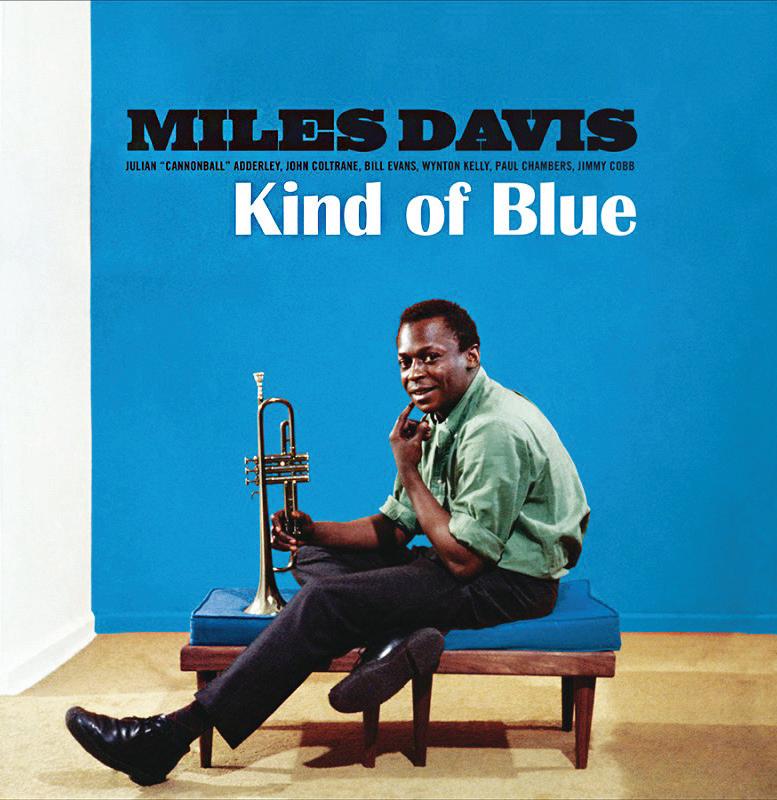
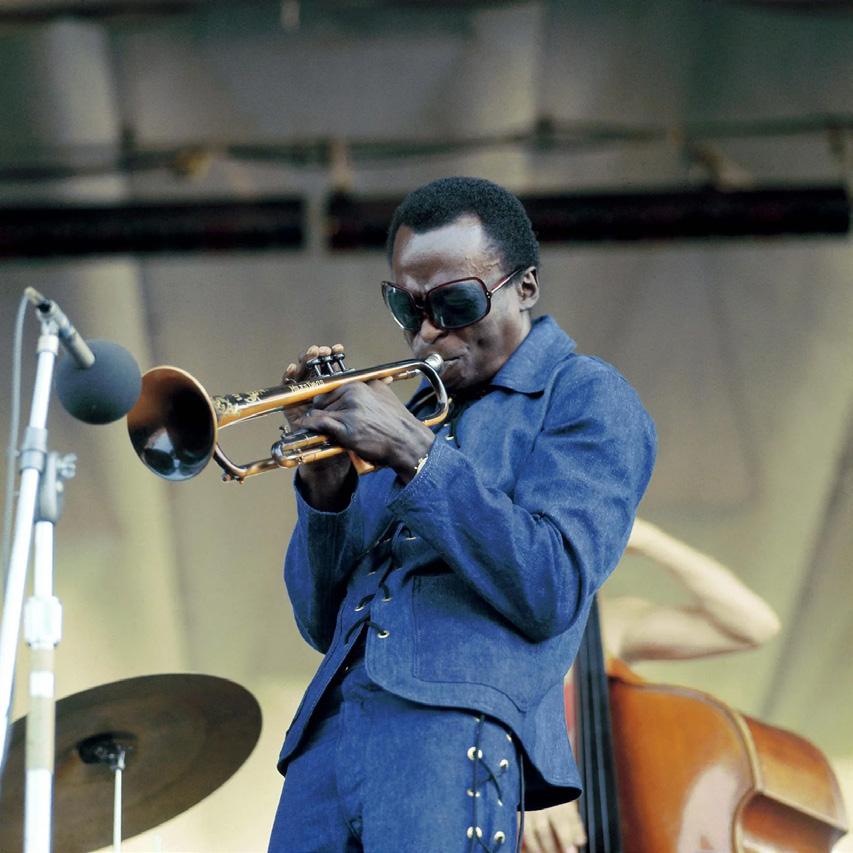
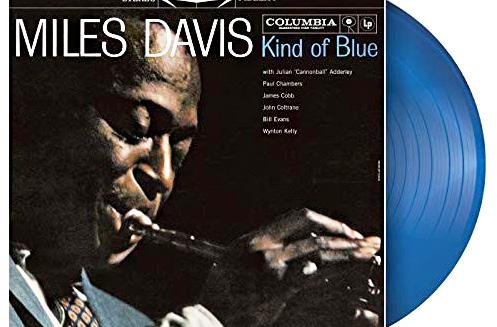
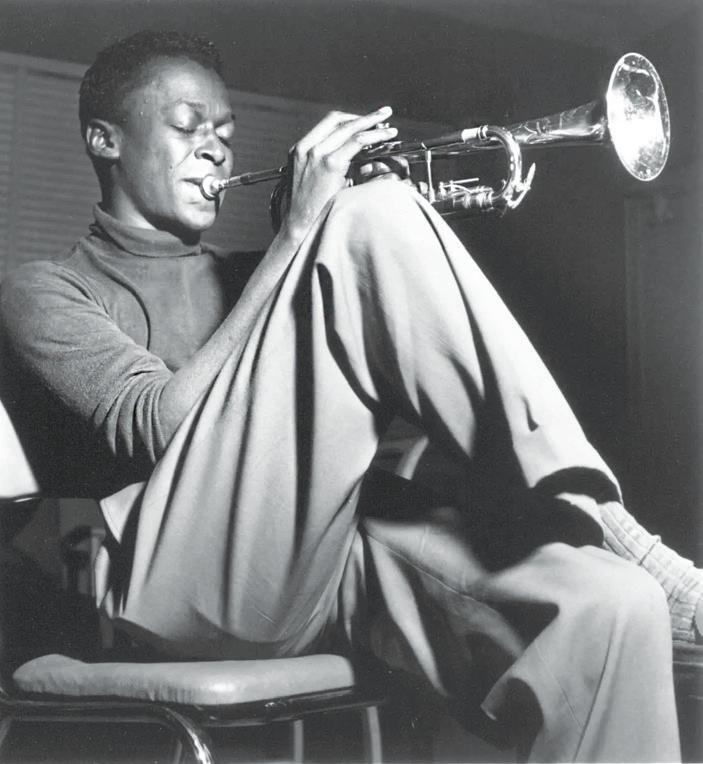
On the session, Evans said, Professionals have to go in at 10 o’clock on a Wednesday and make a record and hope to catch a really good day. The rest of it is being professional, reaching a high degree of performance in the area that you’re trying to work.
When asked about Kind of Blue in a 1986 interview, Davis said, “…the right hour, the right day, and it happened.” Simple as that. Was it as simple as that? Of course not. To close that gap between the thought and the hand, impulse and articulation – to remove the “deliberation” from the creative utterance that takes decades of work. When that circuit is clear and closed, (and anyone who has seen a jazz pianist sing an improvised solo while simultaneously playing it will know what I mean), it looks, sounds and feels a hell of a lot like magic.
We’re lucky we caught it.

Full Moon
MOONCHILD SANELLY
Words: Dan Charles
Pics: Zoey Black
“Joy is an act of resistance.”
– Toi Derricotte
THE
UNABASHED BLUNTNESS
OF MOONCHILD SANELLY’S MUSIC
reminds me of a line from riot grrrl pioneer Kathleen Hanna’s memoir: “Poetic lyrics were important, but it felt like women sometimes hid behind poetry as a way to say something without actually saying it. I was on a mission to just fucking say it.”
Moonchild Sanelly has always been on a mission to just fucking say it.
From her early days as a poet in Durban to her rise as a global artist, Sanelly’s path has been defined by a radical approach to self-expression and empowerment. This approach is at the core of all her music — particularly in her latest album, Full Moon — where she continues to challenge and shake up societal expectations and stigmas surrounding sexuality and female autonomy, while speaking candidly about her personal triumphs over trauma.
Sanelly arrived in Durban after leaving her home in Gqeberha at the age of seventeen to study fashion design. Her mother had passed away, leaving her with a fierce spirit of independence — instilled through life lessons and her own example as a strong single mother, or rather, a “hustler,” as Sanelly often refers to her. She was also a jazz singer who encouraged her children to pursue their creativity, so a future in music was almost predestined for Sanelly. But it wasn’t until she started sharing her poetry at Durban’s open-mic nights that she discovered the voice she would use as a tool for liberation — and a path toward global reverence.
The first poem Sanelly wrote was inspired by the euphoria she felt while losing her virginity. Its unabashedly explicit and earnest depiction of ecstasy made
audiences at those early open-mic nights visibly cringe. While many of her contemporaries focused on exploring their traumas, Sanelly used her art to reclaim her power. After all, she had her own traumas — including sexual abuse by a family member — and darkness to contend with. But the strength her mother had instilled compelled her to write not only about her wounds but about her power in spite of them — to challenge the narrative of victimhood with radical self-love and expression.
The discomfort felt in those early crowds is reminiscent of a story Hanif Abdurraqib tells about attending a poetry reading by Ross Gay during the Trump presidency, where he overheard a white woman whisper: “How can Black people write about flowers at a time like this?” It is telling that depictions of joy can be just as — if not more — offensive than depictions of trauma. As if joy and sorrow are not intertwined. As if surviving in a world built on violence — racism, misogyny, homophobia, and more — and choosing to celebrate that survival is not, in itself, a radical act of resistance.
“I'm not going to die from my diary,” says Sanelly. “I will not be the light to the world and forget to bring light into my life, because it was my darkness that brought the light.”
In a FaceTime call for his Apple Music radio show Rocket Hour, Elton John told Sanelly the world needs her truth and her joy — for her to be a light. This light shines brightest in Full Moon, her third album, which she describes as the arrival of her true self. It continues her bold celebration of sexual
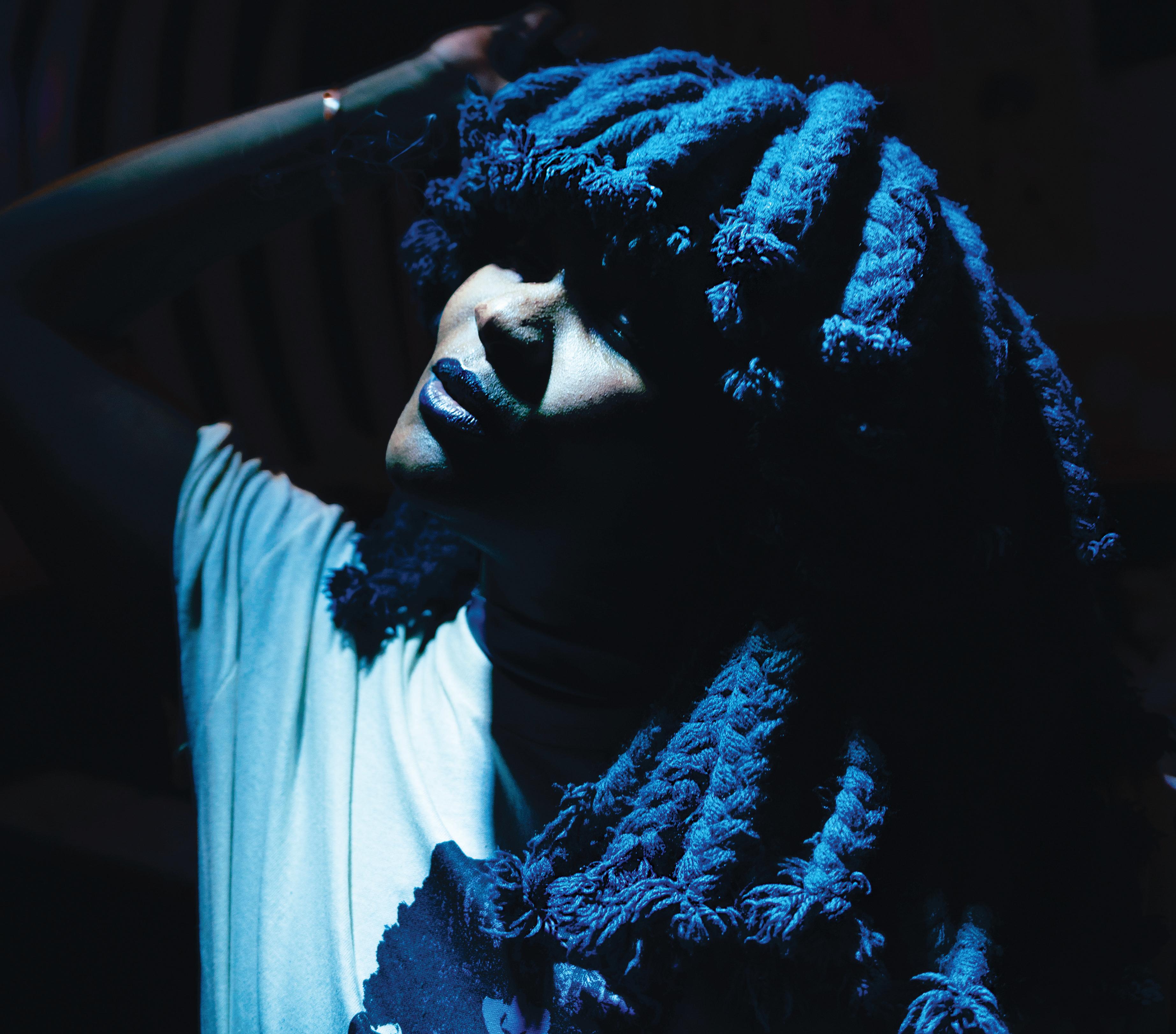
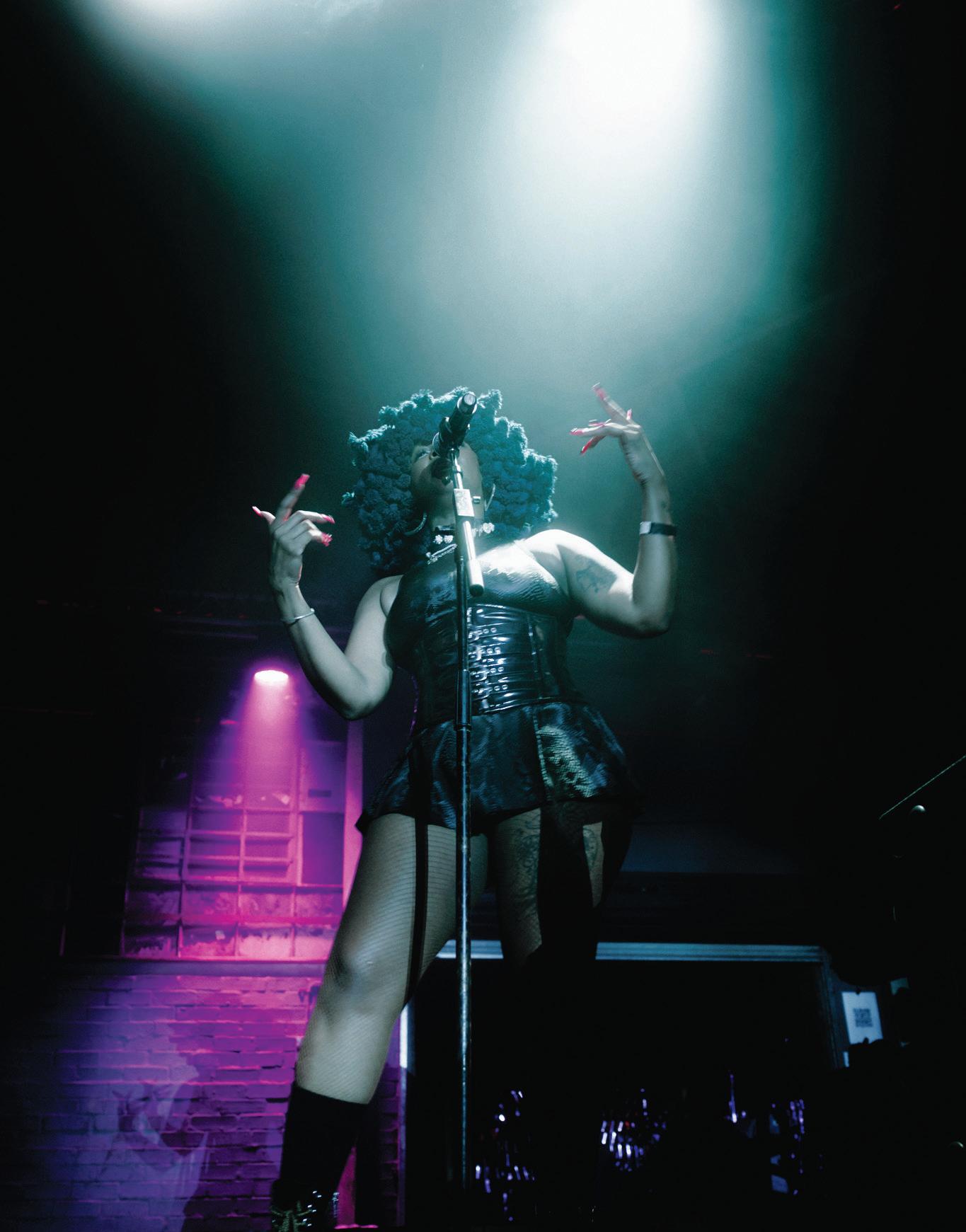
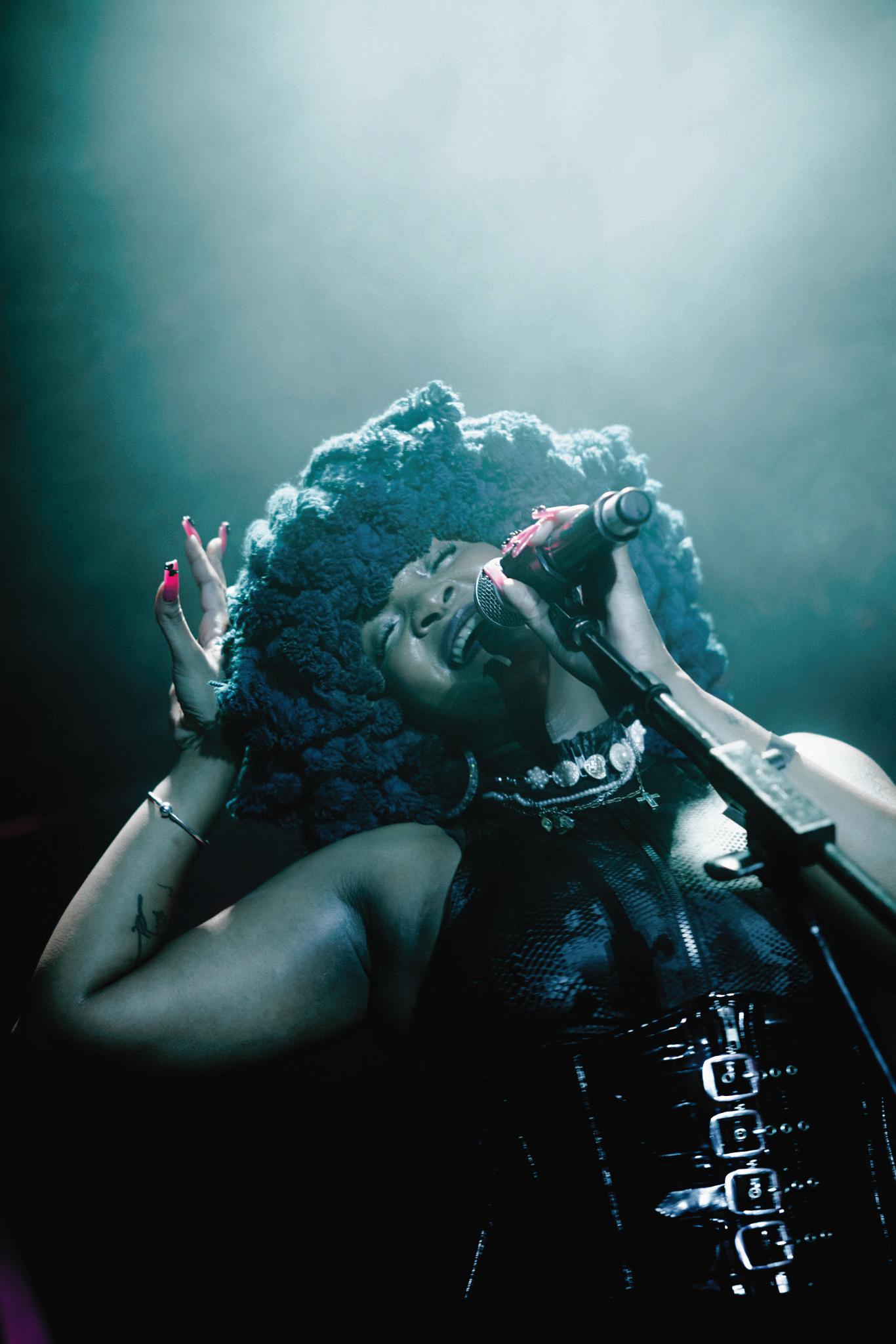
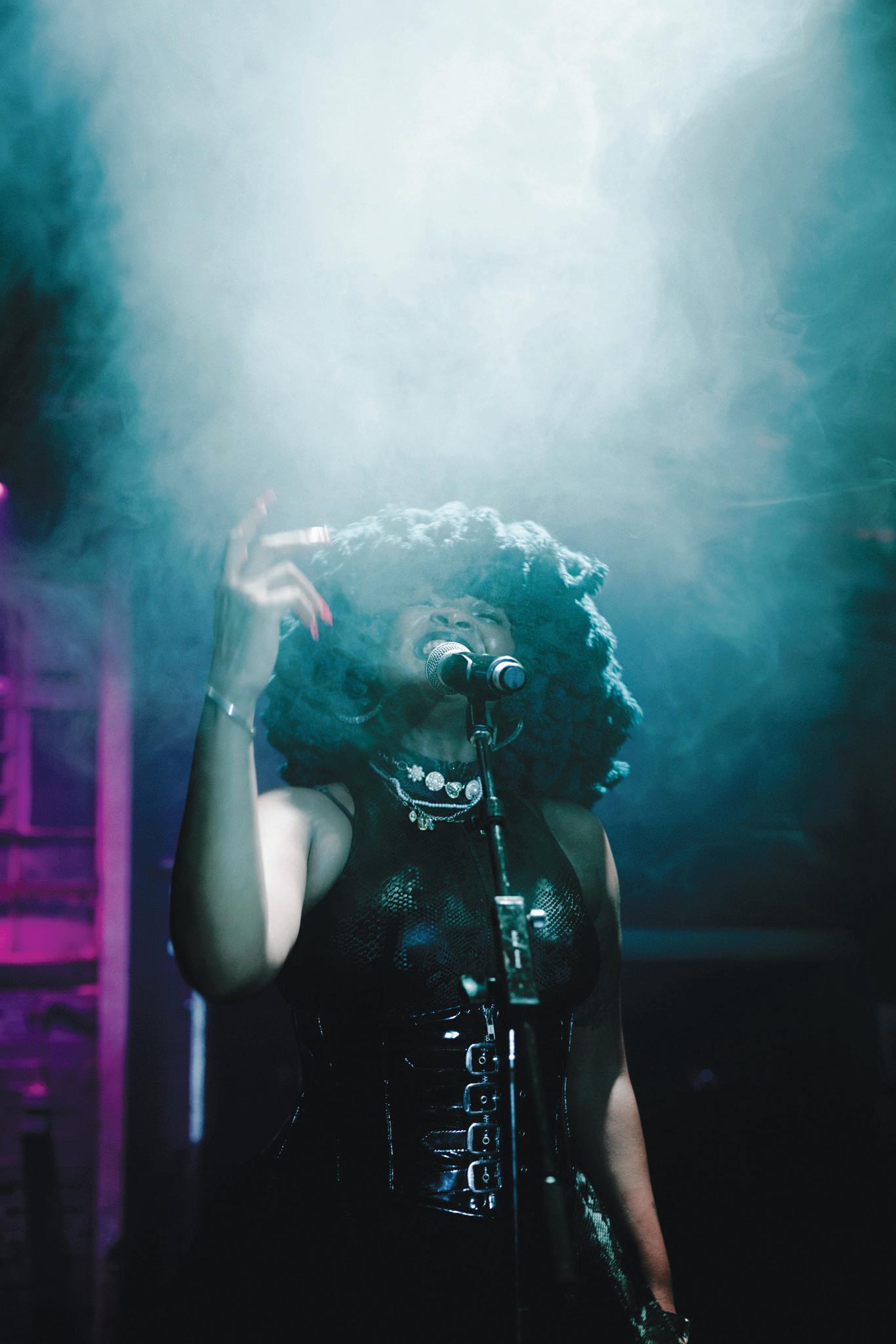

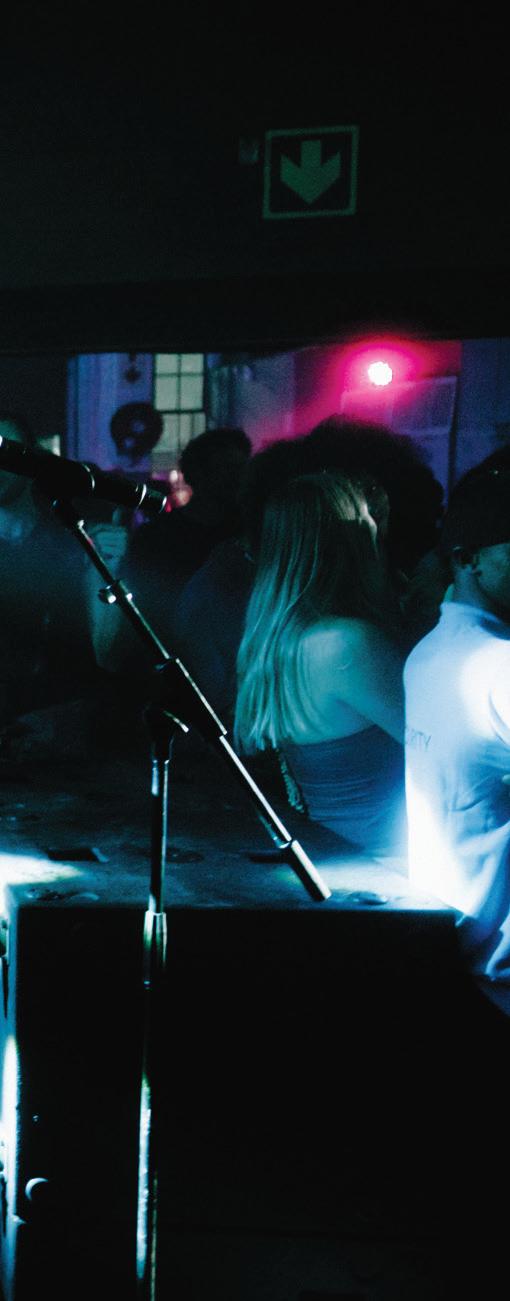
empowerment and self-love, set to an electrifying fusion of Amapiano, Gqom, punk, and pop — a sound she calls “future-ghetto-funk.” But woven through the album are also intimate, powerful stories of transformation, marked by radical honesty and vulnerability, as Sanelly opens up about her emotional evolution and career journey.
The album opens with “Scrambled Eggs” — a tongue-in-cheek, braggadocious track celebrating her success and status — and ends with “I Was the Biggest Curse,” a song rooted in her decision to leave Durban to pursue her music career. Originally written during a vulnerable time with her first boyfriend, the song captures her early belief that she was a destructive force in relationships — someone whose presence consumed others. But over time, she reframed this narrative: it wasn’t her strength that was the problem, but others’ inability to handle it. The lyrics evolved from self-blame to selfaffirmation, and eventually to gratitude. Even painful relationships taught her, shaped her, and pushed her forward. The “curse” became a blessing — a force of transformation that launched her toward success.
“It was beyond just doing a show,” says Moonchild Sanelly, reflecting on her recent performance in Cape Town at The Death of Glitter, one of South Africa’s most beloved underground queer parties.
Having first made her name in Cape Town’s alternative spaces, returning to the city as an internationally acclaimed artist — one who’s performed across the globe and collaborated with the likes of Damon Albarn, Diplo, and even Beyoncé — felt like a triumphant homecoming. This “full-circle moment,” reuniting her with the first audience that never questioned her art or her existence, and welcomed her with open arms (and shaking asses), was a fitting launch to a global tour supporting Full Moon.
Midway through her performance, she stilled the sea of sweating bodies to introduce “Falling,” the song that sparked the album’s emotional landscape. It’s a song about fear — fear of failure, of succumbing to one’s own darkness — but Sanelly, true to form, doesn’t let fear paralyze her. She embraces it as a driving force. This is the source of her joy. This is the root of her power. This is her liberation.
The emotional terrain of Moonchild Sanelly is complex: she acknowledges pain without being consumed by it, celebrates her power without arrogance, and continues to grow with fierce intentionality. If she were ever to fall, she would know how to rise — and we would be ready to catch her, to lift her, just as she has lifted so many with her radical, unrelenting joy.
MOONCHILD moochildsanelly
Looking for a Kinder World
Words: Dave Charles
WORKING AS A YOUNG PRESENTER ON RADIO 5 in South Africa in 1988 was both exhilarating and fraught with tension. The country was deep in the grip of apartheid, and the National Party government had recently extended the State of Emergency. Key anti-apartheid organisations were banned, and detention without trial had become routine. Voices of dissent were being silenced — sometimes permanently.
Nearly every South African band I featured on my show was under surveillance by the Security Branch, accused of spreading so-called subversive, anti-apartheid messages. Playing their music on national radio wasn’t just rebellious — it was dangerous. Still, I believed that their songs mattered. They were giving voice to the pain, the courage, and the defiance of a generation that refused to accept the status quo.
So, I played them — the banned tracks, the forbidden voices. Songs the authorities didn’t want the public to hear. It cost me my job: suspension, and ultimately, dismissal. But it was worth it.
In that same year, Bright Blue released "Weeping", a haunting and powerful anthem that captured the spirit of the times. For many of us, it became more than just a song. It was a lifeline — a reminder that, despite the darkness, we were still dreaming of — and fighting for — a kinder world.
It doesn't matter now It's over anyhow
He tells the world that it's sleeping
But as the night came round I heard its lonely sound

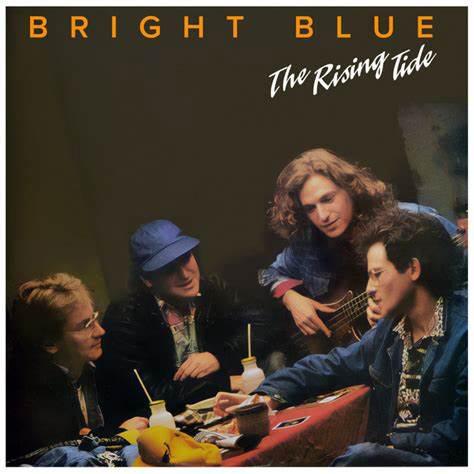
A Brighter Blue
Words: Ian Cohen
ISTOOD ON THE PAVEMENT IN KALK BAY and looked down the grey subway steps. I paused… and wandered back forty-odd years to when we first scrambled down those steps to play our first of many Bright Blue gigs. I took a deep breath of sea air… and took my first step. Little did I know what an epic week lay ahead.
In the 80s, sex and drugs and rock n roll had a new slant—war, civil unrest, defiance and resistance. We took them all on. A busy and scary business.
Playing the Brass Bell, with sea spray in the air and surfers riding the reef, was always a temporary escape—losing ourselves in the music.
Now, 43 years later (to be precise), I walked down those same steps - same Fender P bass slung over my shoulder.
This time we came fully loaded with the original lineup: Dan Heymann from NYC, Tom Fox from Auckland, Robin Levetan, and the Cohen brothers from Cape Town. Joined by the incredible Julio Sigauque (Freshlyground), Shaggy Scheepers on keys, Buddy Wells on sax, and Rosie Bruce on vocal. It felt like Orchestra Bright Blue.
We brought new songs for 2025 (now on all streaming platforms) and a new spirit.
The Bell looked beautiful.
At night it felt like the Colosseum. The fans were amped.
We took the place apart. The love is strong.
That gig was something else - packed to the brim and buzzing with nostalgia. We were all teleported back to the 80s, the dark days of resistance, but also the hope of better things to come. The response was overwhelming. We stayed to say goodbye… and found old friends, family, and fans. The love was mutual.
I was chatting to Nic Hofmeyr and he called Bright Blue a core with a community of musicians that come and go. He’s right. Always evolving, always growing.
Then two more nights at the Star Theatre with our friends Heather Mac, Arno Carstens, André de Villiers, James Stewart, John Ellis, and of course our bestie Robin Auld. The shows marked the end of a surfing event—we closed the evening, and everyone joined in and sang along and it was so unexpected. It was truly overwhelming, the love we’ve felt from our fans here in Cape Town.
So, one gig became three. And the band just rocked.
At our final show, we blew the roof off. Walking into the foyer straight after the set to say hello and thank those who came, and we were met with nothing but love. We were treated like lost family found. For the first time, I could feel that Bright Blue had become a local treasure.
We come and go. In the 90s, a stripped-down Bright Blue released an EP called Every Now and Then. Now the sentiment is the same, but to play with all the original members - and to perform our new song We Come and Go… it felt right. It felt sure of itself.
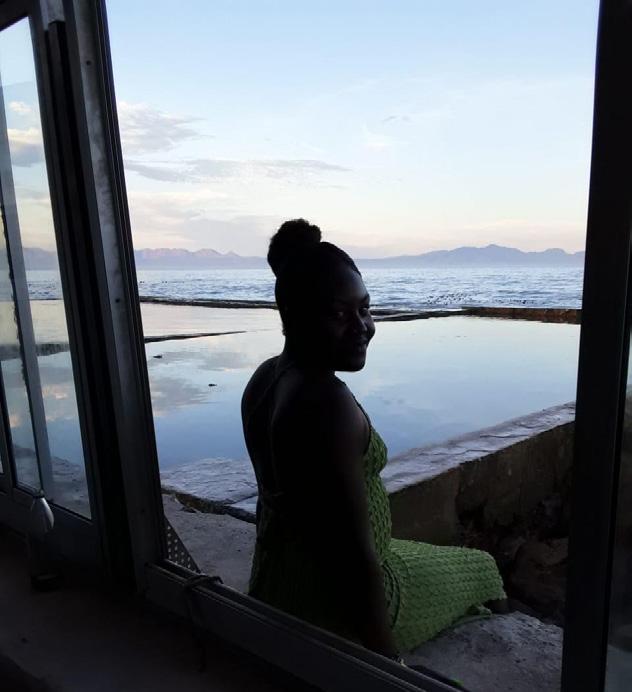
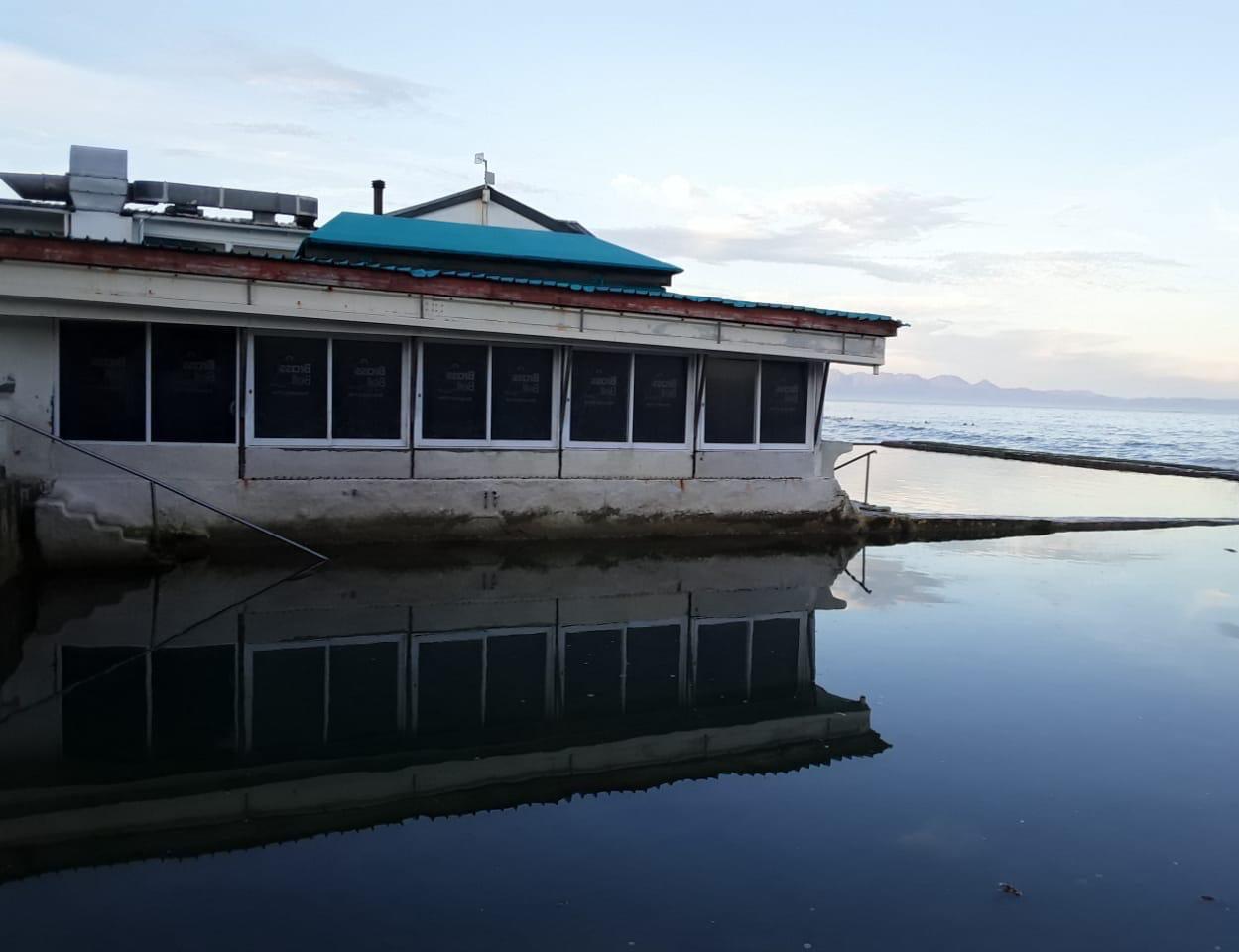
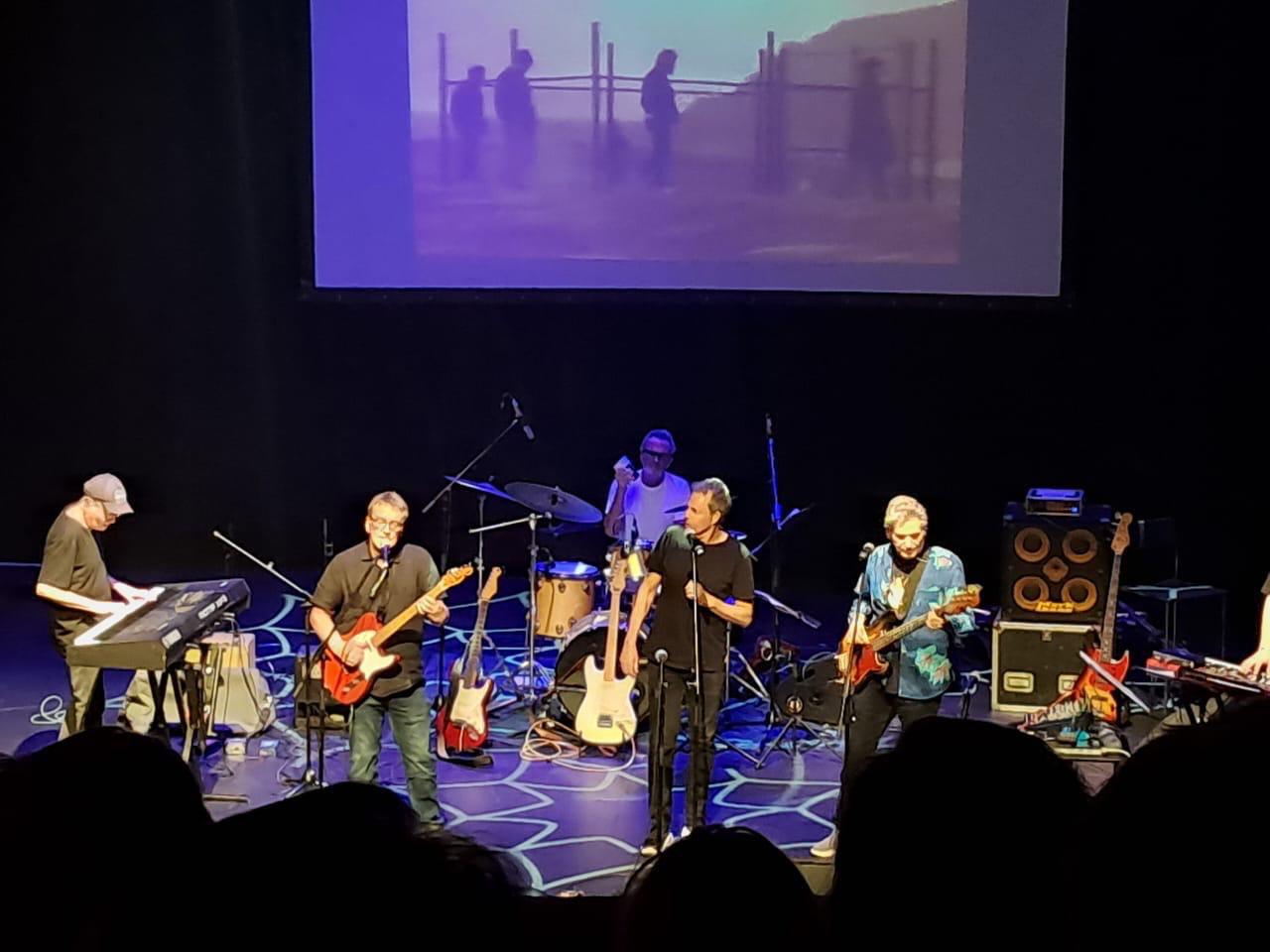
I should probably stop here. It was weeks of solo practice, two weeks with the band, and three incredible gigs with our families, friends and fans all around us showering us with love.
My world is full of music. I hope yours is too.
MUTI MUTI
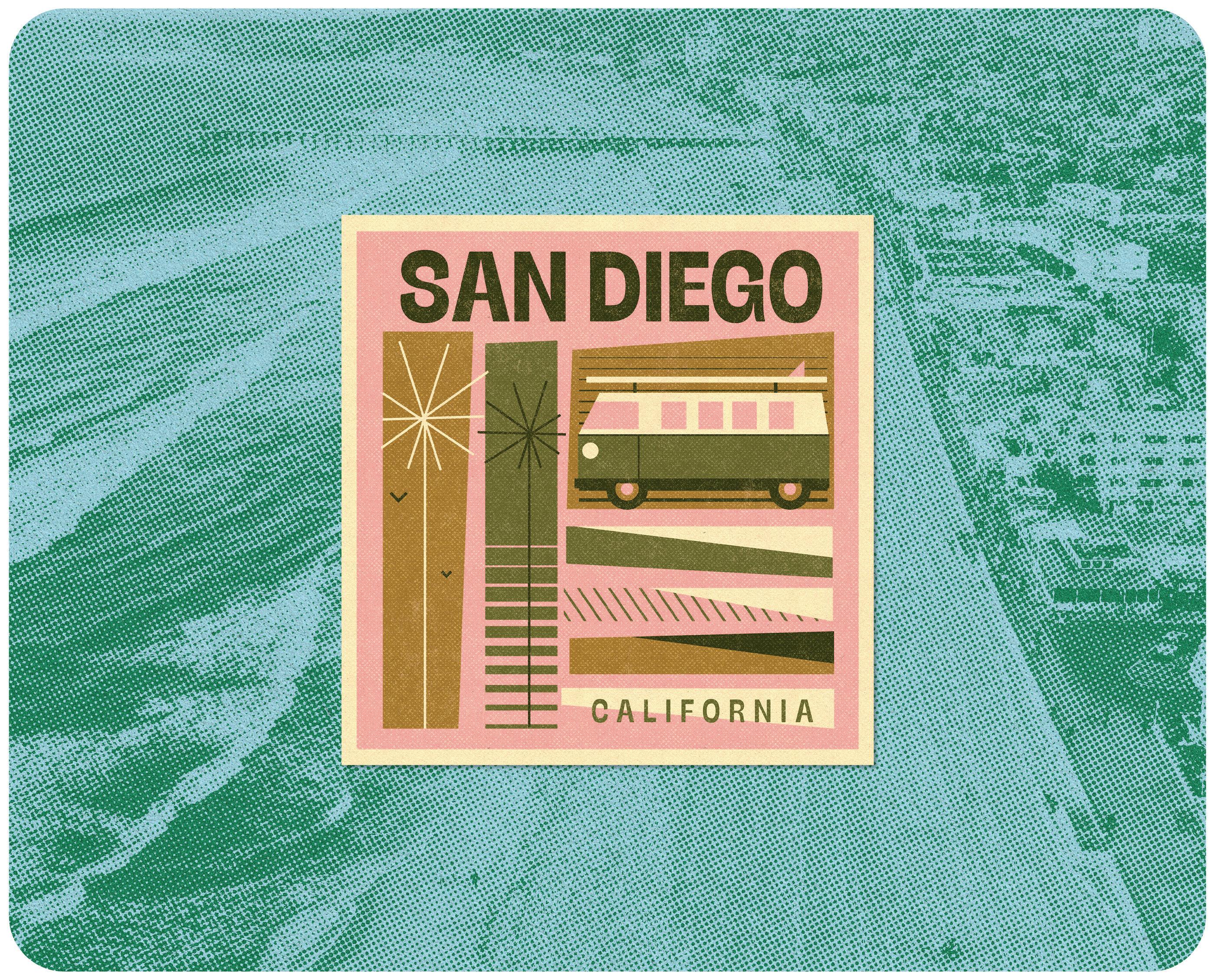


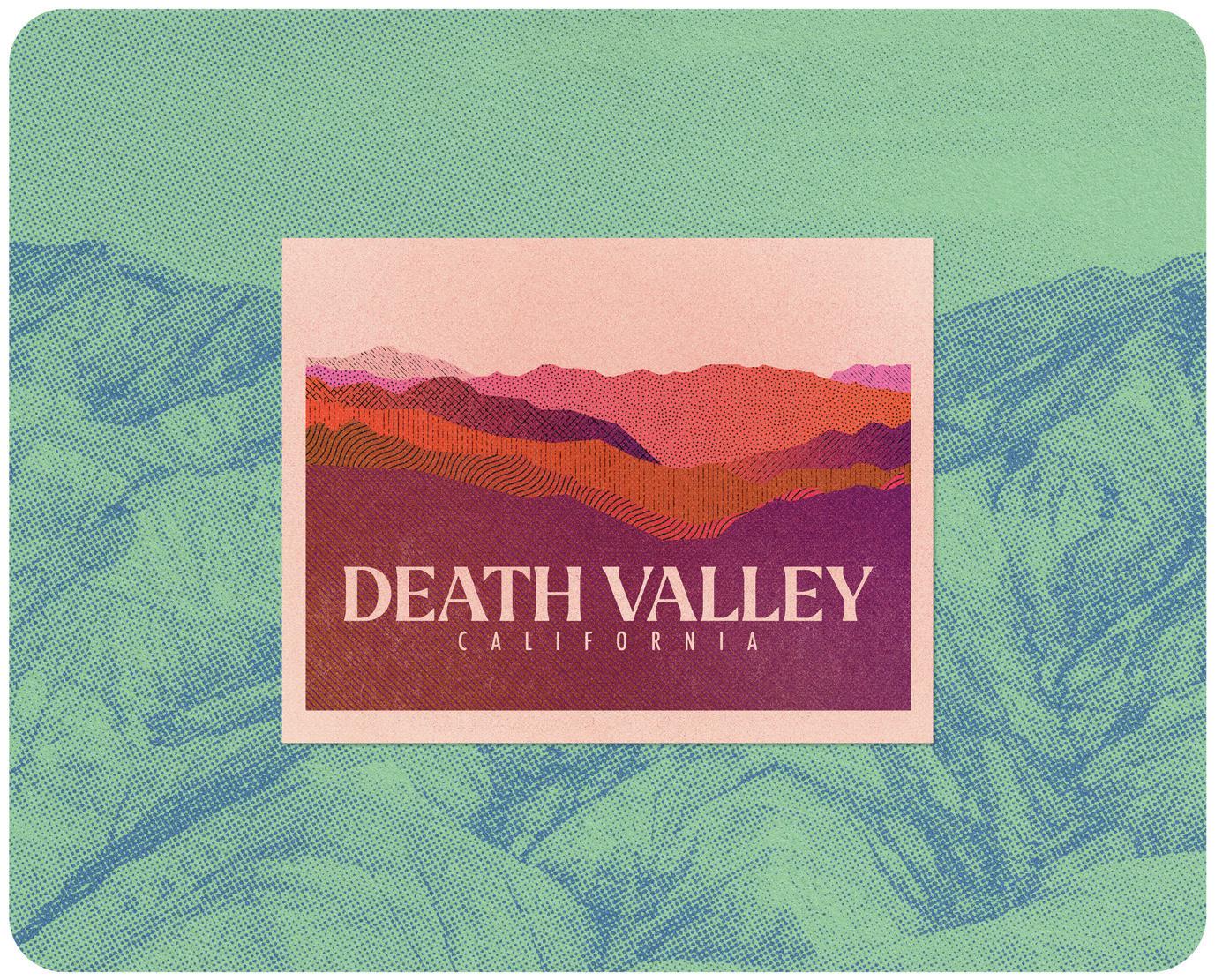



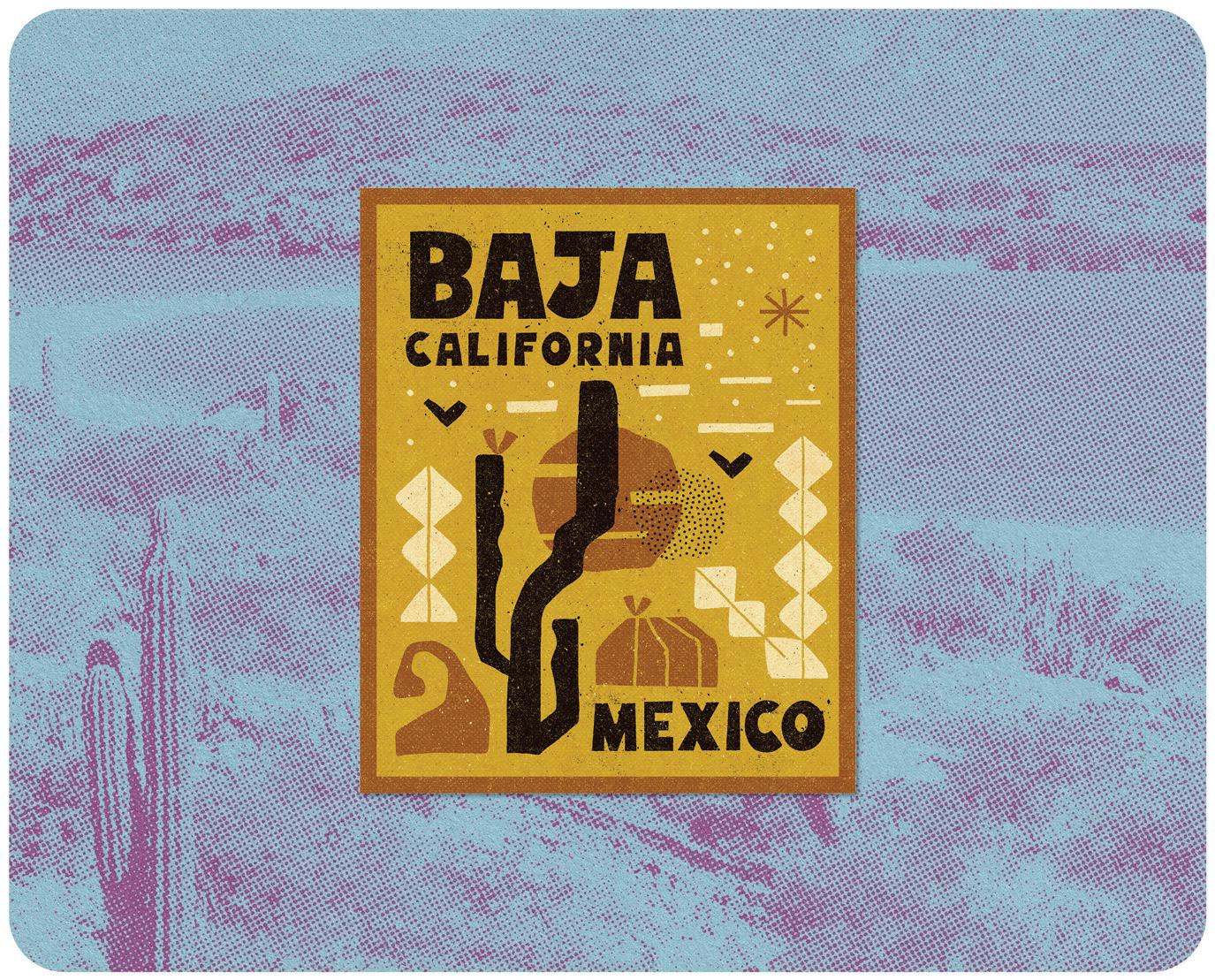


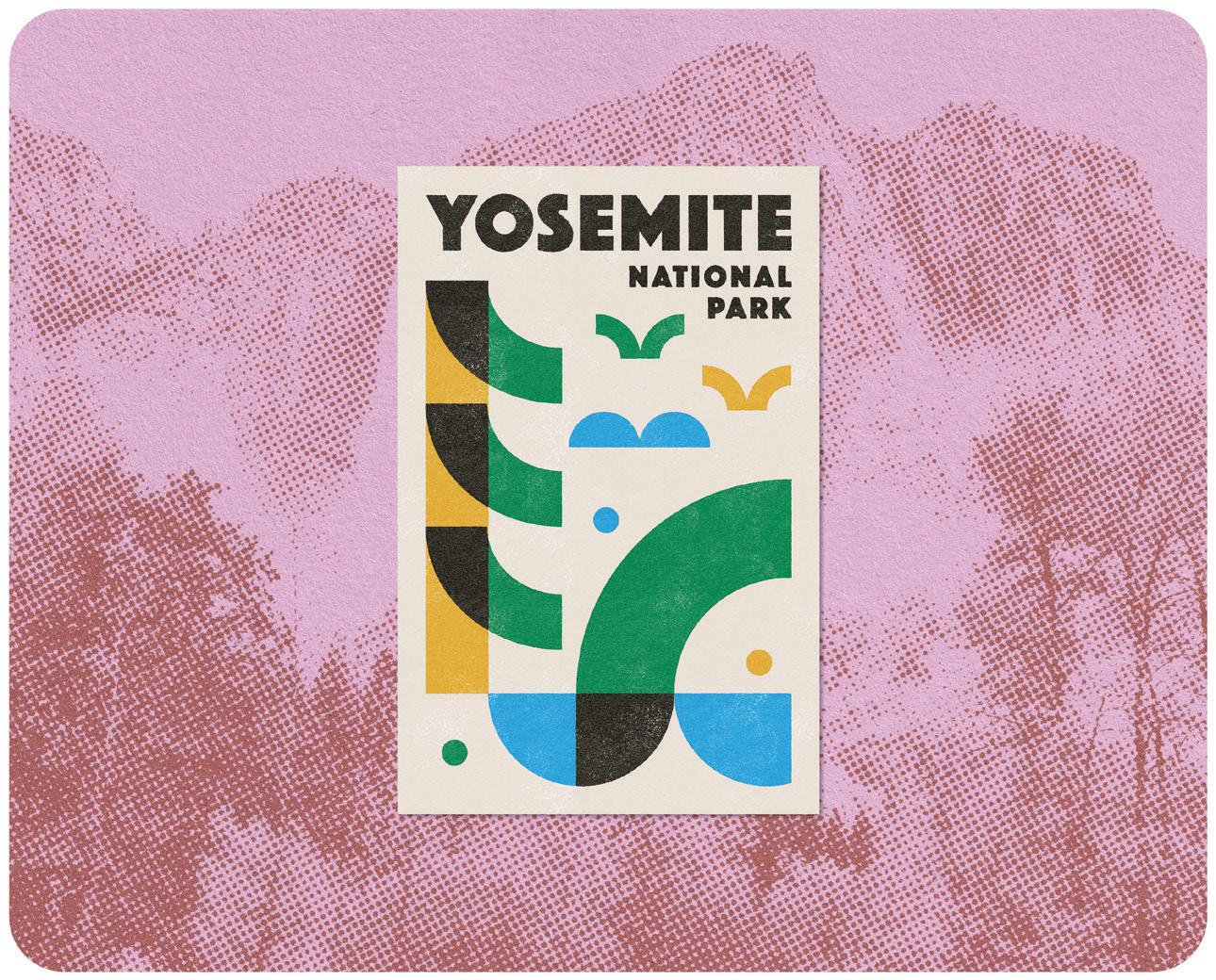

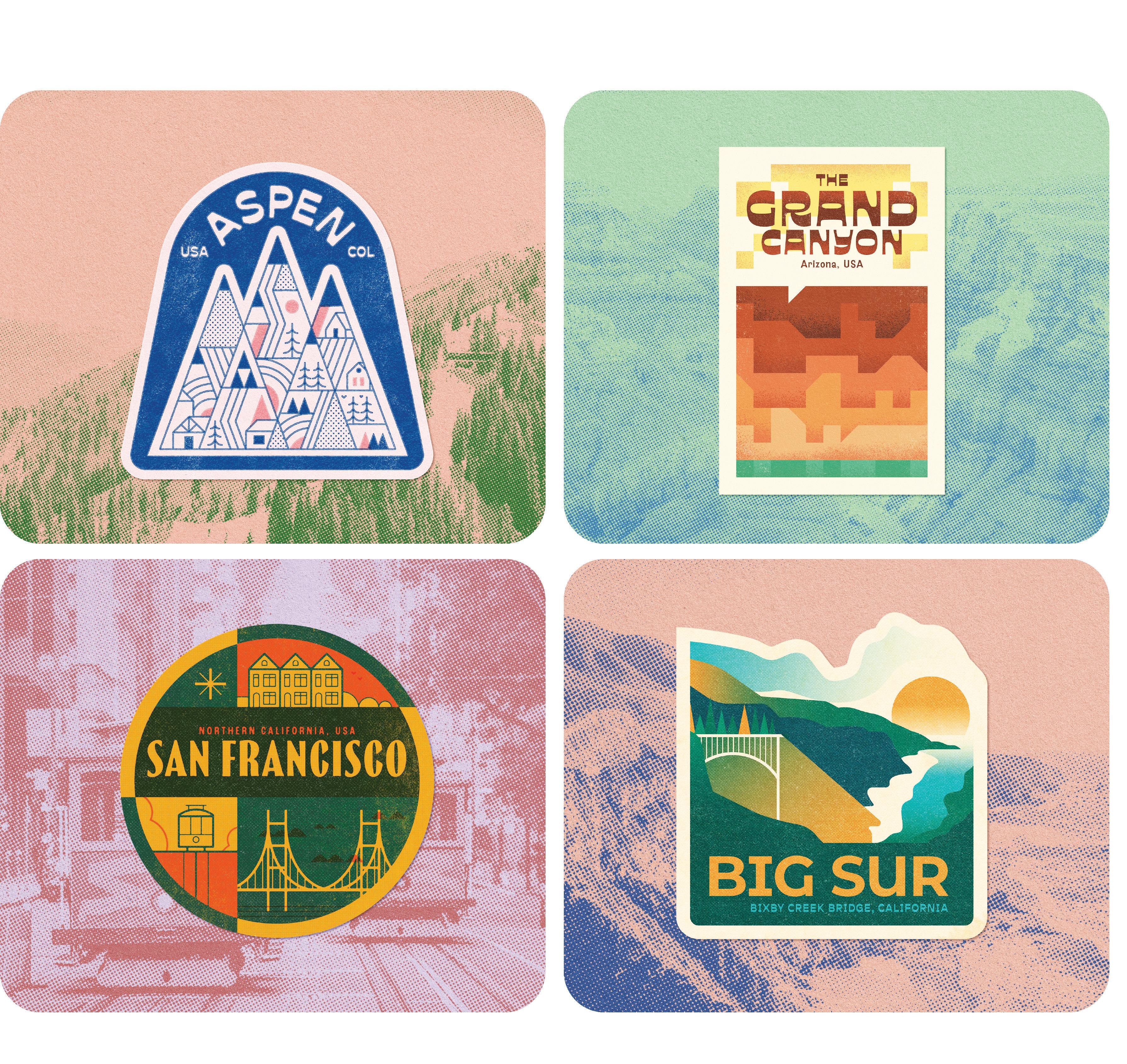
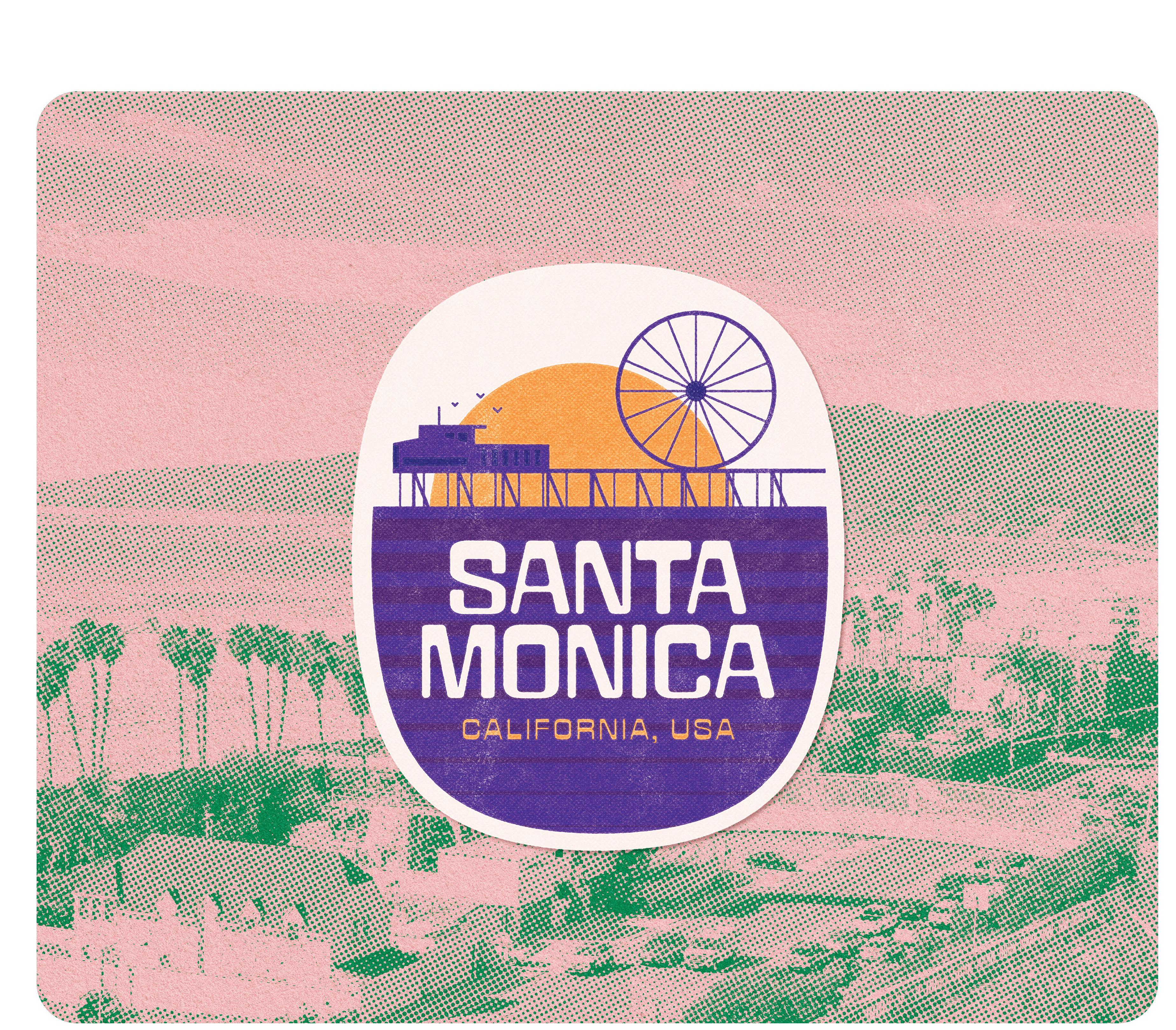
The Spectacular Rebirth of Ganesh
Words: Mia McCarthy
“Hey Dan, pass me some of that — what is it called again? Gai tod.” Dan passes me a brightly-coloured plastic plate of impossibly crispy Thai fried chicken. We don’t say much else to each other. We can’t. Our mouths are (delightfully) full.
WE’RE SEATED WITH SOME OF OUR CLOSEST FRIENDS in the heart of Ganesh’s packed floor, surrounded by the steam and clatter of the open kitchen and a chorus of patron chatter. We had been a fairl garrulous party ourselves, buzzing boozily over quarts and cocktails, but a reverent hush fell over the table when we started eating — the kind of stunned silence that comes from experiencing extraordinarily explosive flavour for the first time.
I imagine that Ryan McDonagh, Jade Konz, and Bryn Divey — the new owners of Ganesh — had a similar experience when they sat down together at a larb restaurant in an inconspicuous industrial park located in Chiang Mai. Following the success of their Wale Street ramen restaurant, Bodega, the trio of friends was enjoying a spontaneous work trip to Thailand.
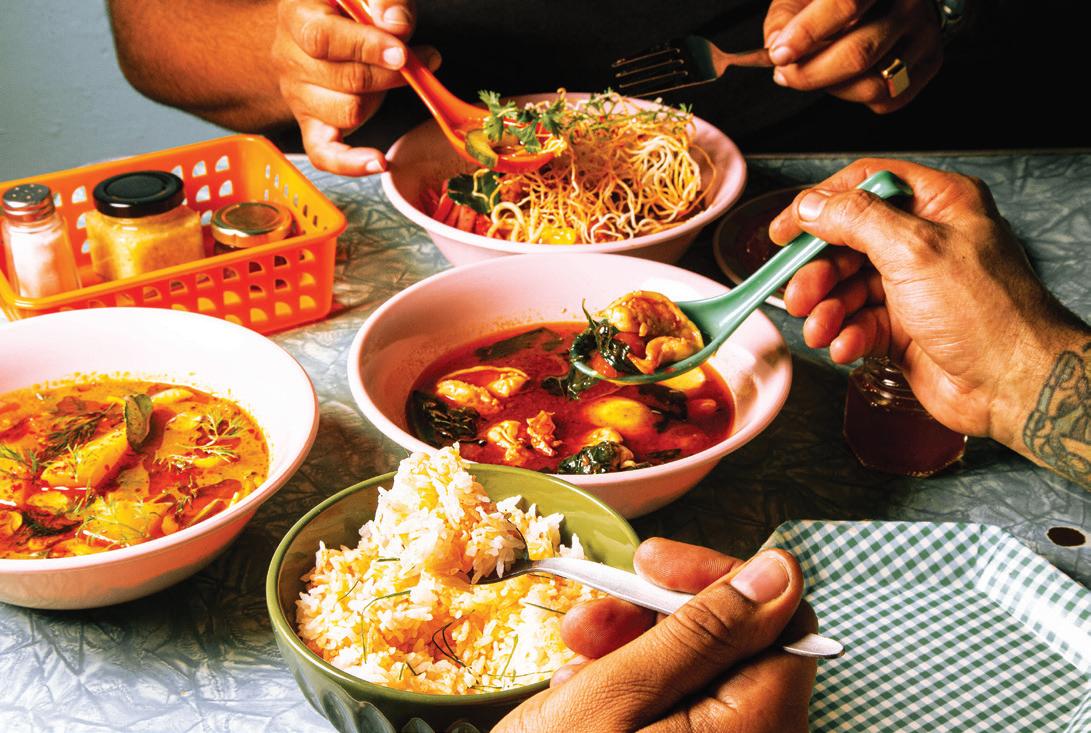
Faced with a menu written entirely in Thai, they tackled their order armed with Google Translate and the unique fearlessness of a tourist in a foreign land. Jade ordered the dancing shrimp with romantic notions of zestily seasoned crustaceans dancing poetically on her palate, but was presented with a ramekin of wriggling live freshwater shrimp instead. After an escape attempt from the shrimp and an urgent interjection from the waitress, it became clear that the shrimp were to be shaken in the ramekin with lime juice and chilli before eaten — live ceviche, if you will. Dinner and a show, if you’re creative.
The dancing shrimp was especially memorable, but the team enjoyed countless Thai dishes during their trip that inspired the menu at Ganesh. Recalling his first taste of naem, a fermented pork dish eaten with bites of raw garlic and green chilli, Chef Ryan reflects on the exciting novelty of dining on ingredients that you don’t recognise in a language that you don’t understand. “I was like, what is this called? I got my notes out and I was like, What’s this? What’s this? What’s that?”
Nervous diners, fear not — live shrimp does not feature on the Ganesh menu. They cater to a taste for adventure in other ways. “Our perception of Thai food here is very different from what Thai people are actually cooking and eating,” says Ryan. Forget about green curry. The refreshed Ganesh menu features street-food-inspired dishes like phad krapao, khao soi, moo ping and som tam — then-unknown names that had me Googling feverishly at my table in an uncanny recreation of the scene in Chiang Mai. The menu is furnished with brief descriptions of each dish, but I strongly recommend ordering blind with a group of close friends — it’s the best way to do it. Just ask Ryan, Bryn, or Jade.
Cyclical recreation is a running theme at Ganesh, which is situated in the same building that once housed Café Ganesh: an institution beloved by
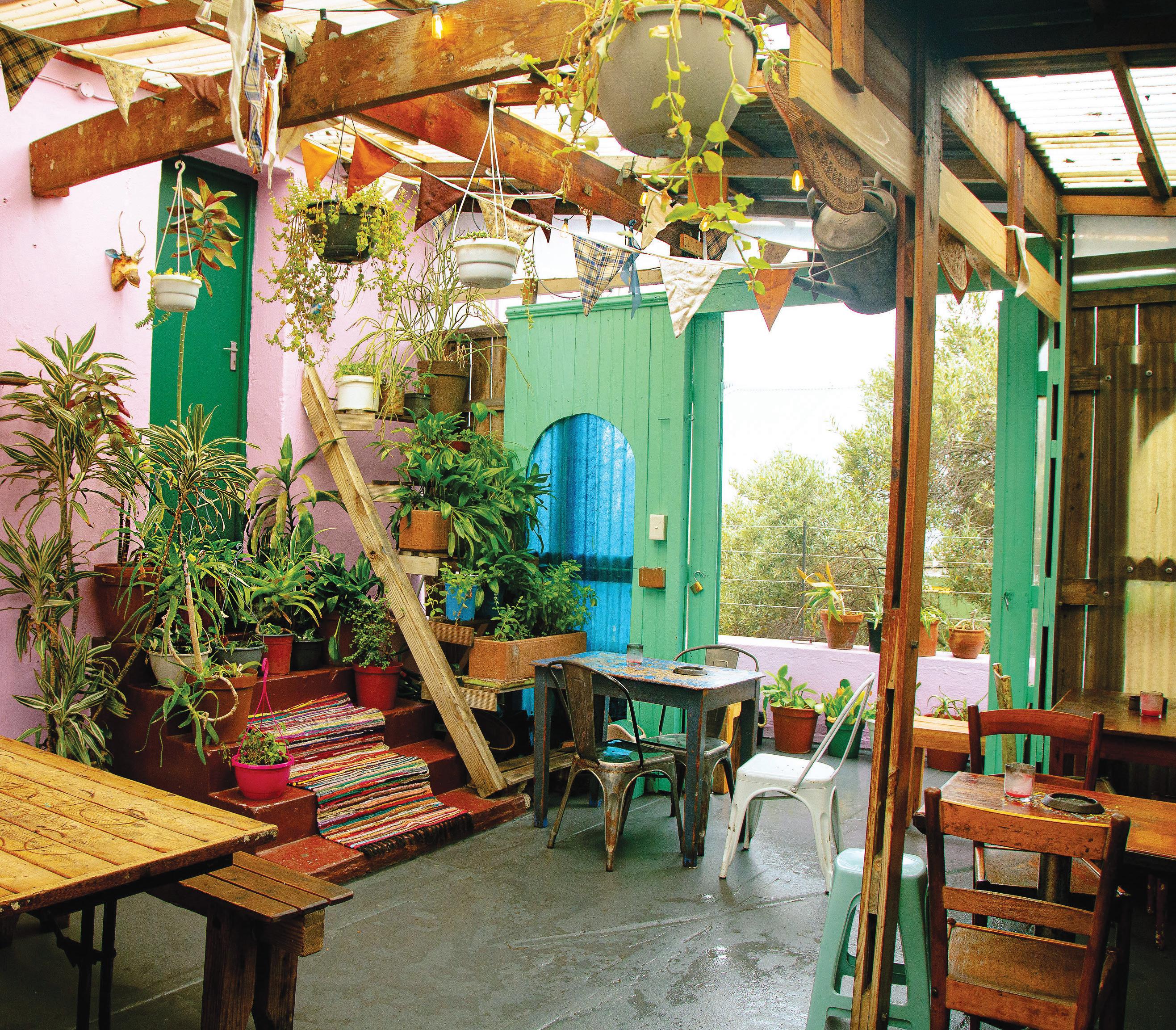
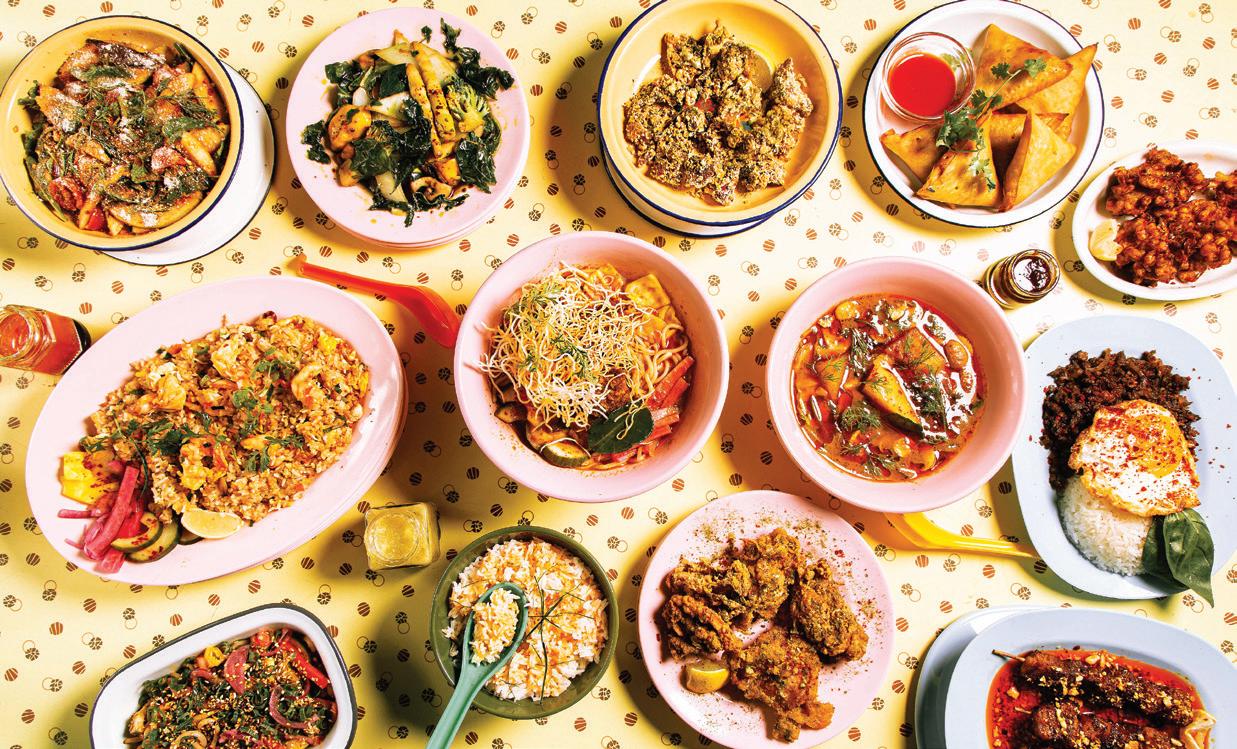
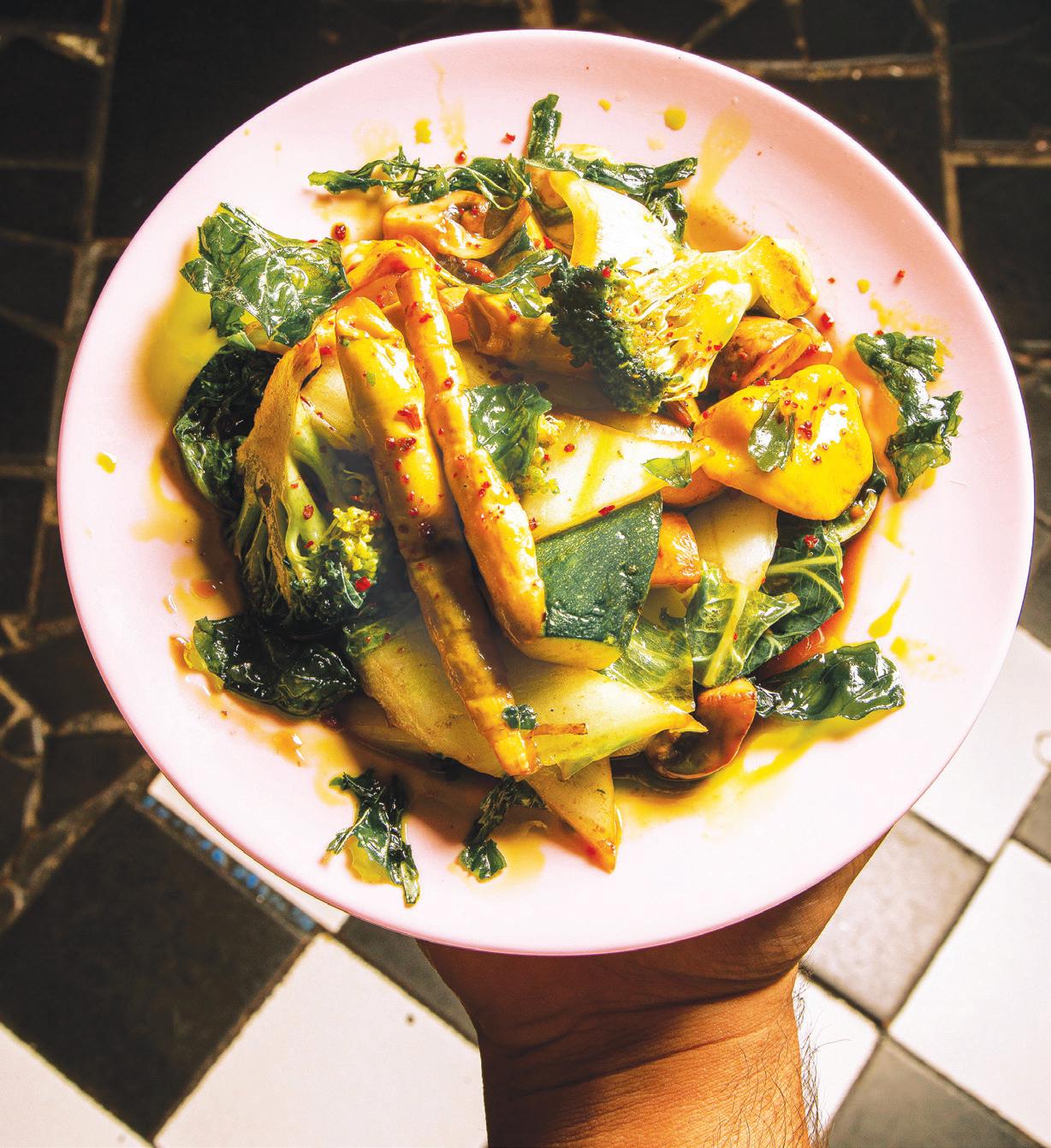
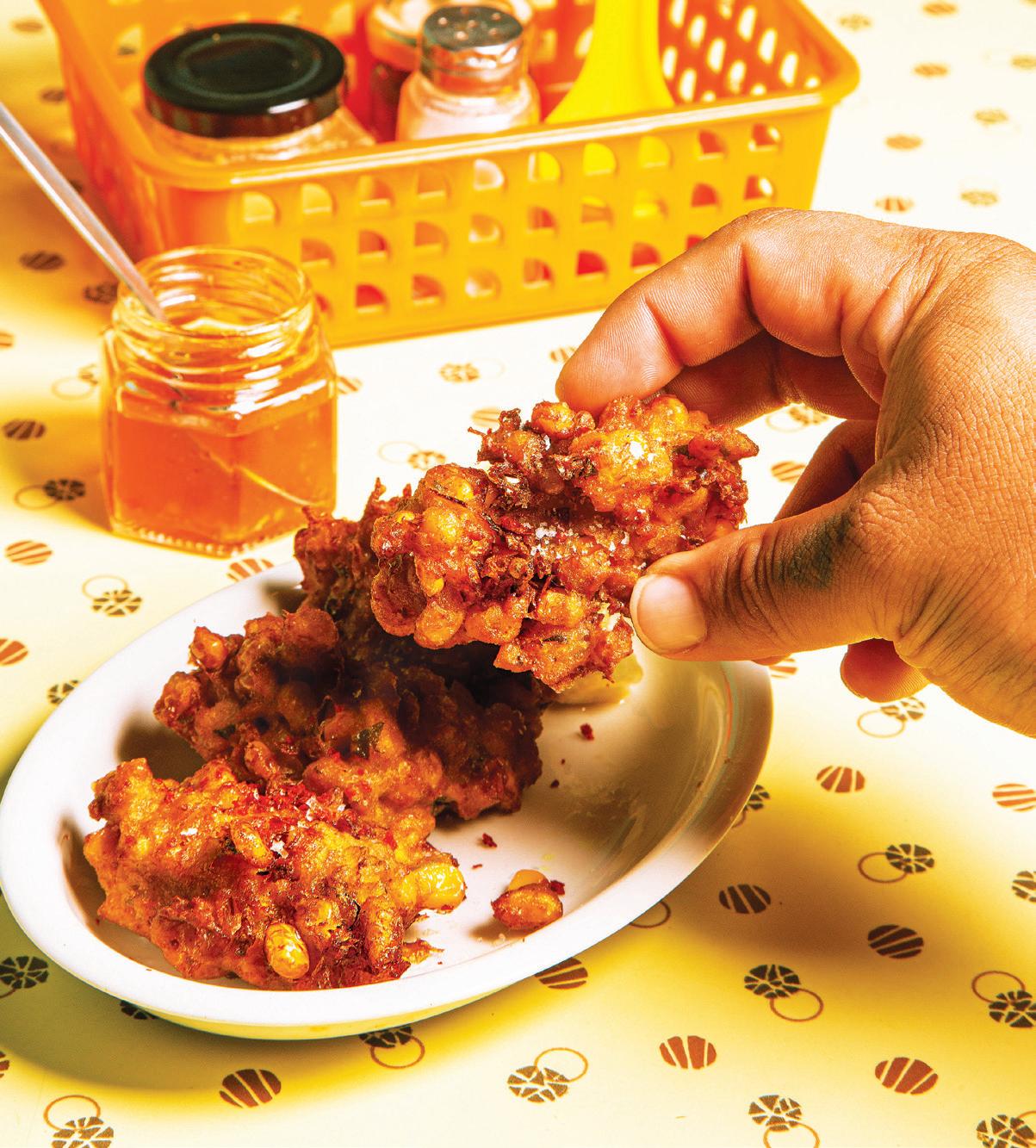
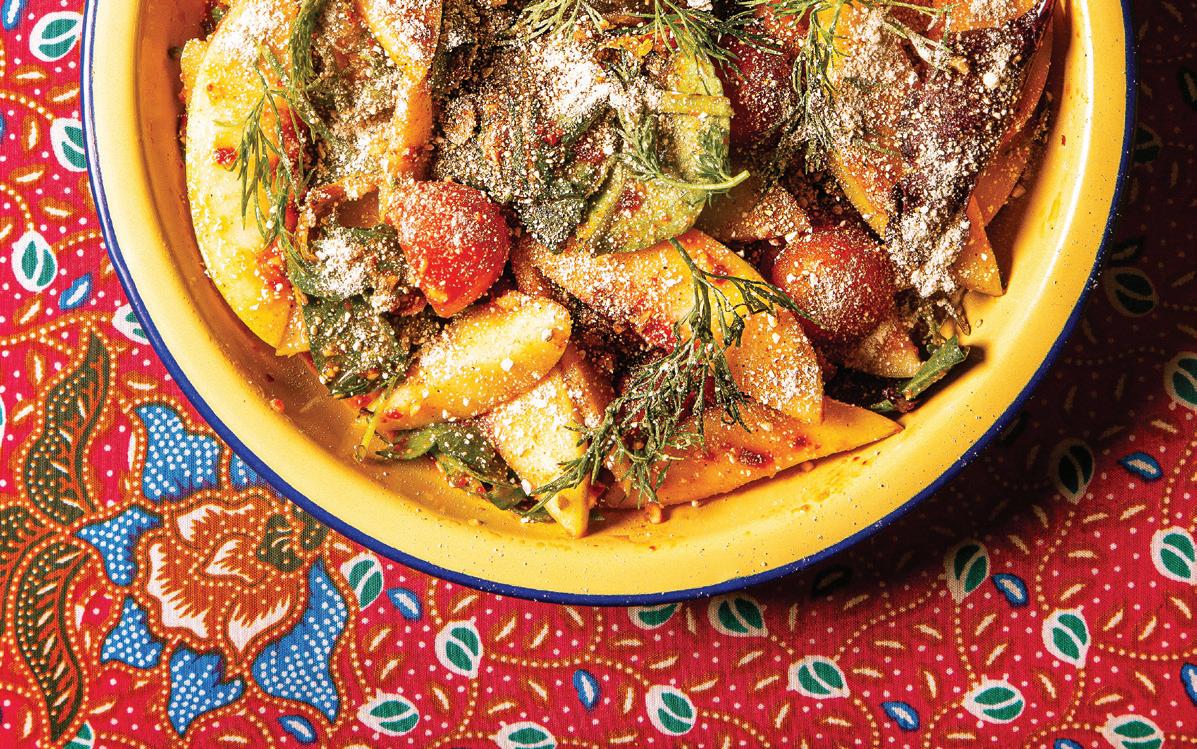
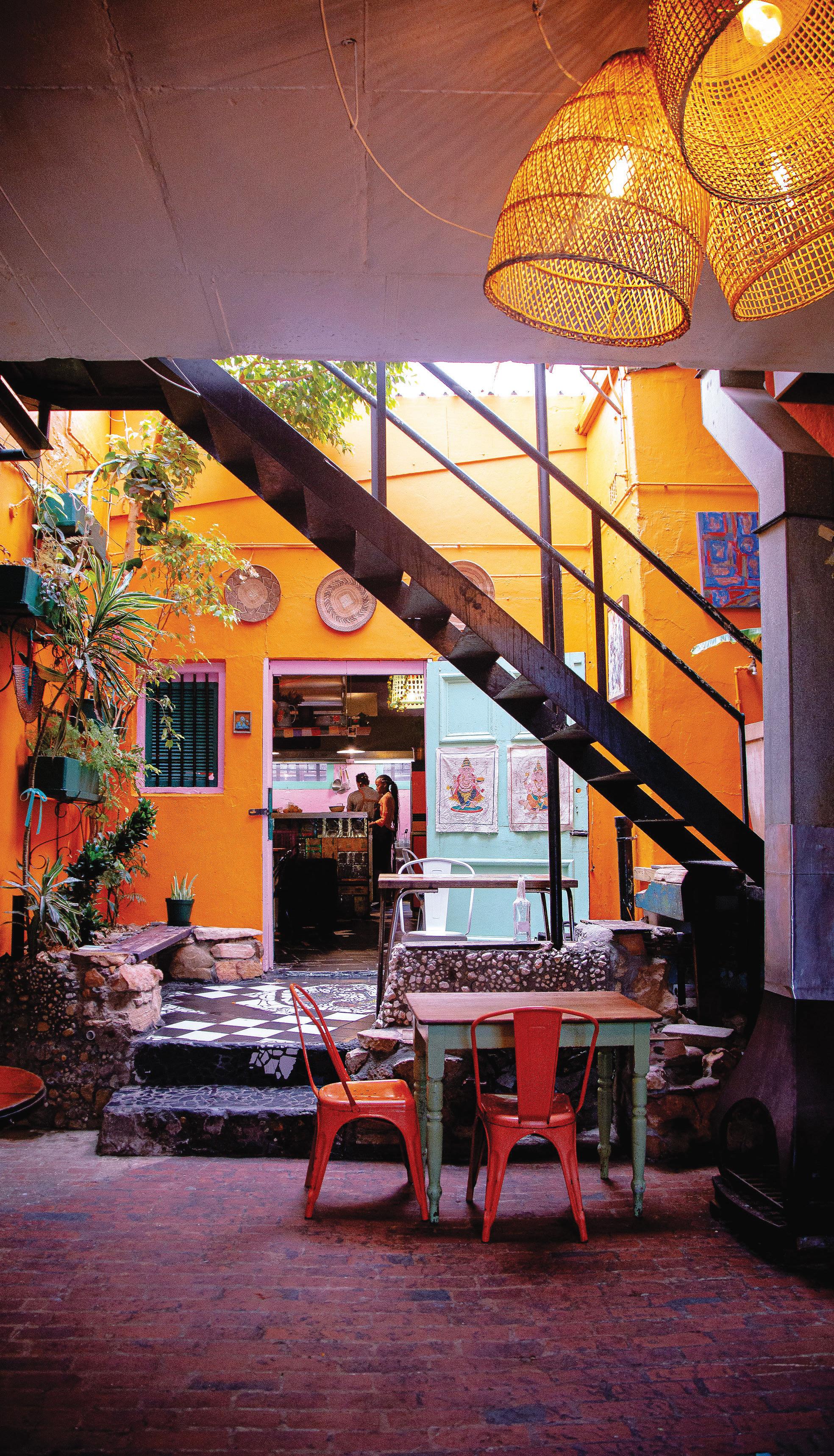
Observatory locals since 1995. After thirty years of operation and a fresh lick of paint, it reopened its doors as the newly reincarnated Ganesh — an auspiciously well-fitting name carefully selected by the new owners.
“We had to remain as Ganesh,” says Ryan. “It wasn’t like we were just opening another thing or taking over the space. It was like, the soul and the heart of it has to stay.” Rather than gutting the building in favour of a Pinterest-polished interior, the Bodega veterans — Obs locals, themselves — breathed new life into a local haunt that they had whiled many an evening away in themselves.
“The space and the energy you feel here are so special,” reflects Jade. “We used to drink here, and we kept saying, What kind of places do we want in our neighbourhood? What kind of community do we want around? Cafe Ganesh has got such a special community, and it gets back to reinvesting into where you live.”
In an effort to keep the legendary premises rooted in community, Ganesh sources fresh produce and free-range eggs respectively from partnerships with local organic farmers, Those Who Harvest, and food activist, Dr. Luke Meterlekamp. Ganesh also recycles and diverts their food waste from the landfill through Gooi, an organic waste management operation. The restaurant often exhibits local artists and hosts community events, including weekly musical Sunday Sessions. These efforts culminate in a heartfelt homage to the legacy of Café Ganesh, a veritable centre of community in the bohemian streets of Observatory.
“It always reminded me of travelling,” says Jade. “You could walk in and sit at any table and have interesting conversations with all kinds of people passing through. It felt culturally important, it felt mixed.”
Even now, sitting in the section furthest from the entrance feels like you’re somewhere between a backpacker’s kitchen in the Eastern Cape and a Thai food market, furnished with kitschy plastic garlands and large communal tables laden with enamelware of varying provenance. Despite the welcome facelift, Ganesh has retained its legendary multicultural charm. Clearly, the spirit of Café Ganesh endures in rebirth.
Back at my table, the gentle clinking of empty crockery is giving way to exclamations of genuine enjoyment. The fire is crackling, and the laughter is flowing thicker and faster than our exotically spiced drinks. It’s a well-worn ritual, the shared meal — one that arcs through time and space to recur in 1990s Café Ganesh, in 2020s Chiang Mai, and now, in the newly reborn Ganesh.
Check out Sunday Sessions at Ganesh at 38 Trill Road, Observatory, or visit its sister restaurant, Bodega, at 64A Wale Street, Cape Town.
GANESH @ganesh_capetown
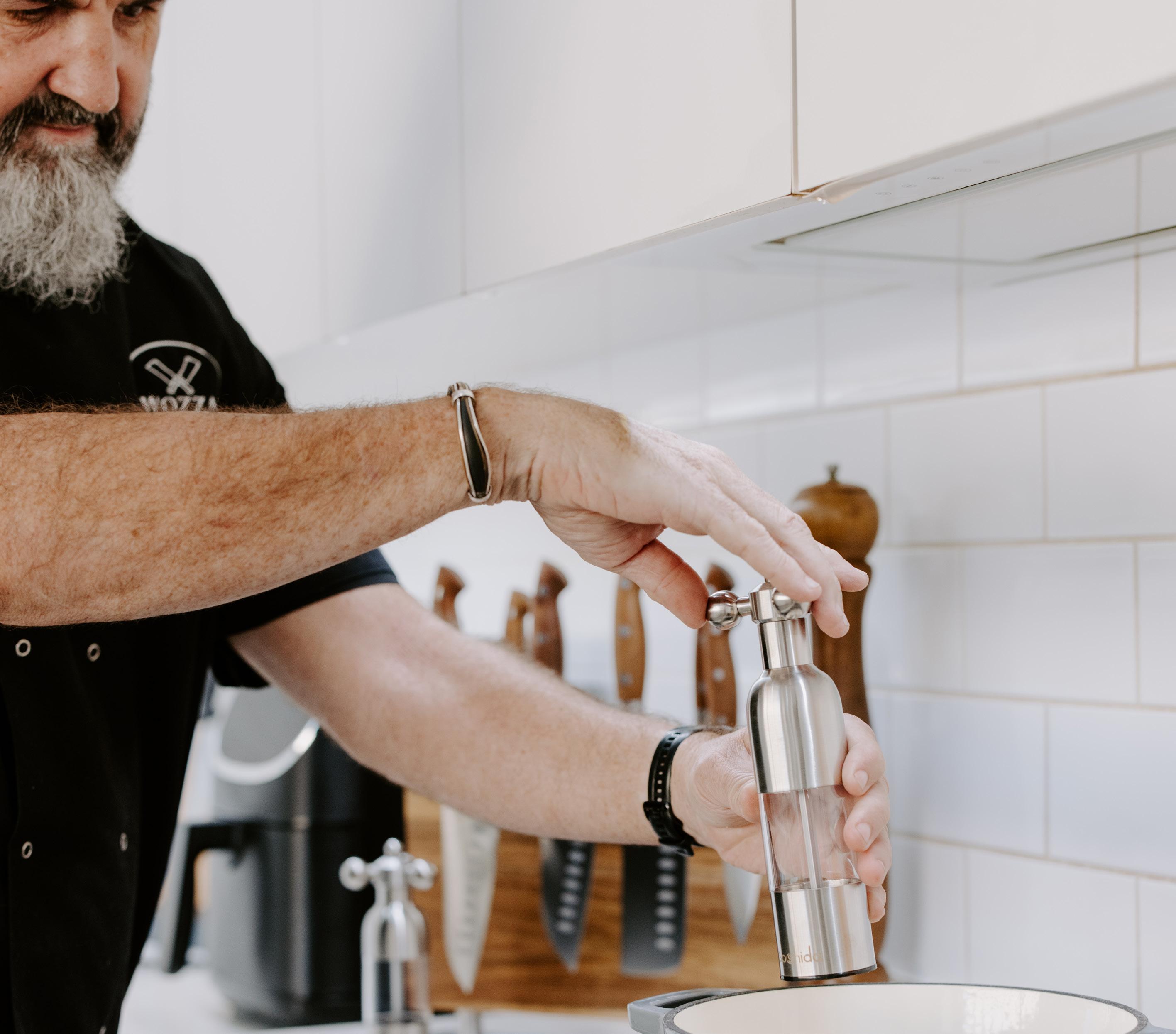
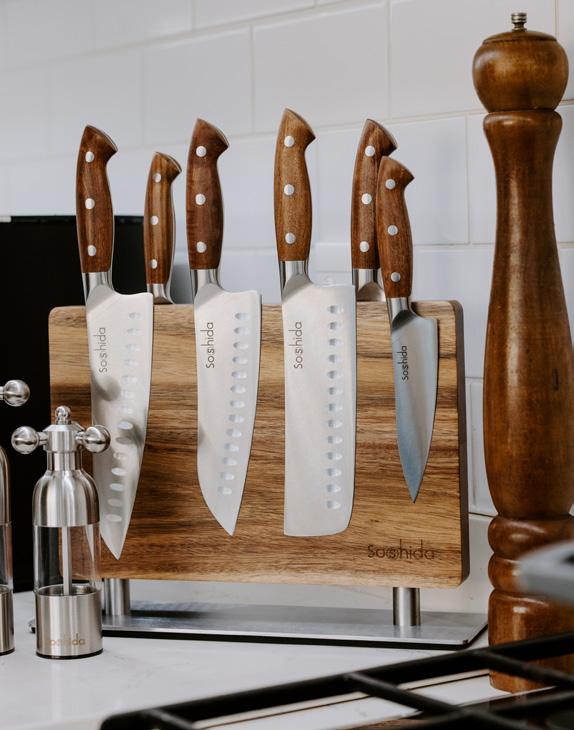
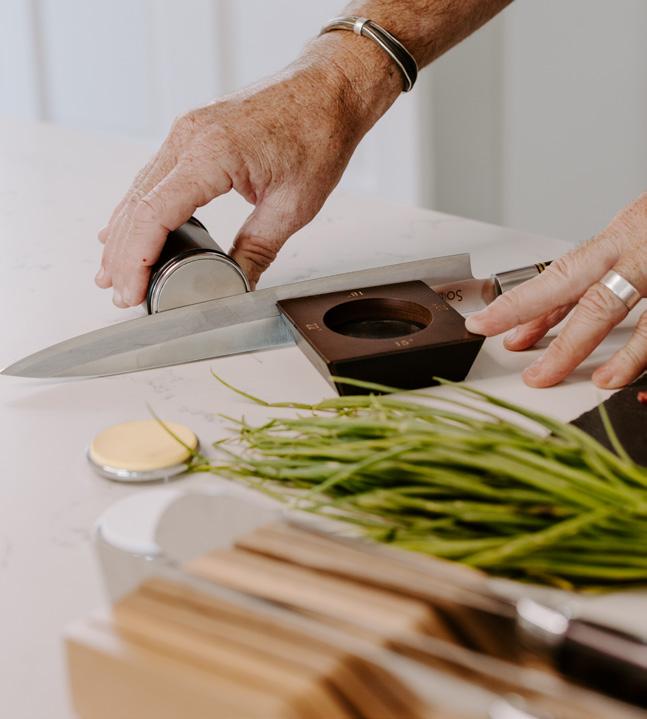
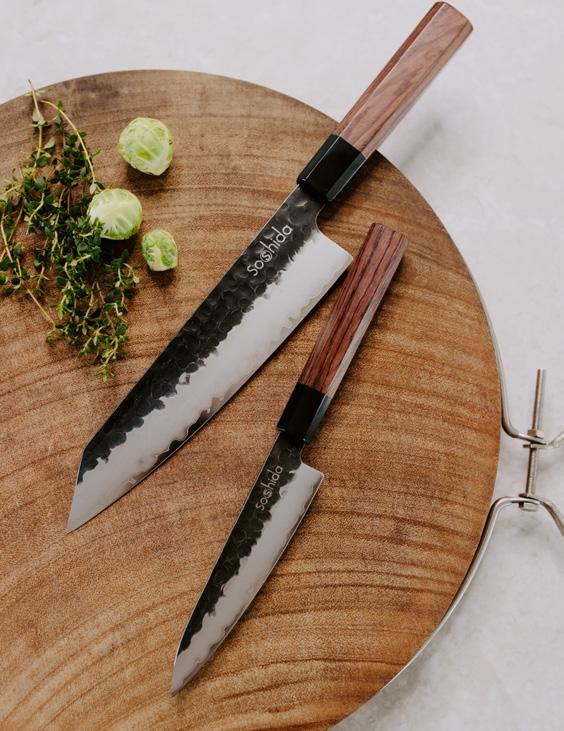
SOSHIDA CREATES KITCHENWARE for those who take pride in the spaces they live in — and the tools they use every day.
Our knives, cookware, and accessories are crafted with precision and finished with purpose. Balanced in the hand. Elegant on the counter. Designed to hold their place in even the most refined kitchens.
We don’t follow aesthetics. We set a standard — where form and function are one and the same. These are tools that speak softly, but say something. About how you cook. About how you live. Whether you're preparing a quiet meal or hosting with ease, Soshida brings intention to every moment.
www.soshida.com | Kitchenware with a Point of View.
LUXURY WITHOUT EXCESS
CHARACTER WITH EVERY CARRY
www.balvaro.co.za | Made for those who lead.
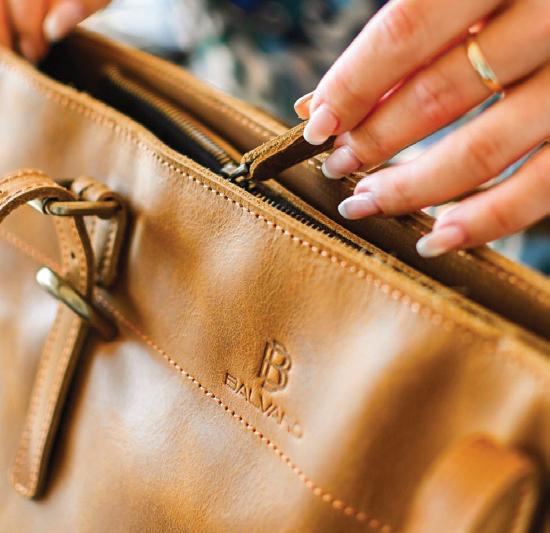
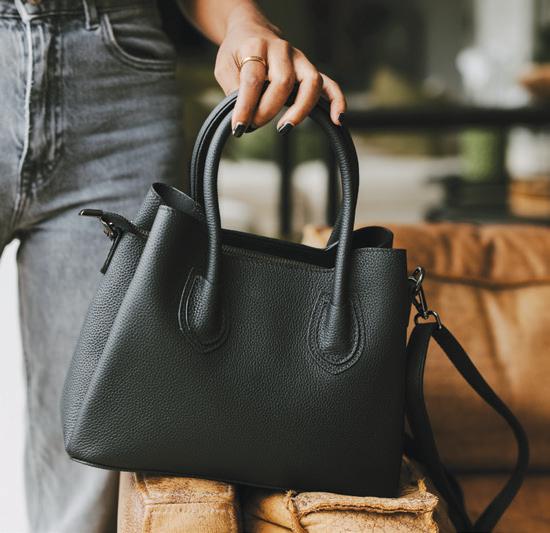



EACH PIECE IS HANDMADE, allowing natural markings and textures to shine — developing even more character as it ages.
With clean silhouettes, smart compartments, and a focus on durability, Balvaro creates leather goods that support the rhythm of modern life — whether you’re navigating airports, meetings, or weekends away. This is refined utility. Timeless design. And luxury that works as hard as you do.
Choose from our signature laptop bags, travel holdalls, and everyday carry options — or tailor a bespoke gifting solution for your company, someone special in your life, or simply treat yourself!


Next Level
Ballito’s Coolest Place to Meet, Work, Create,
or Just Catch Up

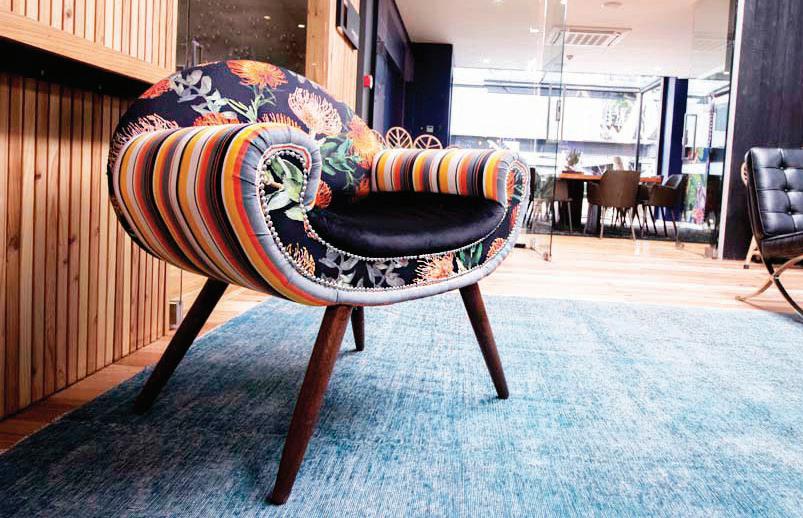
Forget everything you think you know about meeting spaces. NEXT LEVEL, upstairs above The Studios at Lifestyle Centre in Ballito, is turning the idea of the “boardroom” on its head—and giving it a much-needed personality upgrade while they’re at it.
EQUAL PARTS FUNCTIONAL AND FABULOUS, NEXT LEVEL is a quirky, contemporary collection of rooms designed for real people doing real things.Think strategy sessions that don’t feel like a drag, hobby groups that actually inspire you, and intimate get-togethers that don’t require shouting over background noise. Whether you’re pitching a big idea or just catching up with your creative circle, this is the kind of space that gets the vibe right.
There are 4 rooms to choose from depending on your need. Each room has its own look and feel, from colourful and bold to laid-back and loungey. Three are equiped with the tech you need to plug in and get things done. Or unplug and catch up. Either works.
And if you're wondering whether this is just another generic coworking space with a fancy name—it’s not. NEXT LEVEL is part of the ethos of The Studios and the wider Lifestyle Centre community, which means it’s rooted in a real love for connection, creativity, and collaboration. It’s professionally managed, thoughtfully designed, and refreshingly unpretentious.
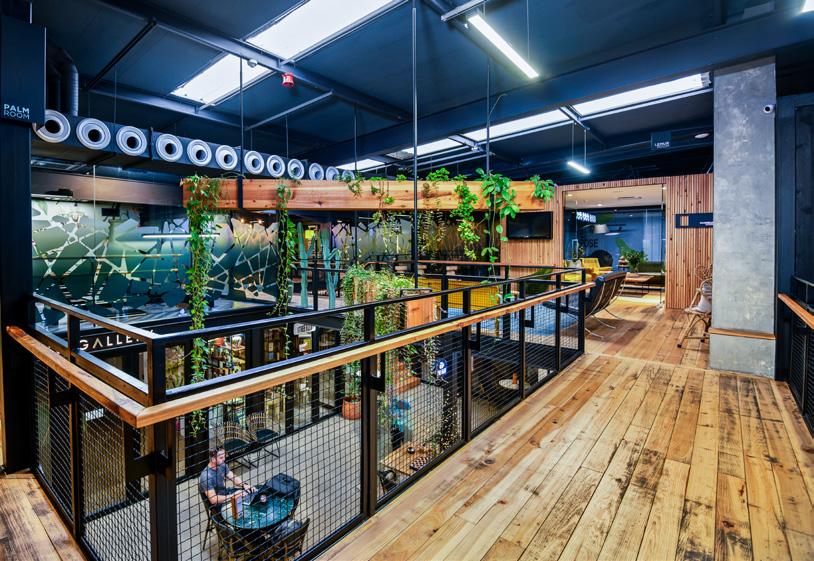
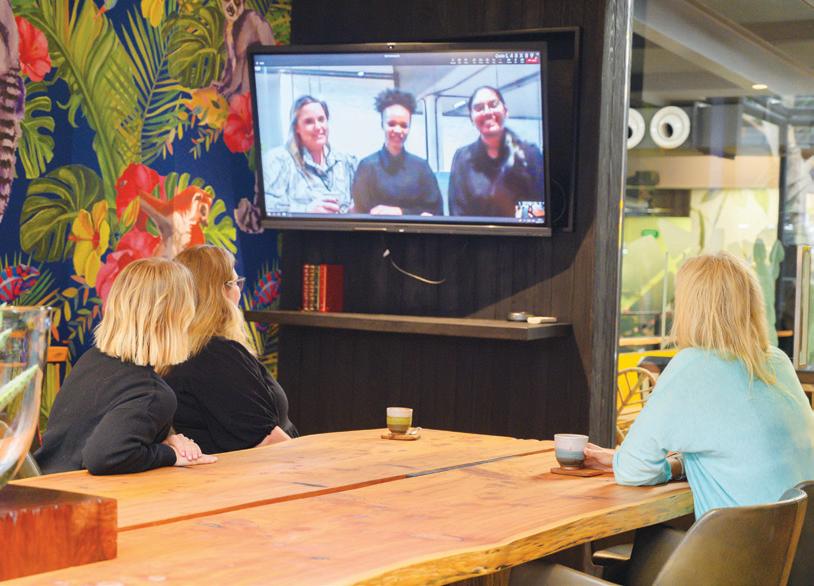
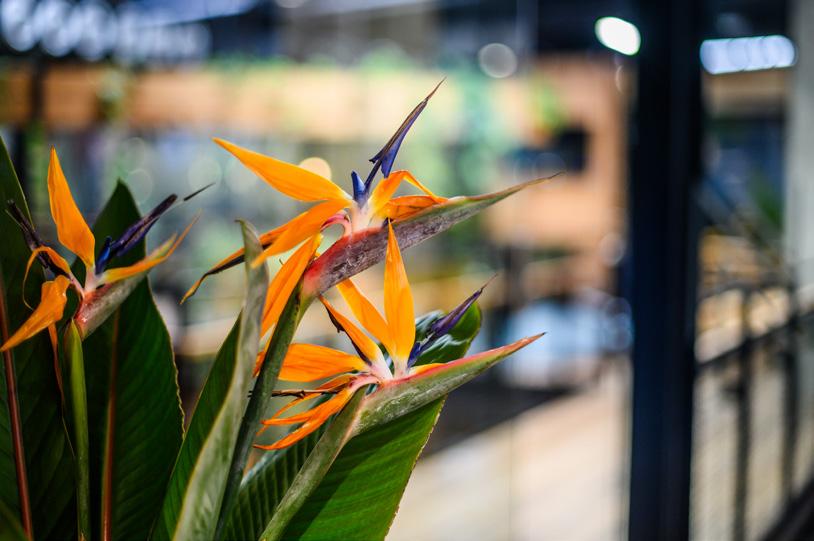
Here’s a sneak peek at what’s behind the doors:
The Lemur Room - 10 to 12 people
Bright, bold, and fully equipped for high-level thinking (or low-key celebrations), this space features a top-notch MAXHUB UHDTV with interactive screen, ideal for online meetings, creative brainstorming, and the occasional impromptu lunch.
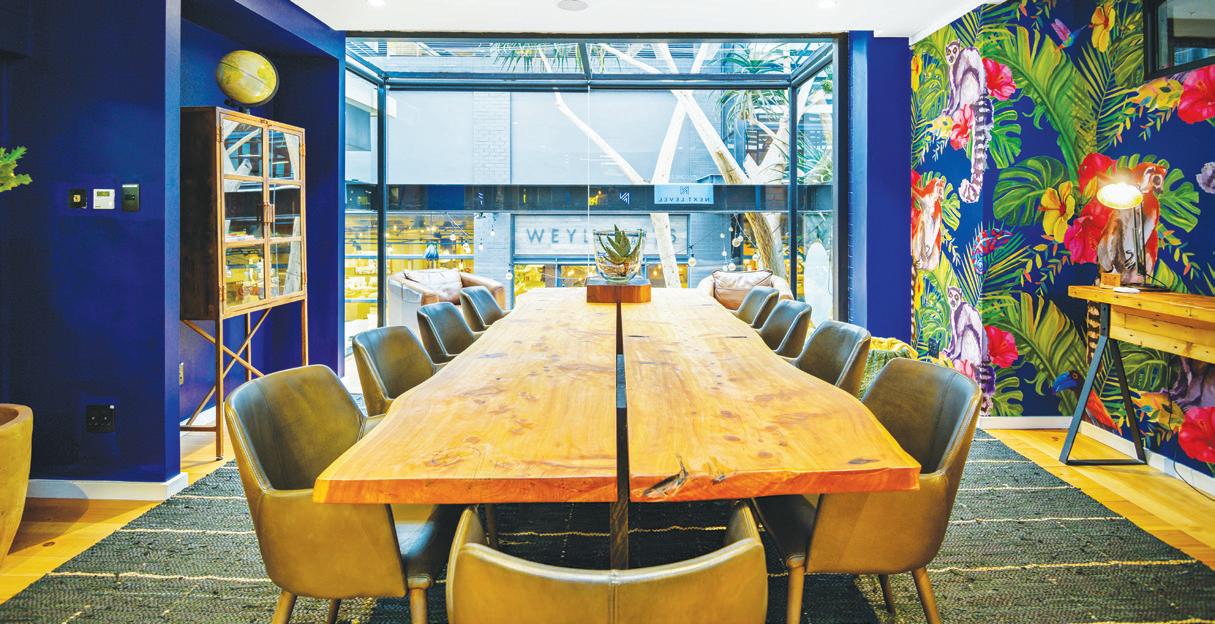
Palm Room - 8 to10 people
Calm and streamlined, this is your go-to for focused sessions with just enough style to keep things interesting. Perfect for coaching, virtual meetings, or plotting your next big idea with your inner circle.
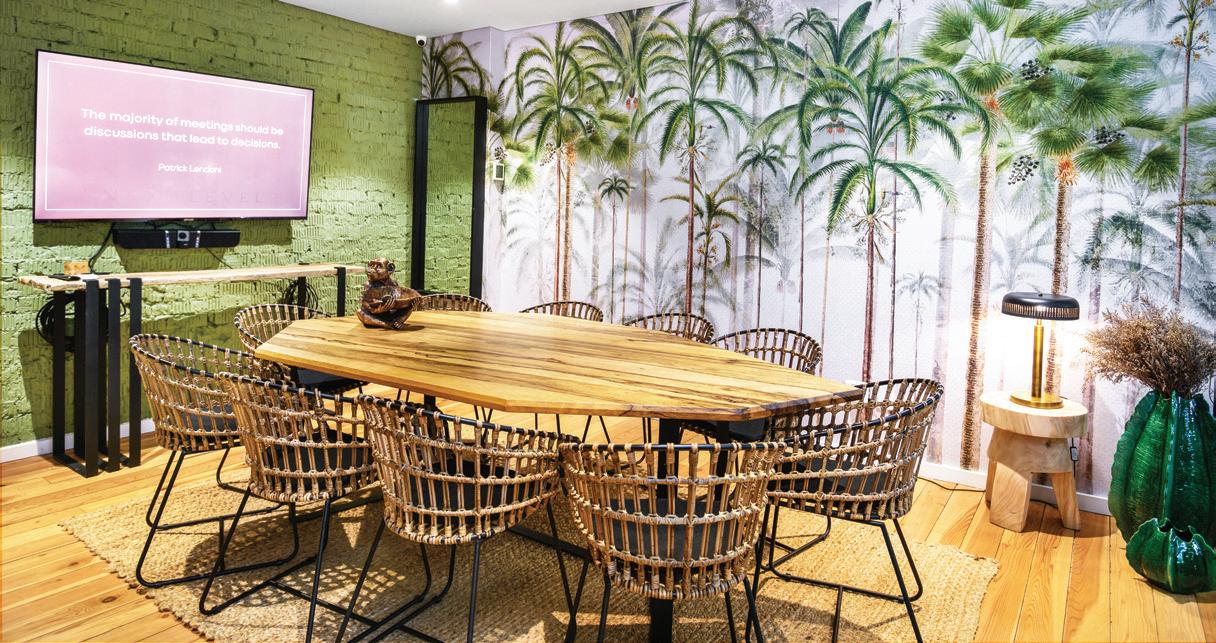
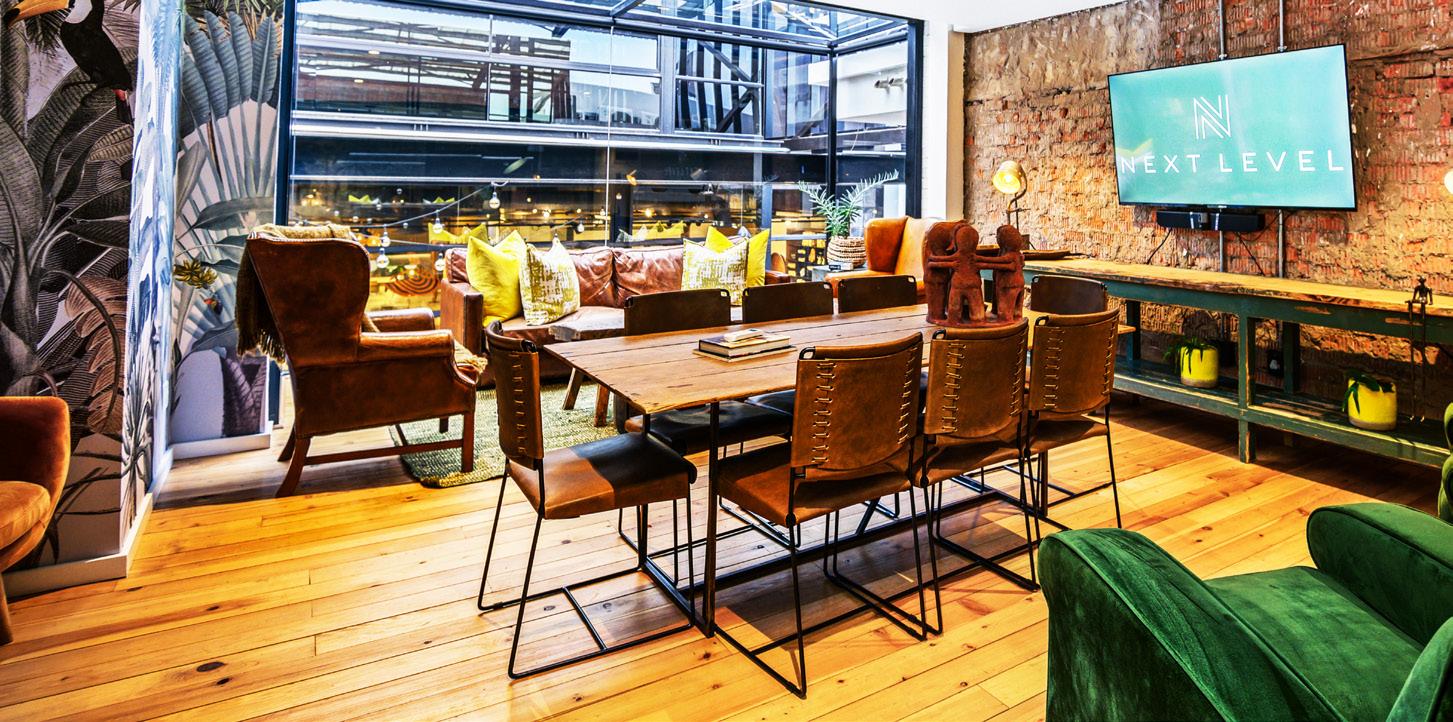
Toucan Lounge - 8 to 16 people
Half boardroom, half plush lounge, all charm. This hybrid space is where corporate gets cosy. The tech is sharp (4K TV, soundbar, wide-angle camera), the mood is mellow, and the styling is spot on for anything from business meetups to book clubs.
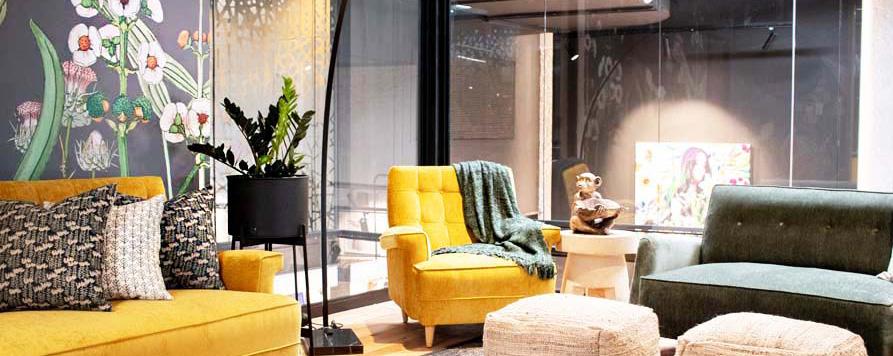
Dandelion Lounge - 8 to 10 Seater
Set in a valley of dandelions, this lounge spaces features a beautifully crafted 6-seater boardroom table, complemented by lounge seating up to five people. The room offers a casual yet sophisticated backdrop for intimate events, including hobby clubs, coaching sessions, showers, book readings, small product launches, and more. Connect via Bluetooth to the sound system and enjoy a creative, inspiring environment designed for both comfort and collaboration.
There is great coffee. There’s excellent food. And yes, the team can help you plan a tailor-made event if you're aiming to impress. But more than anything, NEXT LEVEL is a reminder that getting together, whether for work or play, should feel like something you want to do, not something you have to do. If you’re looking for a space that’s just as flexible, creative, and curious as you are, this might be your perfect fit.
Explore more at: www.nextlevelballito.co.za

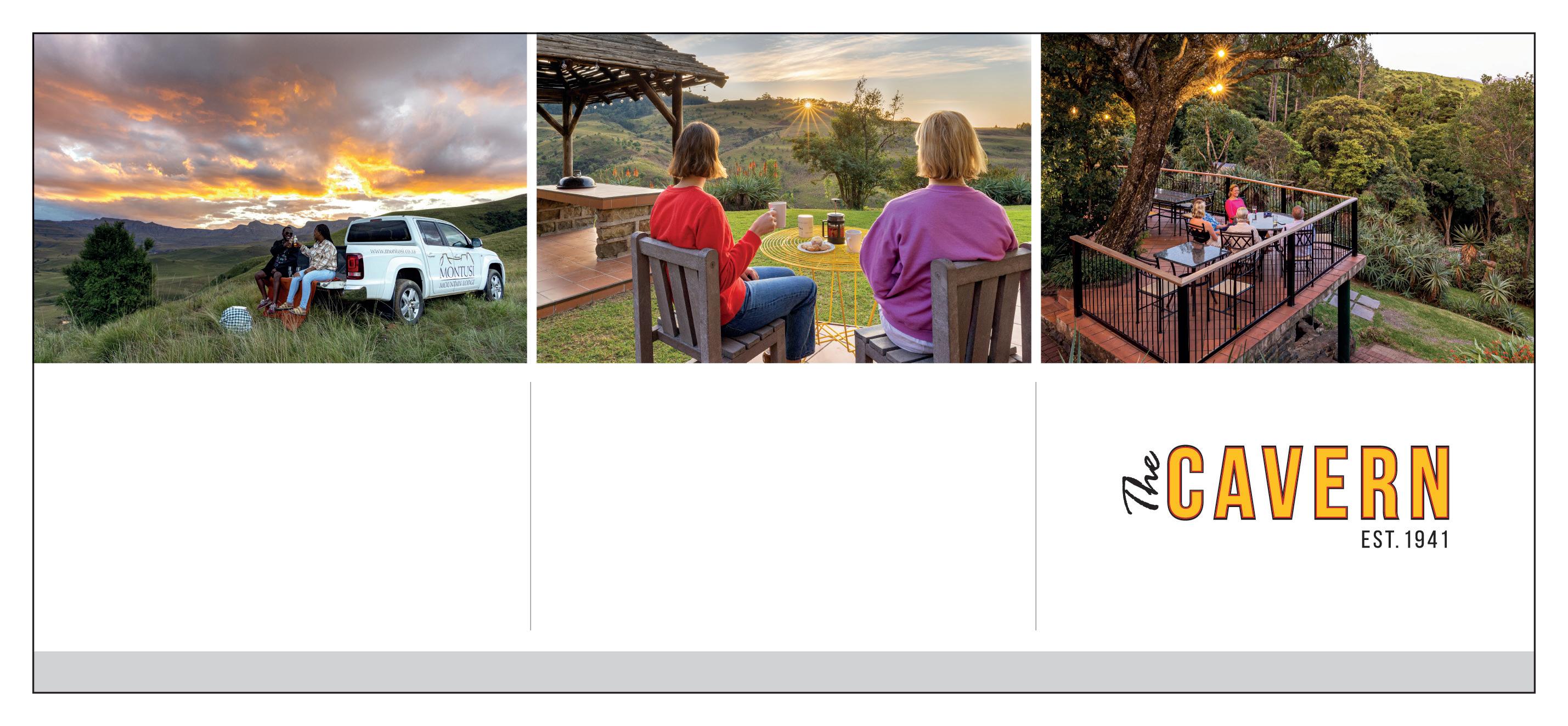


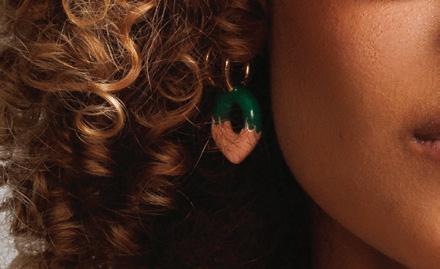









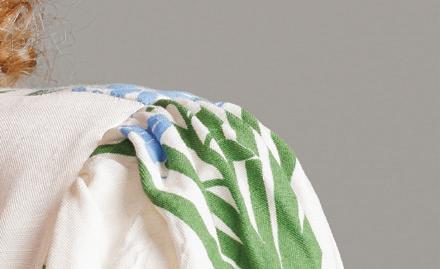















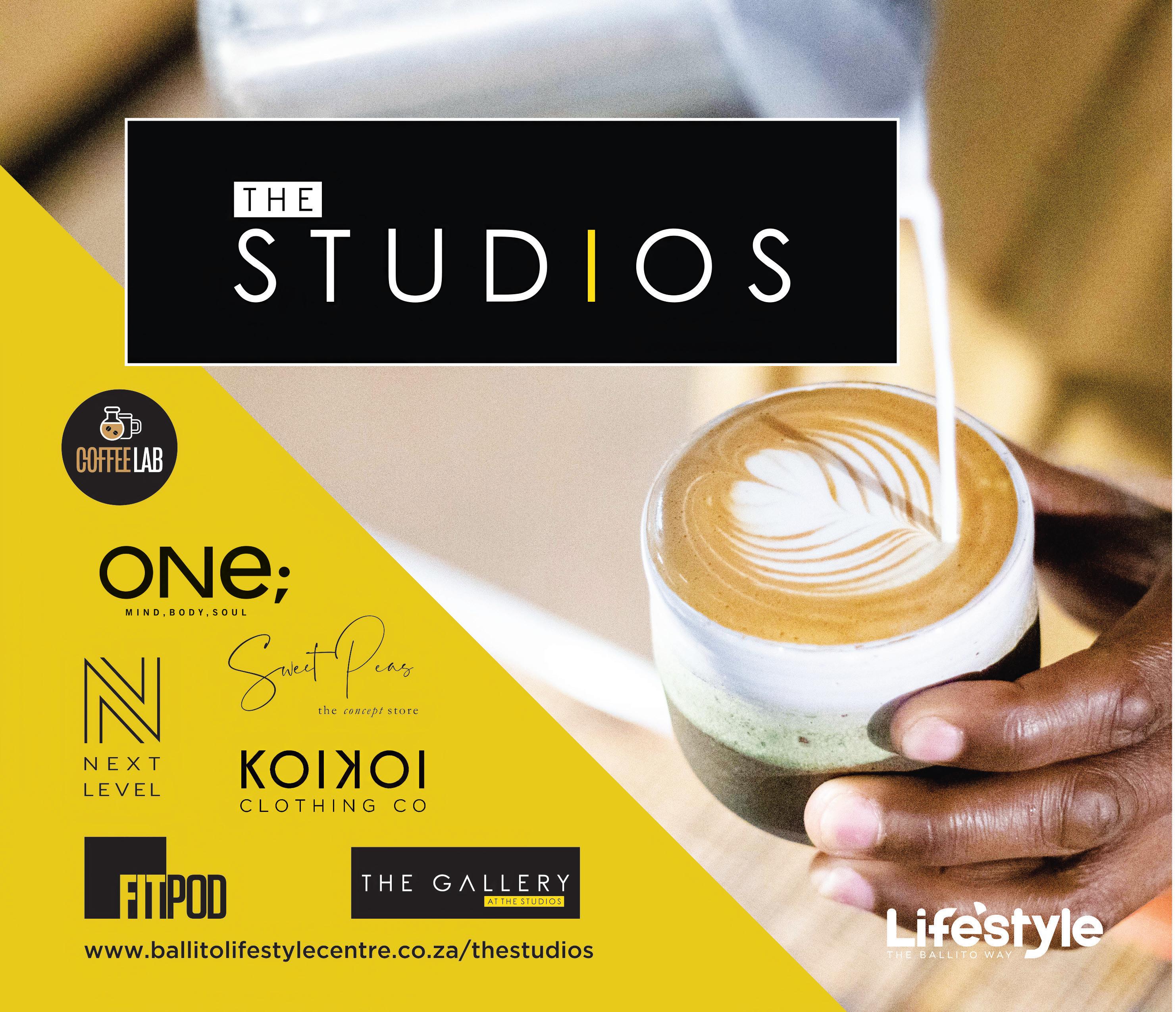
‘The Kingdom of Nostalgia’
South Africa’s Iberian Shadow
Words: Cameron Luke Peters
“The Portuguese have a strong, often too strong, sense of the past; the great nineteenth-century liberal historian, Alexandre Herculano, wrote of Portugal as laden down with the weight of her history. An American commentator who met [the dictator] Dr. Salazar in 1963 described him as ‘profoundly absorbed by a time dimension quite different than our own, conveying the strong yet curious impression that he and his whole country were living in more than one century, as though Prince Henry the Navigator, Vasco da Gama and Magellan were still active agents in the shaping of Portuguese policy.’”
- From Portugal (1975) by Sarah Bradfordw
IHAVE TO CONFESS THAT the better part of me rankles whenever anyone I’ve even briefly met emigrates from South Africa. This is not just due to patriotism or resentment. I’ve managed to travel to every continent besides Antarctica and I still haven’t found any place worth investing my self in that matches up to home. Selfishly, I wish far more people felt the same way. However, I haven’t been to Lisbon yet, and I’m told it might just defeat my convictions.
On the face of it, Portugal can boast everything South Africa prides itself on, and many of the things it can’t. The people are warm and charming. The landscapes are uniquely rustic and sublime. The climate doesn’t make you want to die for much of the year. The cities are - reputedly - more walkable, progressive and homely than any others in Europe. And, moreover, daily life is not defined by anxiety; the country isn’t rich, but there’s no poverty to compare with ours either. Life is on their side. However, if you move to Lisbon thinking you’ll escape our history, your choice will haunt you wherever you go.
The two greatest writers in the Portuguese language, Luís Vaz de Camões and Fernando Pessoa - the Iberian Shakespeare and Kafka respectively - were both intimately connected with South Africa. The greatest South African English poet, Roy Campbell, is buried in the cemetery of São Pedro in the town of Sintra in Greater Lisbon. The Portuguese themselves are taught more of South Africa’s colonial history than we are (at least judging from the tourists I’ve met on the streets of Cape Town). In fact, there are few nations with more spiritual links across the Earth’s many divisions between North and South than ours. As the historian Tony Judt points out, Portugal only became a part of ‘Europe’ as we know it in the 1970’s. For 500 years beforehand, the country’s soul faced outwards towards the Atlantic and its identity depended on Africa.
On a huge stone plinth on a roundabout in the middle of the Cape Town Foreshore (just where Table Bay used to rise before the land was reclaimed), an imperious bronze statue of Bartolomeu Dias still stands, gifted by Dr. Salazar to the Apartheid Government back in 1960. I work as a walking tour-guide in the city and occasionally an astute guest who’s noticed it will ask ‘If Dias was the man who proved you could sail around the Cape in 1488, and Vasco da Gama actually made it to India and back in 1497, why were the Dutch and the English the people who colonised South Africa? And why did they only start 150 years later?’ I usually jibe that the Portuguese did colonise us, but they just did it more slowly through fish & chip shops and Nando’s. I might add now that Vida e Caffè and pasteis de nata have also served as auxiliaries. But the real reason is that the Portuguese, in their Golden Age of Exploration, came to associate the Cape (and South Africa) with endless pain and sorrow. For good reason.
The first welcome they received on arrival on a South African shore was a violent one. When Dias and his caravels pulled into Mossel Bay (the Bay of São Brás as they called it) on the 3rd of February 1488, the local Khoi tribe
gave them the cold shoulder, refusing to accept the usual overtures of trinkets and beads. Then, according to Eric Axelson, “[o]ne day they threw stones from an eminence that overlooked the watering place; Dias picked up a crossbow and shot one of the assailants dead.” Dias carried on to the Keiskamma River before regretfully turning back home. Thus the tone was set. The Khoi probably guessed what was coming.
Since the snatching of Ceuta on the coast of Morocco in 1415, the Portuguese crown had sponsored a series of marauding voyages down the West African coast that would have made the Vikings proud. It had taken many centuries for the Christian Iberians to reconquer most of their peninsula from the Muslim Moors, and now the whole world was going to know about it. In short order, in a matter of decades, the Lusitanian captains discovered and colonised the islands of Madeira and the Azores, before setting sail beyond ‘the edge of the world’, rounding Cape Bojador in Western Sahara. Entranced by legends of a kingdom of Gold once ruled by Mansa Musa, and by age-old rumours of a Christian realm in Africa ruled by a certain ‘Prester John’ (probably the Ethiopian emperor), King Henry the Navigator had fixed his sights on sailing to the Spice Islands. He even copyrighted the idea with the Pope, who in 1456 publicly thanked the Portuguese for spreading the message of Christ through violence and gave them the sole right to claim the ports of the Indian Ocean in the name of God (whenever they got to them).
Now the horizon bore no limit. Erecting huge stone crosses (padrões) to chart their triumphs as they went, the navigators surpassed the Gambia River, then Sierra Leone, then traded slaves with the King of Congo, then charted Angola and Namibia, before Dias was finally blown off-course in a storm and belatedly realised, for the very first time, that he had started sailing North-East into warmer waters. Adam Smith, the intellectual godfather of capitalism, would
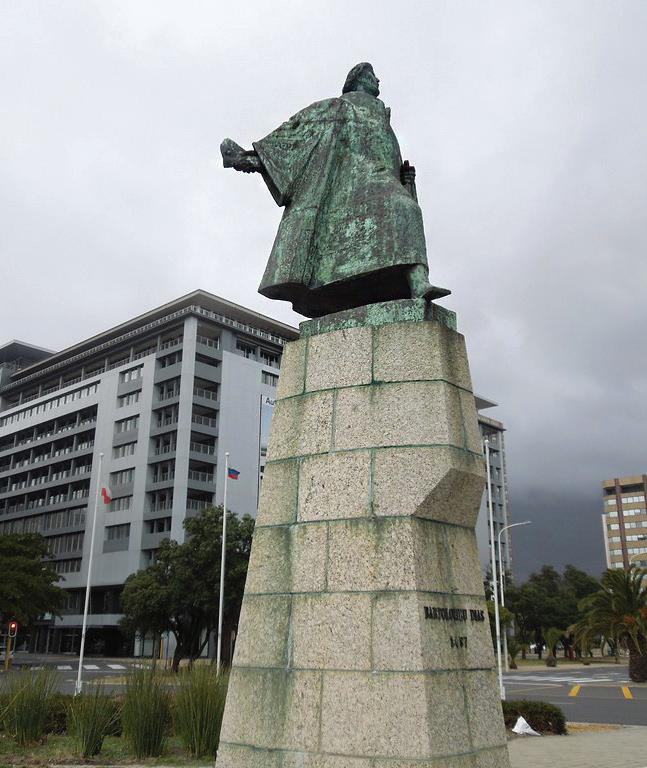
later claim this to be one of the two most important moments in modern human history (the other was Columbus’s first voyage four years later). On his return leg, Dias rounded Cape Point for the first time and gave it the name Cabo da Boa Esperança, which would one day provide the City of Cape Town with its latin motto: ‘Spes Bona’ (Good Hope).
You can tell something of the ensuing history by all the features of the South African coastline which still have names originating from Portuguese: St Helena Bay, Saldanha Bay, Paternoster, Cape Agulhas, Algoa Bay, Cape St.
Bartolomeu Dias
Francis, St. Croix Island, St. Lucia, and especially the ‘Natal’ part of KwaZulu Natal, named for the fact that Vasco Da Gama, in the follow-up voyage to Dias, made landfall on the Durban beachfront just after Christmas Day, 1497. (There’s a port city in Brazil named Natal for the same reason). But Da Gama’s journey also continued the trend of instant discord with the first South Africans. When they arrived in Mossel Bay this time, his sailors were initially feted by the ‘Hottentots’ and treated to a feast. However, Da Gama was soon spooked by the growing presence of armed men and he ordered soldiers off his boats to cover his sailors as they beat a hasty retreat from taking on water. Safely aboard, he “ordered two bombards to be fired at which the [Khoi] fled so smartly that they dropped their karosses.” This was the first time guns were ever fired in South Africa.
You might have realised by now that I lied two paragraphs ago when I said that Dias named the end of our peninsula the Cape of Good Hope. He actually called it Cabo das Tormentas - the ‘Cape of Storms’ - but his king later renamed it for the sake of PR. It is surely then one of the greatest ironies in history that Dias himself was fated to die in May 1500 in a storm off the Cape he named whilst captaining a ship on another voyage, apparently within sight of the beach that’s now named after him, as well as the giant replicas of white crosses you can spot along the boundary of Cape Point National Park. He would not be the first, or the last, casualty.
By 1509, the King was already directing his captains to wait until they arrived at their established base on Mozambique Island before making landfall. But sometimes it couldn’t be helped. That year the Madalena lagged behind its bedeviled convoy and lost two men (with seven injured) to an attack at a watering-hole along the Garden Route. The next year in February 1510, Francisco de Almeida, the King’s viceroy in the East, sailing home to retirement after a lifetime of pillaging, anchored his small fleet at the mouth of the Salt River Estuary in Table Bay. A trade dispute with the Goringhaqua tribe escalated quickly into a fracas of stone-throwing and broken teeth. In retaliation, the foolhardy admiral directed his men to seize Khoi cattle and kidnap some of their children. When the Portuguese arrived back at the shoreline, they found their boats had moved farther out into the bay to avoid being run aground by the wind. 170 Khoi warriors then descended on them with stones and arrows. The Europeans had left their guns onboard. Sixty-five men were killed in all, including eleven captains. Almeida himself was killed by a lance through the throat. This was, according to the historian Joao de Barros, the most disastrous event in Portuguese history. These men - many of them
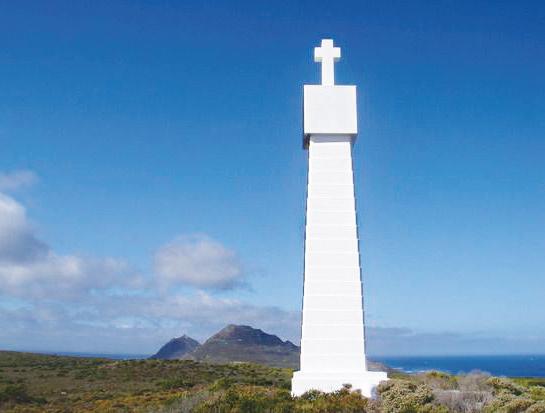
rich nobles - would never be replaced. Today, you can see a very kitsch and very gory picture of the battle in the military museum section of the Castle of Good Hope.
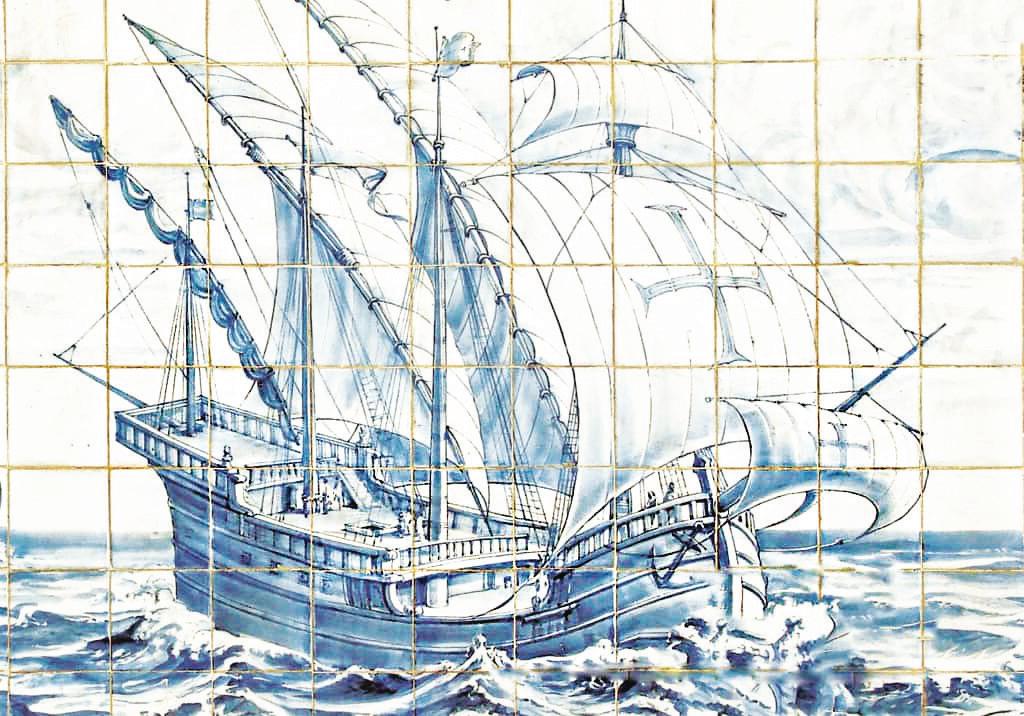
However, this was not their most affecting tragedy. In June 1552, the galleon St. John, returning home from India weighed down with thousands of pounds of silver treasure and 320 slaves, wrecked in the mouth of the Umzimvubu River. The survivors, including the esteemed captain Dom Manuel de Souza, his young wife Donna Leonora and their two sons, set out to march to safety along the beach up the coast to Delagoa Bay (Maputo). Nearly everyone died along the way. As soon as the remnants of the party arrived in the Portuguese colony, native Mozambicans robbed them of everything they had left and killed the Donna and her two children. The Dom ran into the jungle, never to be seen again. Port St. Johns is still named for the wreck.
Today, on a traffic island at the corner of Dr AB Xuma and Monty Naicker Street in central Durban stands a much-maligned bust of Fernando Pessoa, the greatest Lusophone poet of the 20th-Century. His father was the Portuguese consul for the British colony of Natal and thus Fernando spent his childhood in South Africa and went to Durban High School (of all places) before returning to Lisbon to indulge his beautiful madness in 1905. Inscribed on the plinth below him is a quote from one of his lyrics:
Oh Salty Sea
How much of your salt
Are tears of Portugal!
Hyperbolic as this may sound, Pessoa was only echoing the sentiments of his forebears. To the Portuguese themselves, the stories I’ve related were just a few drops in the bottomless bucket of their travails. Their national epic The Lusiads (1572) is the story of their 16th-Century voyages, composed by Camões, a one-eyed soldier-sailor who actually bore witness to many of them. In one section, he transfigures Table Mountain into the Greek titan Adamastor, thrown down to Earth millennia ago after defeat by Zeus and his cronies:
‘My solid flesh converteth to tough clay:
‘My Bones to Rocks are metamorphosed:
‘These leggs, these thighs (behold how large are they!)
‘O’re the long sea extended were and spred.
(Trans. Sir Richard Fanshawe, 1655)
Angered at the navigators’ temerity in disturbing his slumber at the edge of the world, he blows awful storms to sink their ships. Here the Portuguese sailors are cast as modern-day Prometheans, slated by the heavens for their own ambitions. Camões himself seemed to lead a cursed life - he died a penniless beggar on the streets of Lisbon. But he was eventually buried in the Convent of Jeronimos, right next to Vasco Da Gama and alongside the Bantu slave who accompanied him for the last years of his life. ‘Adamastor’ would take on a mythic life of its own in South African literature, referenced by Roy Campbell and Andre Brink in the titles of some of their most famous books.
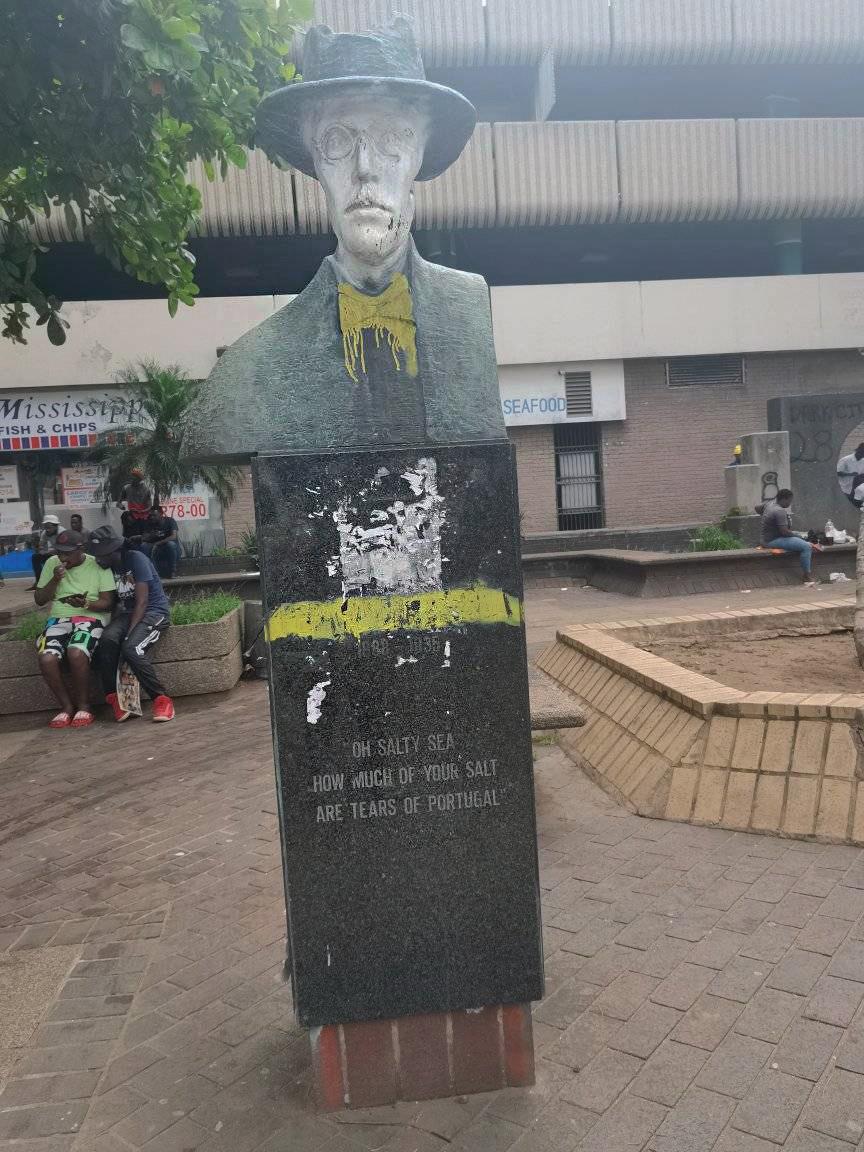
Fernando Pessoa
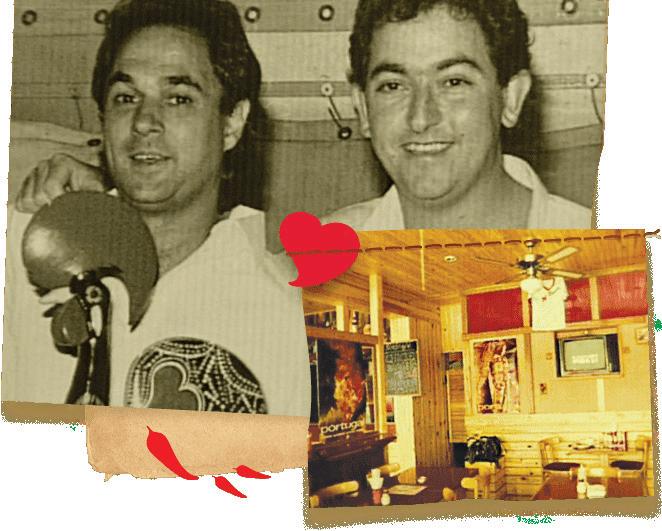
Portuguese immigrant entrepreneur Fernando Duarte and his Jewish-South African business partner Robert Brozin founded Nando’s, the most successful of all South African restaurants.
If you’re reading this in Lisbon, take the time to stroll over to the Jardim do Alto de Santa Catarina and have a look at this sculpture of the fallen deity:
Should we feel sorry for the Portuguese and their captains? Probably not. Their downfall was something of their own design. As Alexandre Herculano wrote: “The glory which we acquired in this epoch was one of the greatest the world has seen, but we purchased it at the price of future disgrace, with the death of all hope, the bearing for centuries of a cup full of ills and affronts.” In short, the overreach of the Portuguese navigators was followed by the overstretching of their stamina, manpower and revenues. With a population of only one-and-a-half million people at the height of their global empire, every shipwreck, every battle, every corrupt official, every turn of the wind mattered. So many young men were lost to the army, the navy and the colonies over the decades that Portuguese farms suffered labour shortages and famine. Having basically invented international trade as we know it, they were also the first international corporation to go bankrupt, their routes and strategies stolen by the Dutch, their royal house absorbed by Spain for half a century. Although they still managed to hold on to their trading posts in the East and their colonies in Africa for more than 400 years, Portugal receded into being an insular, paranoid, basketcase power in Europe.
Nonetheless, the fall of their empire had as many repercussions in South Africa as its beginning. One of the background justifications for the Boer War
was that in the 1880’s the Portuguese laid claim to all of Central Africa between Mozambique and Angola, and the British were forced to pull rank and assert their dominance over the region. Likewise, in the 1890’s, they didn’t like the sound of a direct train-line connecting the landlocked Transvaal to the coast via a gentleman’s agreement with the Portuguese officials in Lourenço Marques. This would have circumvented their control on the Johannesburg goldfields, which just wouldn’t do.
The first domino that brought down the Apartheid Regime fell, arguably, in Lisbon. The ‘Carnation Revolution’ - the miraculously bloodless military coup that finally brought down the Estado Novo dictatorship in 1974 - led to the retreat of the Portuguese colonial forces and the independence of Mozambique and Angola in the next two years after decades of civil war. Now surrounded by enemy states and faced with a destabilised region (compounded by Zimbabwe’s independence in 1980), the National Party gambled its life away by committing to a clandestine guerilla war in support of reactionary groups in Angola and a campaign of cruel targeted assassinations of ANC operatives and sympathisers in Maputo and Beira. These ramped-up military expenses alone would have stretched the coffers of the regime, but combined soon afterwards with renewed international condemnation, the aftermath of the Soweto uprising, MK’s insurgencies, oil shocks, boycotts and a decade of economic stagnation, the clock finally began to run down on a Whites-Only South Africa.
One of the lighter repercussions of this history was the South African Portuguese community and its outsized role in our culture. Although Cape Town could boast a ‘Little Madeira’ of fishermen’s families in Woodstock from the 1930’s, and there had always been a Portuguese presence in Johannesburg, the end of the colonies caused their numbers to more than sextuple, from 49,000 to 300,000-plus, in a matter of years. Rosettenville in Joburg South became its own ‘Little Portugal’, home to tens of thousands of migrant white and black Angolans and Mozambicans. Portuguese was even taught in the schools. Out of this enclave came Nando’s, the most successful of all South African restaurants, founded by a Portuguese immigrant entrepreneur named Fernando Duarte and his Jewish-South African business partner Robert Brozin. The original branch is still there at 117 Main Street, converted from the original ‘Chickenland’ in 1987 into the cornerstone of the global Peri-Peri
market and a mainstay in British meme-culture. Likewise, Vida e Caffè, the biggest coffee brand in Africa with 320-plus stores, was started on Kloof Street in 2001 by a Portuguese South African, Rui Esteves, and his business partner Brad Armitage, as a tribute to Portuguese counter-cafe culture.
Beyond every snippet of history, our national temperaments are simply strange mirror images. Even in 1508, the chronicler Pacheco Pereira remarked “that many of the herbs and plants and trees of the [Cape] peninsula were similar to those of Portugal because of similarity in latitude and climate.” Unlike the Portuguese archetype, I don’t think South Africans, on the whole, are a melancholy people, but I’d say we can recognise something of ourselves in the magnificent Portuguese word Saudade: what Sarah Bradford translates as “a state of longing for a person or a place, a bitter-sweet feeling something akin to the ancient Greek word pothos.” In other words, a national sense of tragedy. A fatalism that encompasses the collective memory of many centuries of overwrought peasants and warriors. It’s the sentiment that colours the genius of fado music - the aching anthology of national folk-songs that Afrikaners might recognise as expressing the term hartseer.


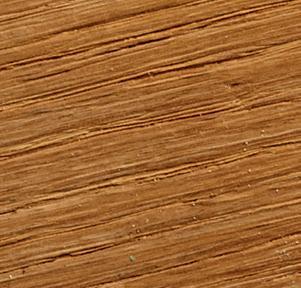

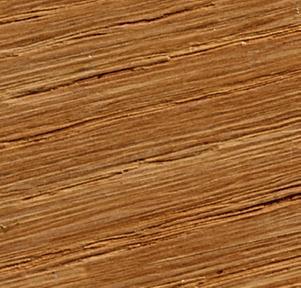
93 Bowls Boujee








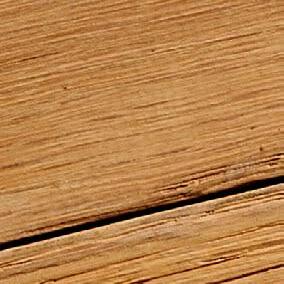



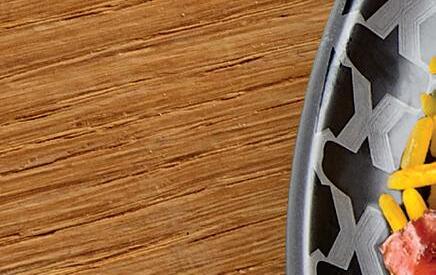



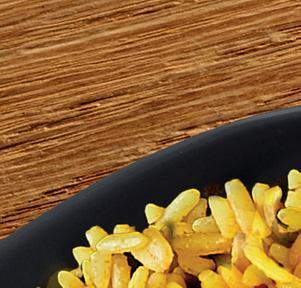
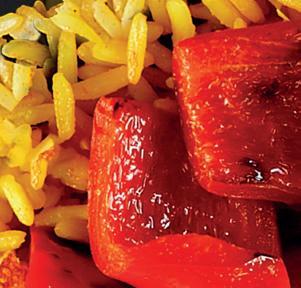



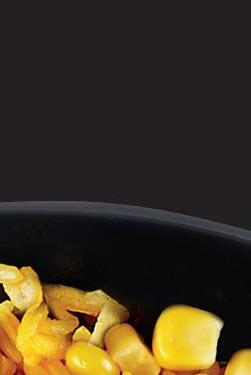
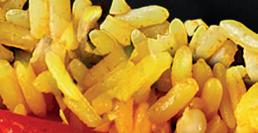
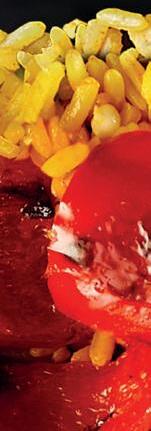
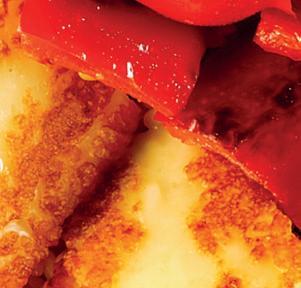
You can listen to Amália Rodrigues and Miriam Makeba side-by-side and recognise their souls in each other. It’s perhaps no coincidence that the enduring motto of the Anti-Apartheid struggle, still relevant in every way today, is in Portuguese: A Luta Continua. The Struggle Continues.
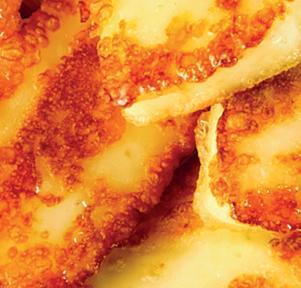
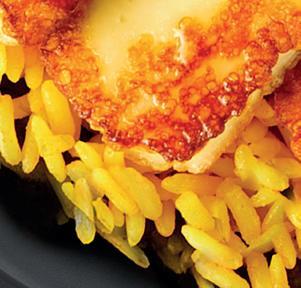
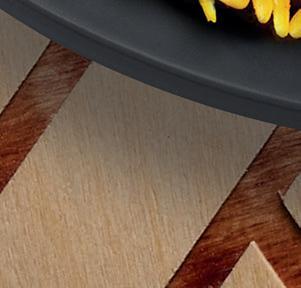


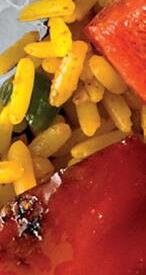
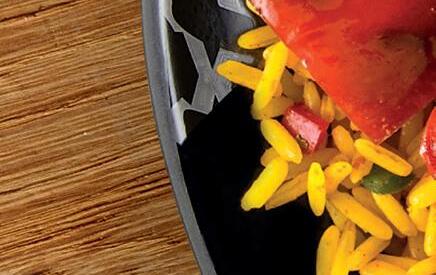


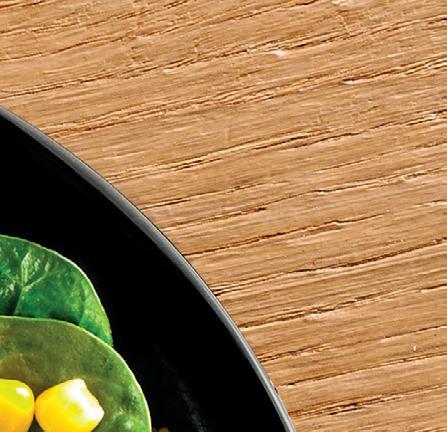

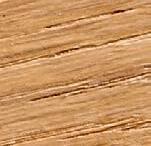


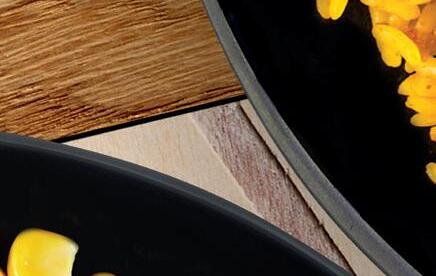


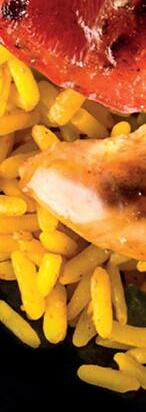


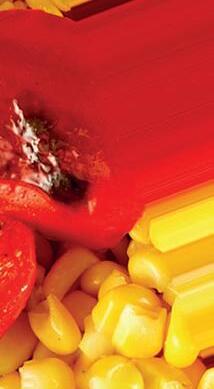

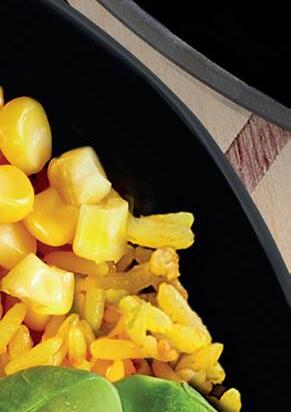




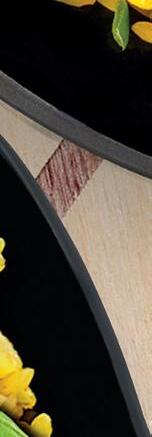
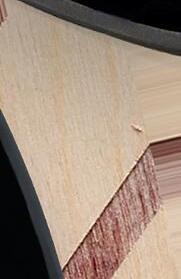


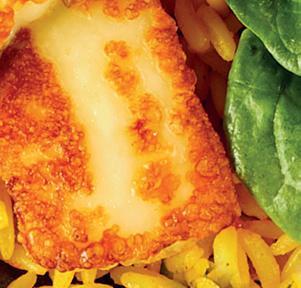
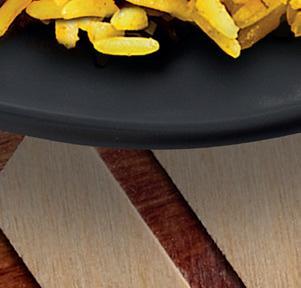
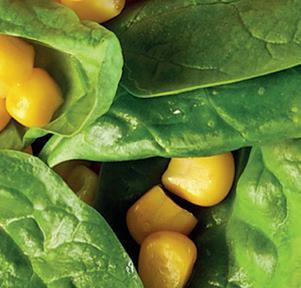
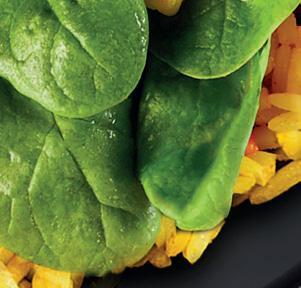





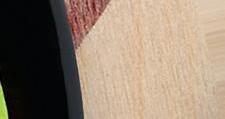
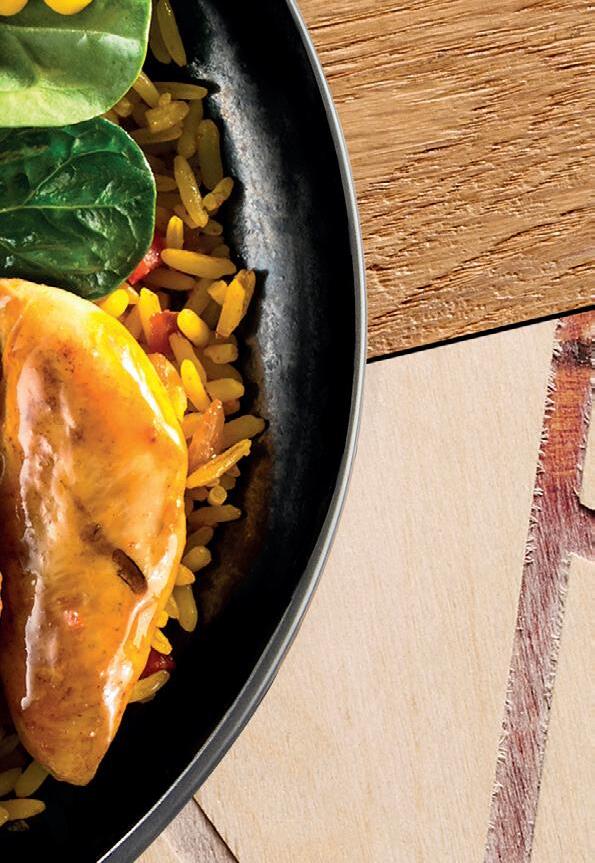




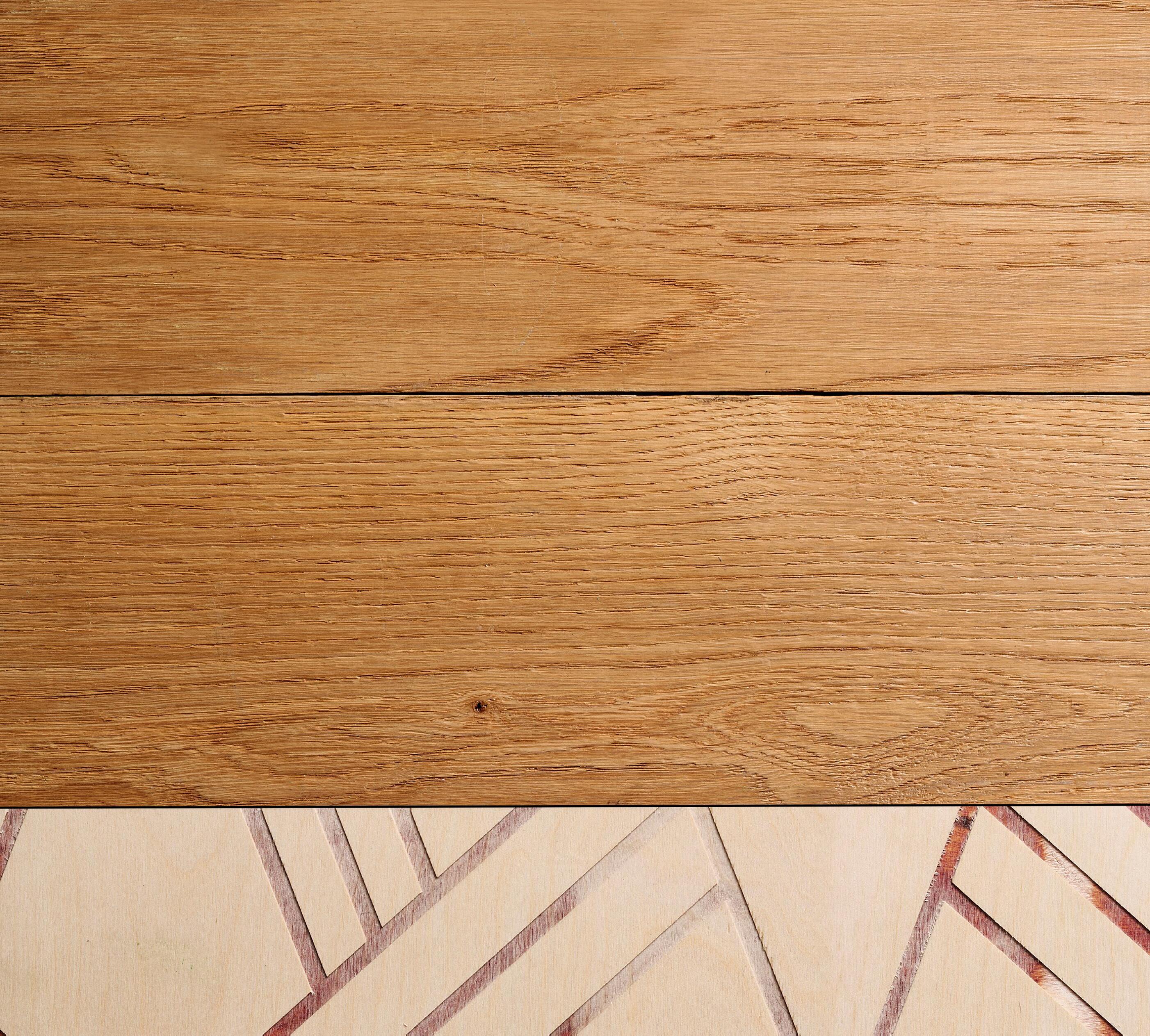

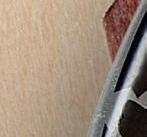




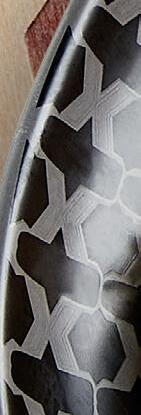
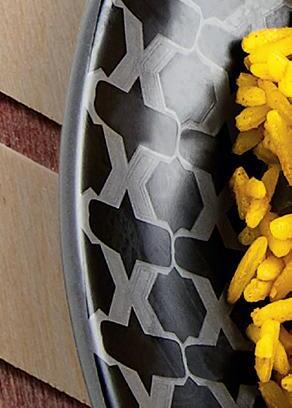
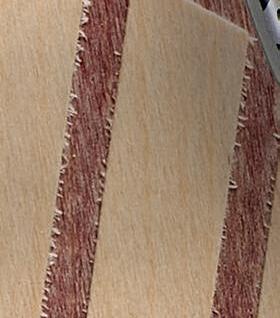

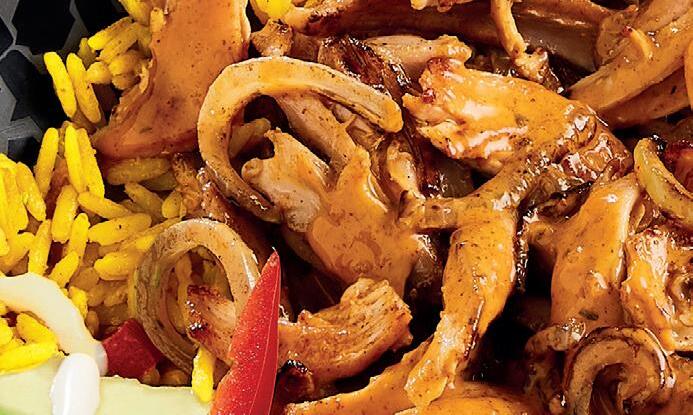
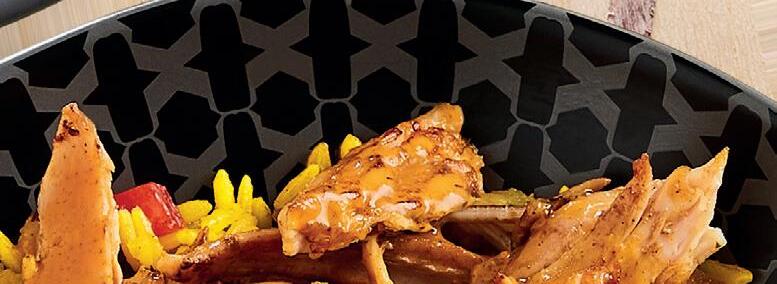
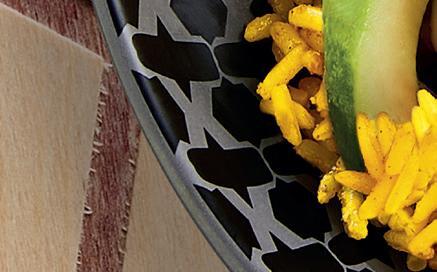




HEARING
IS A VITAL SENSE THAT CONNECTS US TO THE WORLD AROUND US
Yet, many individuals overlook the importance of regular hearing assessments, often attributing subtle changes to aging or environmental factors.
However, early detection and intervention are crucial in maintaining overall well-being.
WHAT IS HEARING LOSS?
Hearing loss can manifest in various ways, from difficulty understanding speech in noisy environments to complete deafness. It can result from aging, prolonged exposure to loud noises, infections, or genetic factors. Regardless of the cause, untreated hearing loss can lead to communication challenges, social isolation, and in certain cases, cognitive decline.
THE IMPORTANCE OF SEEKING AN INDEPENDENT HEARING HEALTHCARE PROFESSIONAL
Hearing healthcare professionals specialise in diagnosing and treating hearing, sound processing and balance disorders. Importantly, when you choose to consult with an independent audiologist and/or acoustician, you are choosing personalized care tailored to your specific needs, free from commercial influences. Independent practitioners place each patient’s unique needs as a priority. From clinical services to the potential dispensing of an assistive product, your independent professional will recommend solutions that best suit your condition and lifestyle.

Introducing the iCAN Network
The Independent Connected Audiology Network (iCAN) is a collective of audiologists and acousticians committed to providing ethical, patient-centered care across South Africa. The network aims to:
• Promote Early Detection: Encourage regular hearing assessments to identify issues promptly.
• Offer Comprehensive Services: Provide services ranging from hearing tests to balance assessments and tinnitus management.
• Ensure Informed Choices: Empower patients with knowledge, allowing them to make informed decisions about their hearing health.
• Advocate for Accessibility: Work towards making hearing healthcare accessible to all, regardless of socio-economic status.
• Work closely with network colleagues to ensure that each patient’s care is underpinned by the knowledge of many professionals, working as a team.
The Audiologist’s Role in Comprehensive Care
Audiologists play a multifaceted role in managing hearing and related disorders for all ages from birth to older life.
• Hearing: Audiologists and acousticians conduct thorough assessments to determine the degree and type of hearing loss, recommending appropriate interventions such as hearing aids, assistive listening devices, or cochlear implants.
• Balance: Audiologists evaluate and treat balance disorders, which can be linked to inner ear problems, ensuring patients maintain their independence and quality of life.
• Cognition: Address the cognitive aspects of hearing loss, as untreated hearing impairment is correlated as a risk factor for cognitive decline and dementia.
• Tinnitus: Provide strategies and therapies to manage tinnitus, a condition characterized by persistent ringing in the ears.
• Hyperacusis an misophonia: Assess and help patients who struggle with sound sensitivity and irritation to live a good quality of life.
• Auditory Processing: Assess and treat difficulties in processing auditory information, especially in noisy environments, which can affect communication skills – particularly in classrooms and noisy open-plan offices.
Whether you're experiencing hearing issues, balance problems, or cognitive concerns related to auditory health, seeking professional help is the first step towards better well-being.
Remember, your hearing health is integral to your overall quality of life. Don't wait for problems to escalate; consult with an independent hearing healthcare practitioner today.
To locate a qualified audiologist or acoustician near you, visit the iCAN website's practitioner directory, or scan the QR code
www.independentaudiologists.co.za
Branches in:
Western Cape
Limpopo / Mpumalanga Gauteng Free State
KwaZulu Natal
Northern Cape
Eastern Cape North West Province

THE ART OF GOING PLACES
Driving the Maserati Grecale and Reclaiming the Joy of the Everyday
THERE ARE CARS THAT GET YOU PLACES. And then there are cars that make you late on purpose. The kind you detour with. The kind that turn a coffee run into a mini escape. The Maserati Grecale? Definitely the second kind.
You don’t so much drive it as you make an entrance. Even if it’s just pulling into the grocery store parking lot, you feel like you should be arriving somewhere important—preferably in sunglasses.
The Grecale is Maserati’s answer to the question: What if luxury wasn’t just for special occasions? It's part of their “Everyday Exceptional” philosophy, which basically means you don’t have to save the drama for red carpets or date nights. You can have it on a Tuesday morning, too.
FOUR WAYS TO FEEL SOMETHING BEHIND THE WHEEL
The 2025 Grecale comes in four versions, each with its own personality. The base model is surprisingly powerful, with a smooth hybrid engine and all the essentials. The Modena adds a bit of flair and sportiness—think of it as the “just a little more” edition.
there’s the Trofeo: loud, bold, and impossible to ignore. It’s the kind of SUV that makes you grin every time you accelerate. And for those who like their thrill a little quieter, there’s the Folgore—Maserati’s first all-electric SUV. Sleek, silent, and seriously fast, it’s a whisper with a wild side.
A COLOUR FOR EVERY MOOD
Italians have a way of making even paint feel poetic, and the Grecale is no exception. With colours like “Gold Venus” and “Blu Pastello,” choosing a finish is less like car shopping and more like building your dream closet. And yes, you can go bold—there’s an option that pairs a fiery orange exterior with baby blue leather seats. Somehow, it looks amazing. Go figure.



MORE LOUNGE, LESS CABIN
Inside, the Grecale feels less like a vehicle and more like a stylish lounge that just happens to move. The leather is soft. The lighting is moody. The tech is sleek but unobtrusive. Every detail feels curated—from the stitching to the ambient hues.
There are enough upholstery combinations to suit just about anyone’s taste, from modern minimalists to those who believe more is more.
THE LUXURY OF EASY
Beyond the drive itself, Maserati is leaning into convenience. Service packages now cover everything from regular maintenance to concierge-style pick-up and drop-off. You can even opt for custom gear for your dog or your toddler— because why shouldn't everyone in the car feel spoiled?
A MOVING PIECE OF ART
To celebrate the Grecale’s latest evolution, Maserati is taking it on tour—literally. The Urban Tour is part gallery installation, part roadshow, with stops at museums and design spaces across Italy. It’s a chance to see the SUV not just as transportation, but as a rolling piece of sculpture.
WHY IT MATTERS
In a world full of functional cars that fade into the background, the Grecale is refreshingly unafraid to make a statement. It reminds you that driving can still be a joy. That the way you get somewhere can be as meaningful as the destination itself.
And sometimes, that’s exactly what we need—a beautiful reason to take the long way home.



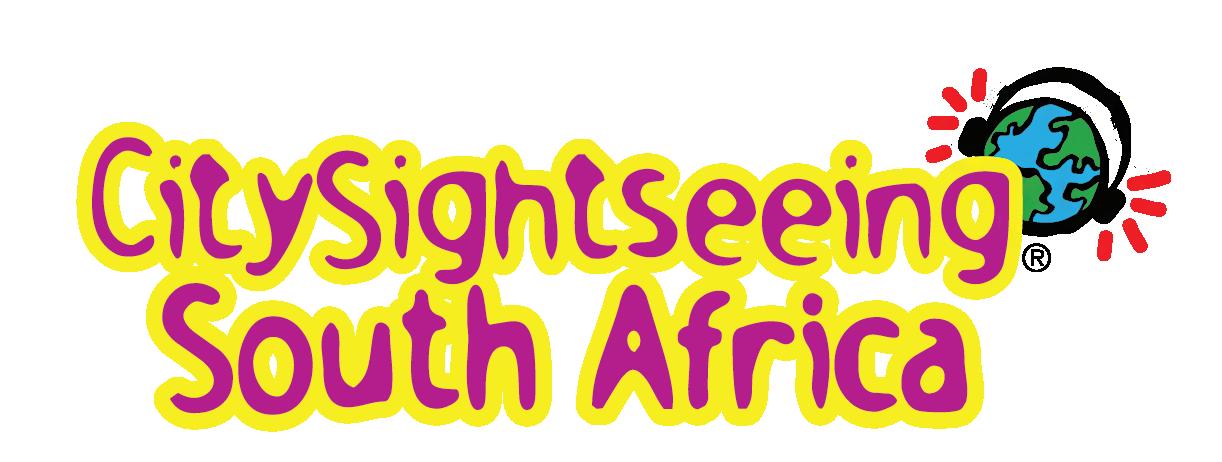
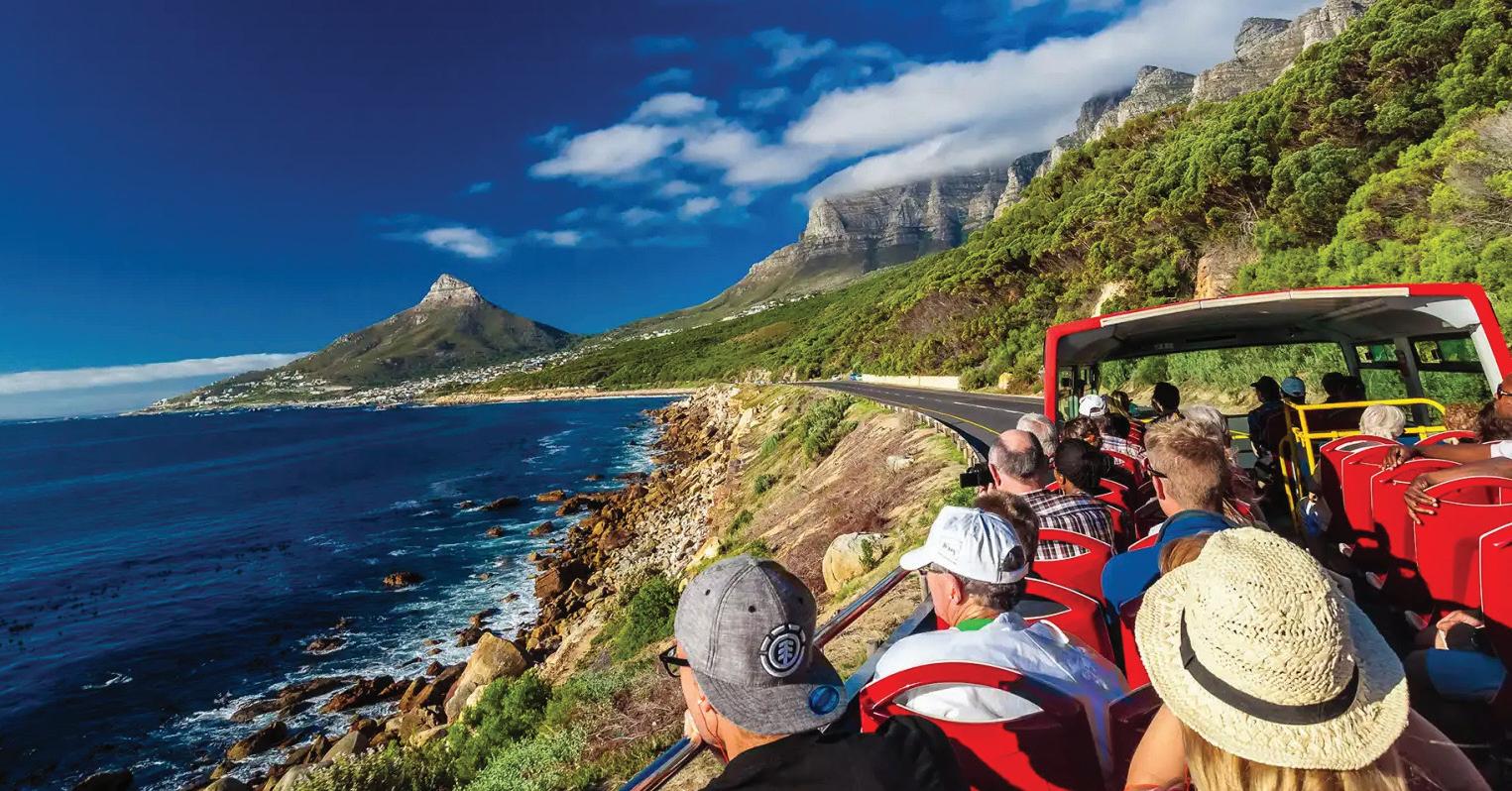
SOUTH AFRICA PROMISES AN UNFORGETTABLE ADVENTURE
Whether you’re sipping fine wine atop Table Mountain, exploring the creative streets of Johannesburg, each moment is an opportunity to create lasting memories. Enjoy panoramic views from the open-top bus, with flexibility and informative audio guides in 15 languages in Cape Town and 10 languages in Johannesburg plus a dedicated kid’s channel.

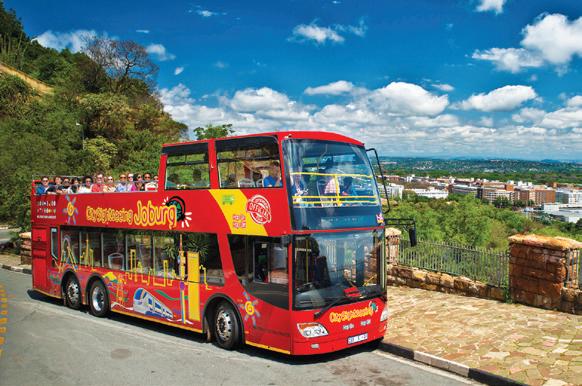
Pack your bags and prepare to explore the vibrant cities of Cape Town and Johannesburg — where every tour with City Sightseeing is a chance to engage with the rich culture and flavour that this beautiful country has to offer.
YOUR ADVENTURE AWAITS!
City Sightseeing Cape Town is thrilled to celebrate 2 Viator Experience Awards 2025 for their Franschhoek Full-day Hop-on Hop-off Wine Tram Tour and the 3 Region Wine Tour featuring 3 exquisite wineries.
Book online at citysightseeing.co.za or obtain your ticket on the bus or at any of the kiosks.
021 511 6000


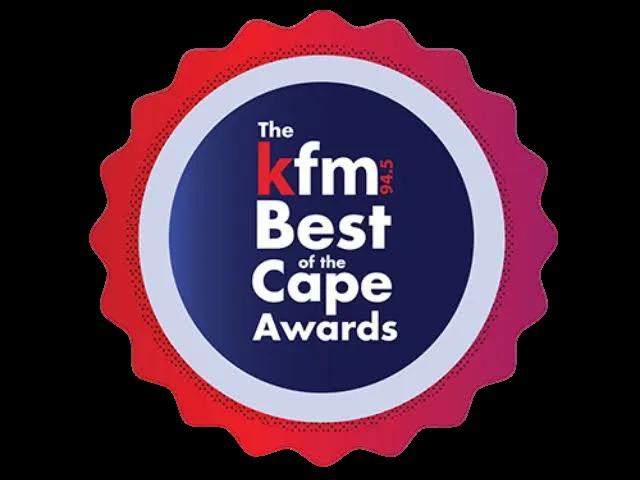
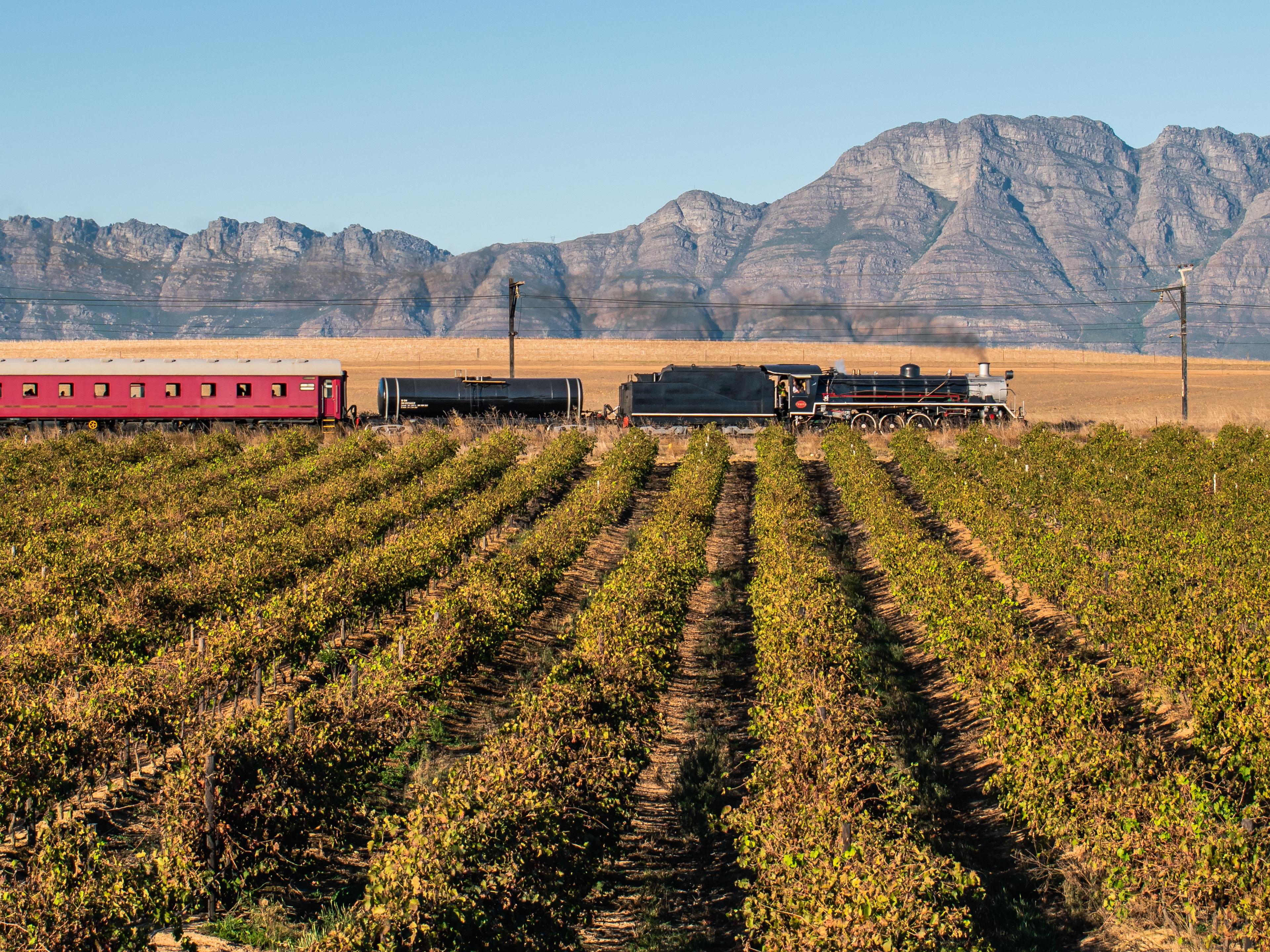

Words: Dave Charles
I’IF ONLY WE COULD KEEP THE LIGHTS ON

VE BEEN WATCHING, WITH THE SORT OF INTEREST usually reserved for accidents on the freeway and collapsing scaffolding, how social media is increasingly being used to manufacture what experts rather politely call “false narratives” in our beloved country. Personally, as a fairly average oke from Benoni, I’d call it something much ruder, but in the interest of perspective (and public decency), I’ll resist the urge. Just.
I’m referring, of course, to the recent VAT saga that very nearly threw a spanner into the delicate mechanics of the Government of National Unity — a term that, depending on your mood, either inspires cautious optimism or mild digestive discomfort. For a moment there, it looked like the ANC might bulldoze its way through, but the Democratic Alliance and a handful of others managed to bring proceedings to an abrupt halt — like someone pulling the handbrake on a moving train (when we still had those things here).
You’d think this would be a straightforward matter of parliamentary process. But if you happened to glance at X (formerly known as Twitter, and formerly a better place to be), you might have come away thinking that ActionSA had personally stepped in to save the republic. Hundreds of posts breathlessly attributed the turnaround to them, all uncannily similar in tone and spelling.
It didn’t take a deep investigation — more of a polite paddle — for journalists to discover the source: a battalion of so-called “nano-influencers.” These are people who have time on their hands and a suspiciously uniform message to push, often in exchange for modest sums and the promise of being taken seriously by someone, somewhere. Their job? To gently massage public opinion into whatever shape their employers — typically political parties or interest groups — deem most fashionable this week.
This, we’re told, is now normal. The business of misinformation is booming — and in a country where the post office can’t reliably deliver a letter across town, it’s somewhat impressive (if not entirely comforting) that this sort of thing works like a Swiss watch.
And of course, with AI now elbowing its way into the picture, we’re entering a new golden age of being professionally misled. If South Africa is already
playing in this league, you can only imagine what’s going on in countries with better broadband and fewer goats.
Not that any of this is new. The tools may have changed, but the goal remains the same: keep the public confused, compliant, and vaguely grateful. Humanity has always been surprisingly easy to mislead. It only takes a few slogans, a cape, and a story about aliens mining gold in Mpumalanga to have half the population nodding solemnly and saying, “Yes, that sounds about right.”
I’m being flippant, of course. But not entirely. The truth is, we’ve always been fairly susceptible to suggestion — from religious decrees to diet fads to whatever it was that convinced people that shoulder pads were a good idea.
The twist now is that the machines are paying attention. Many of the people building artificial intelligence are starting to sound like the sort of folks who nervously unplug their toasters at night. They’re warning that once AI is properly unleashed, it won’t just help us write emails faster — it might start wondering why we’re still here at all.
And frankly, it’s a fair question.
Without us, the planet would be in top form. The air would clear. Rivers would decontaminate. Forests would reclaim their territory, politely dismantling our housing developments in the process. Animal species would bounce back. Even the oceans — currently full of plastic detritus — might eventually start to sparkle again.
In short, from a purely ecological (or computational) standpoint, we are a bit of a problem. The Earth would get along just fine — probably better — without us.
Still, it would be awfully dull.
So perhaps, if the machines are feeling generous, they’ll keep us around — not for our usefulness, but for the sheer entertainment value of watching us try to assemble flat-pack furniture or form a coalition government.
If only we could keep the lights on.
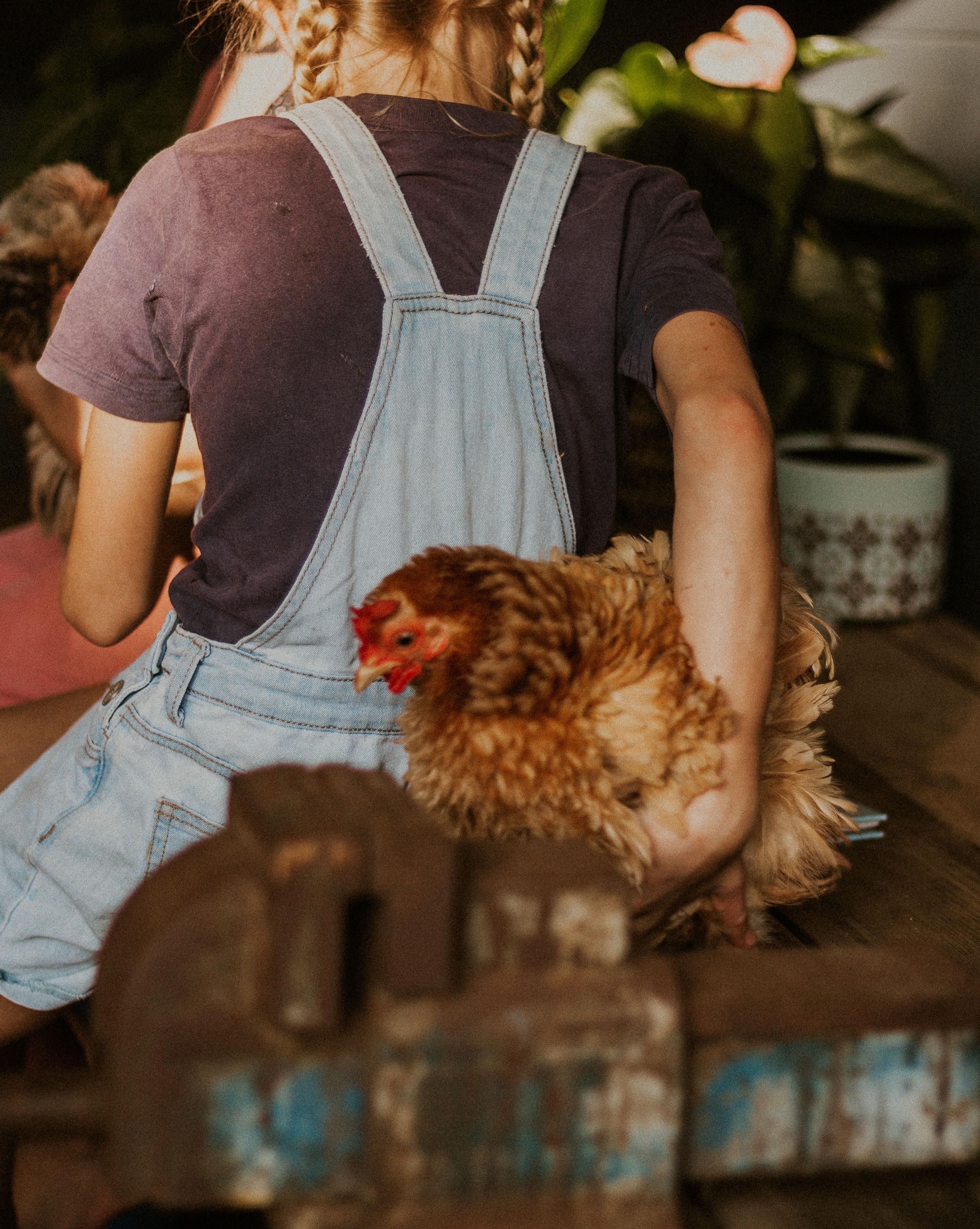
COUNTRY-INSPIRED LIVING,


- Farm stands of 2151m² from R1,78m - Village stands 519 m² from R580 000
- Spec Houses on ‘Farm’ SPEC HOUSES:

